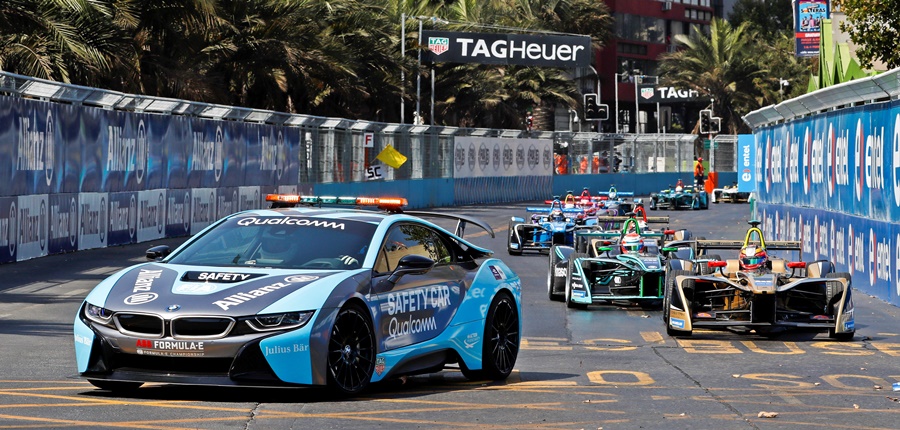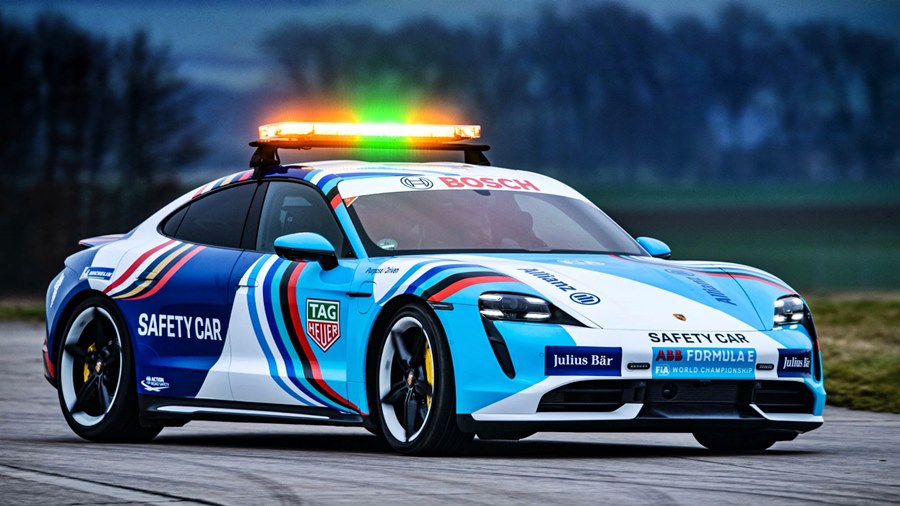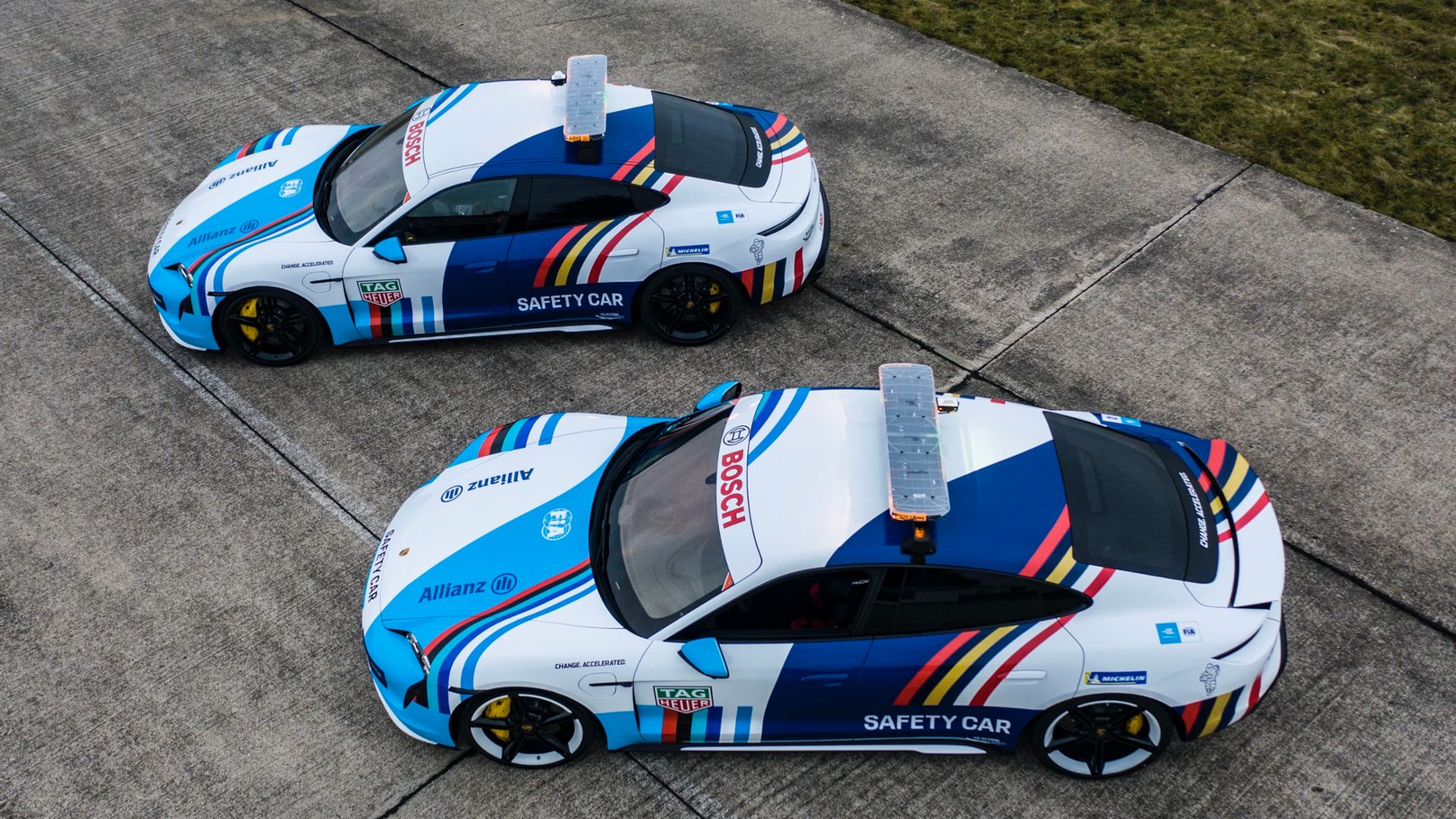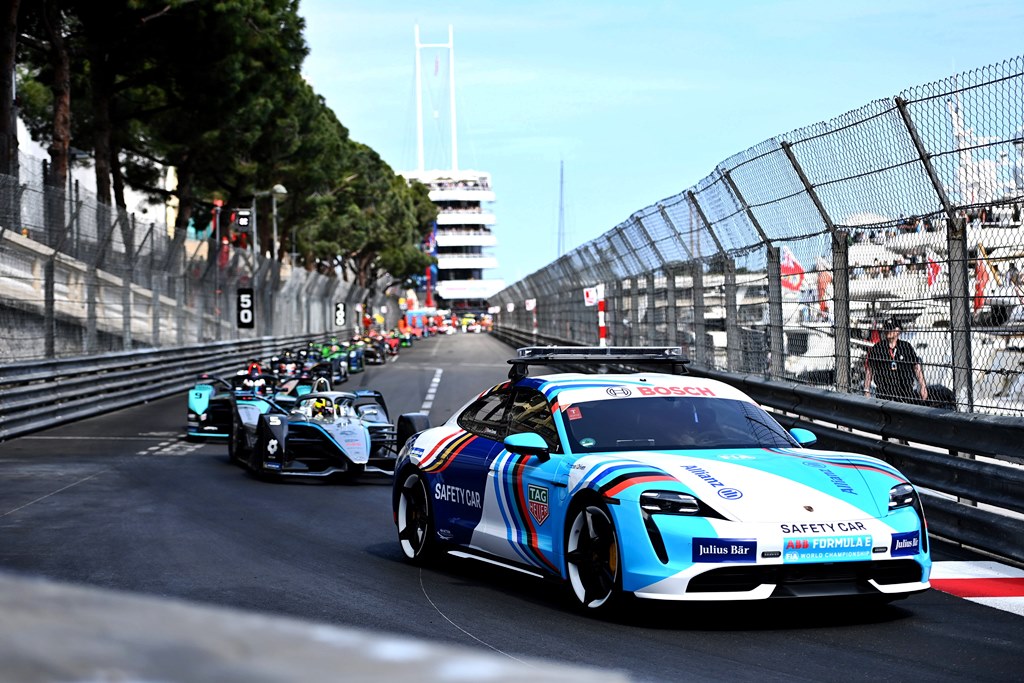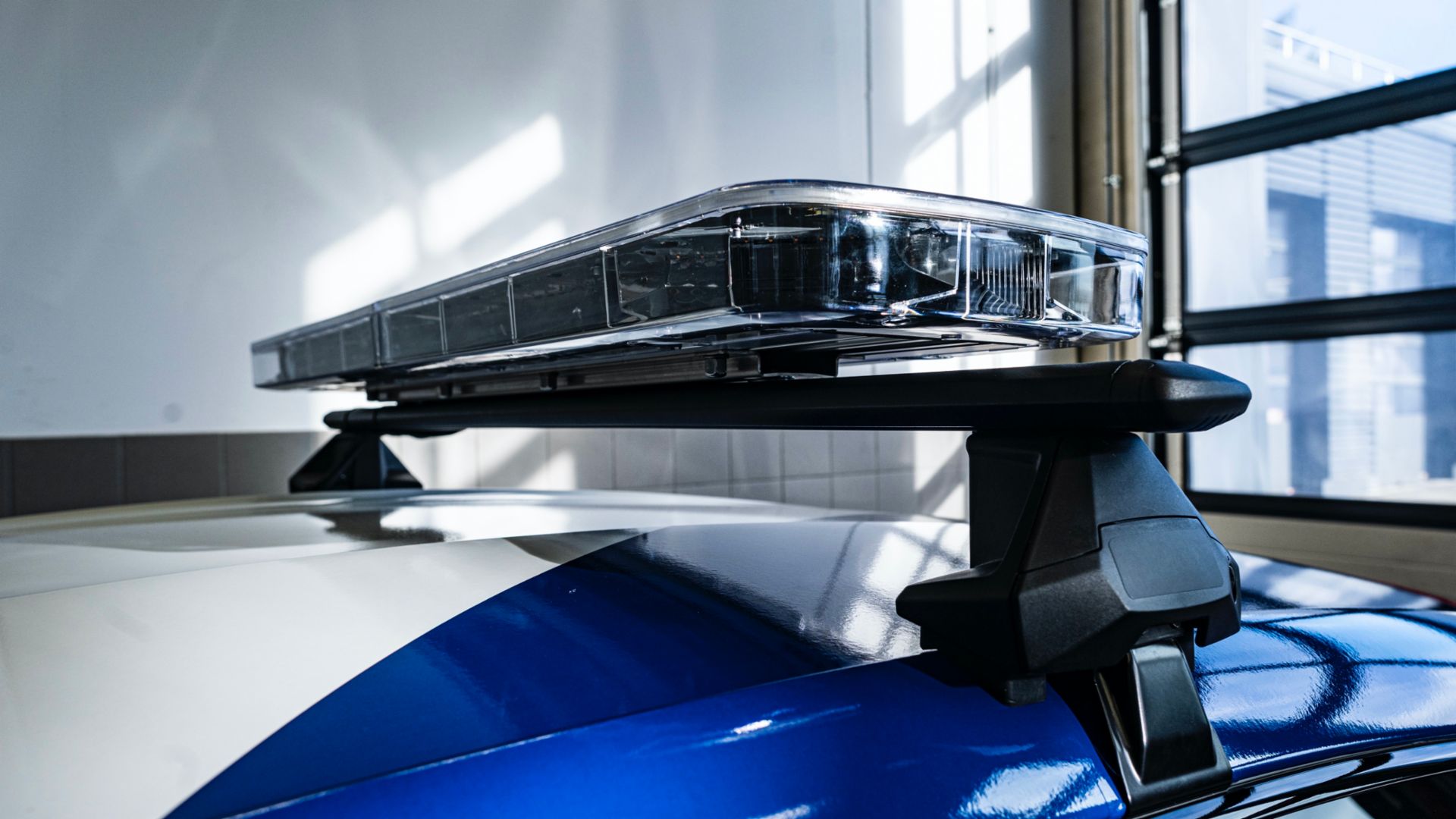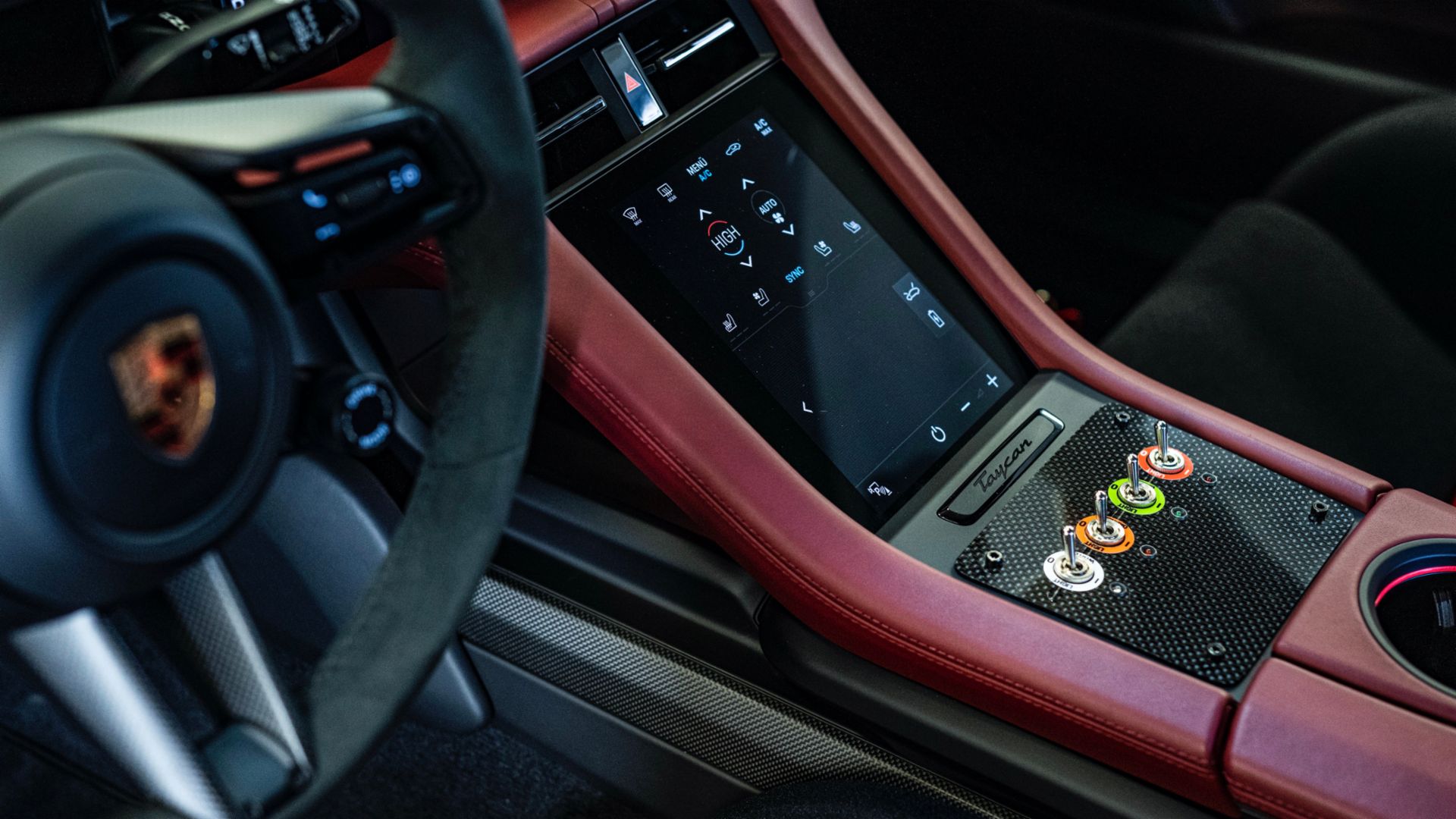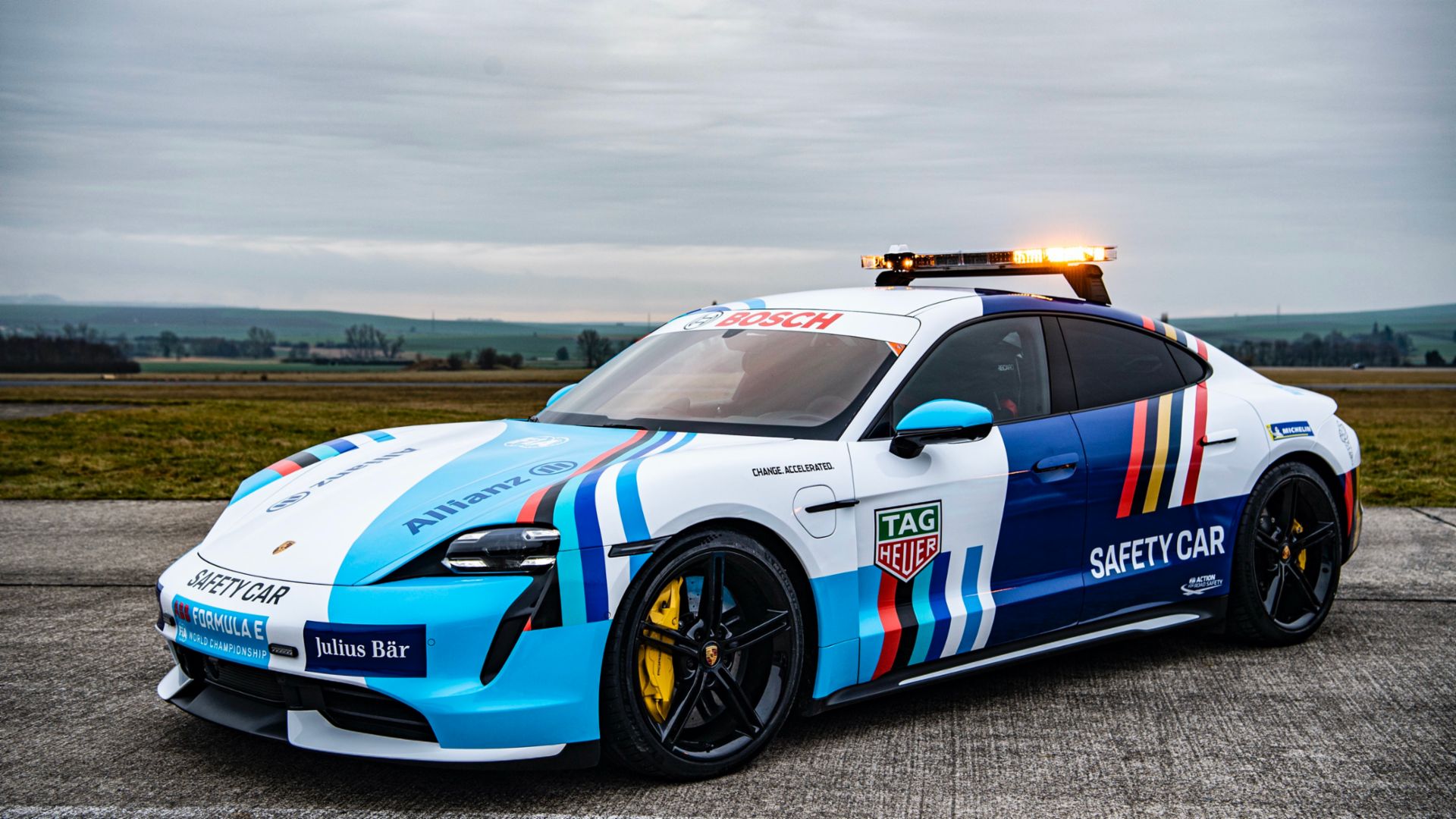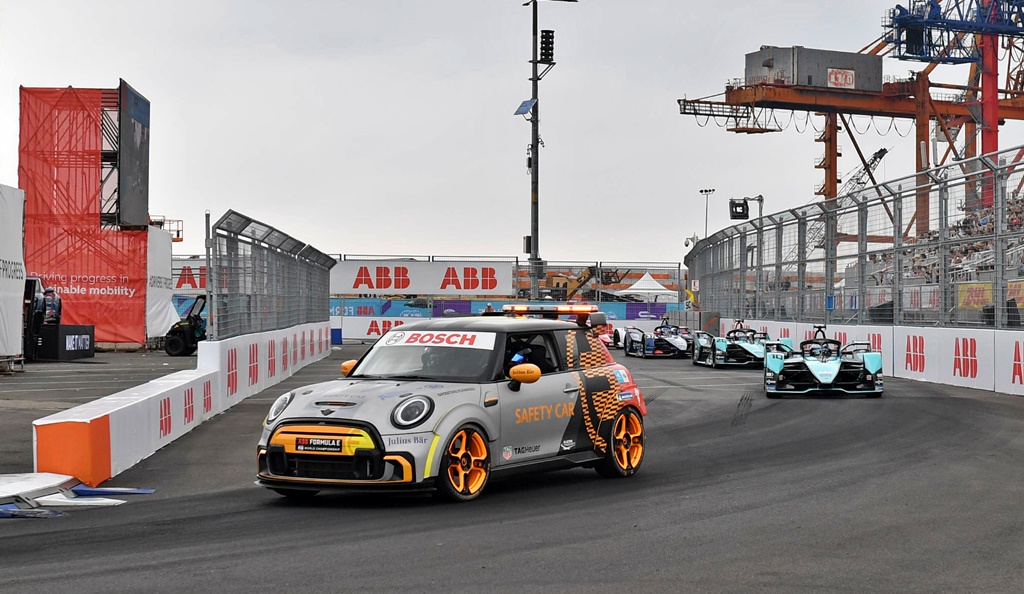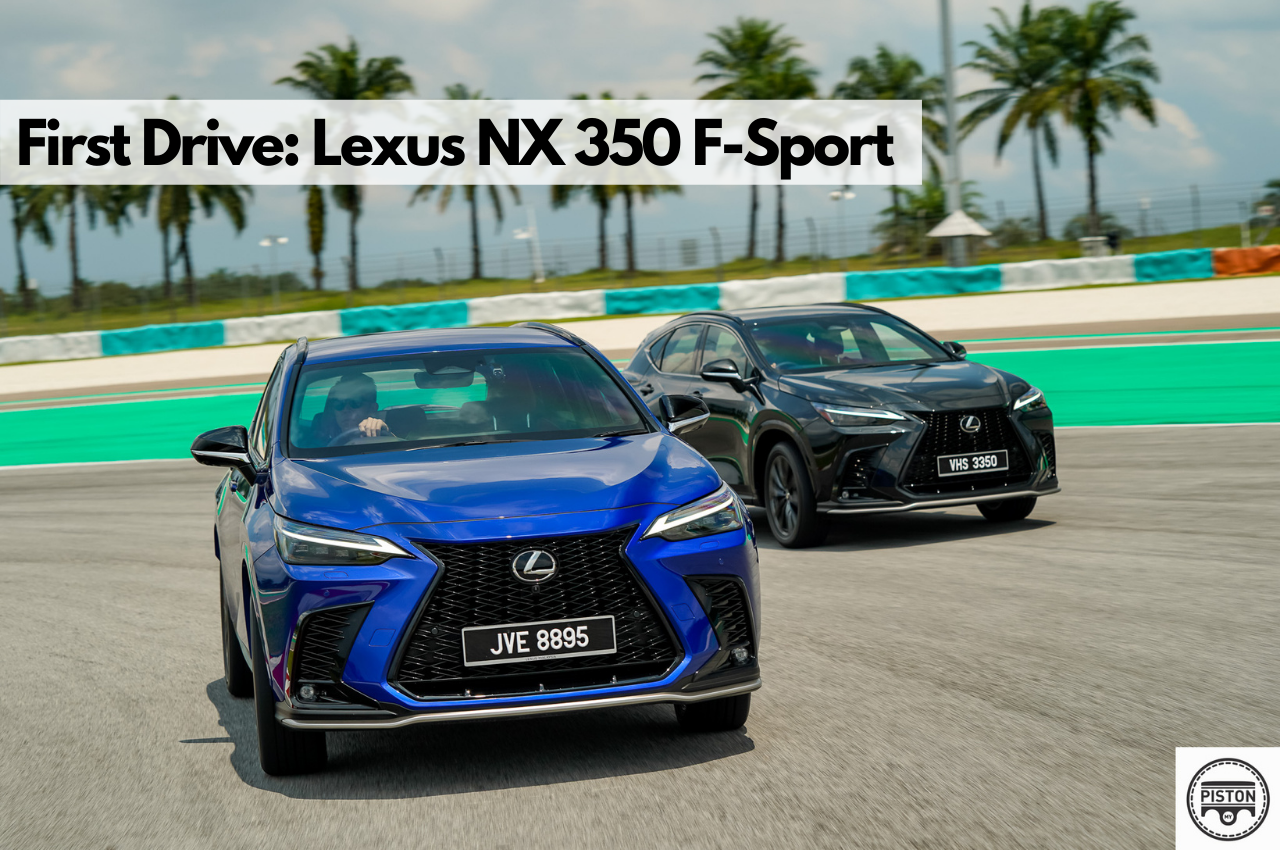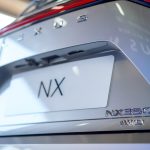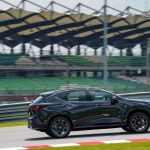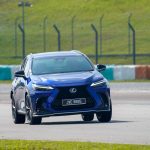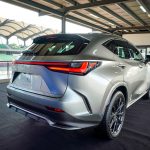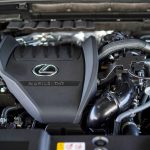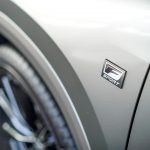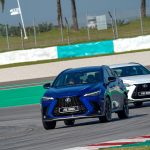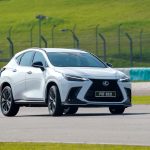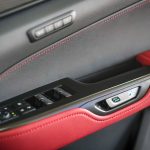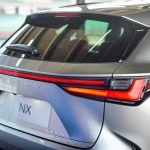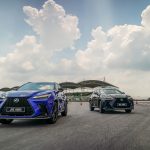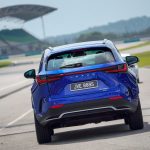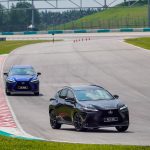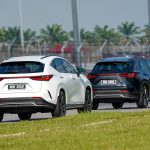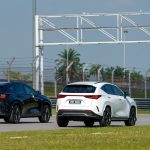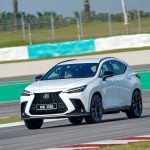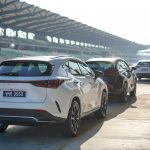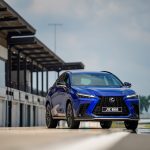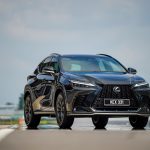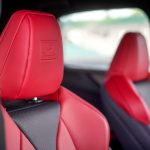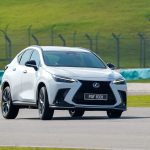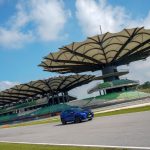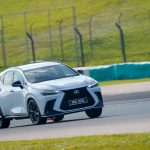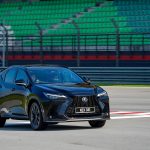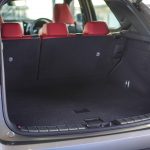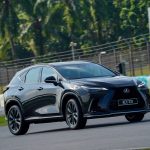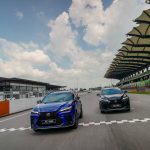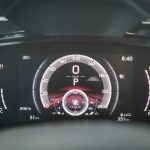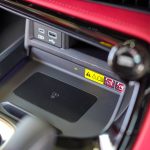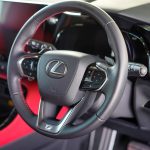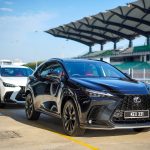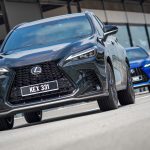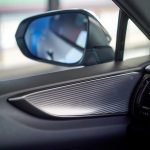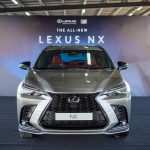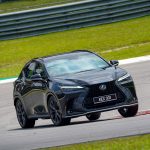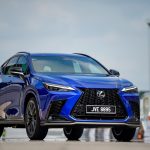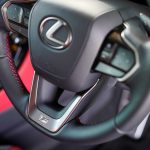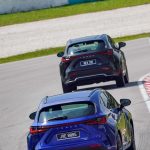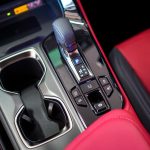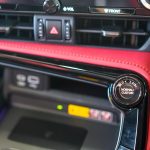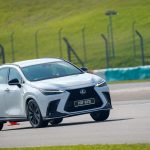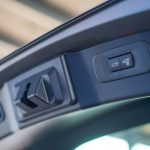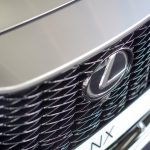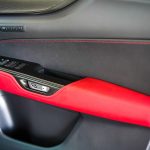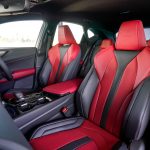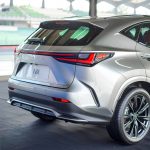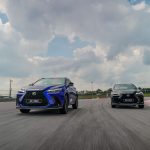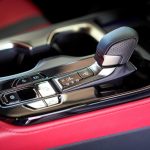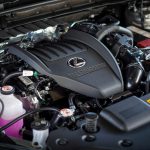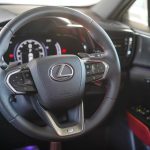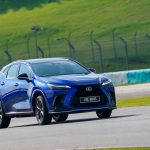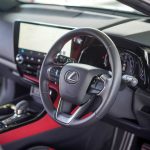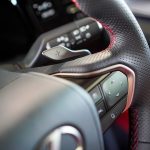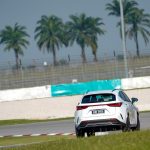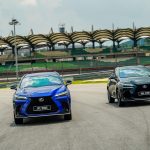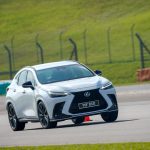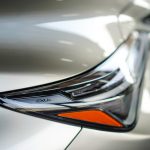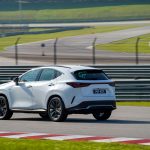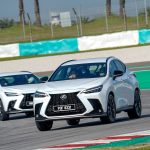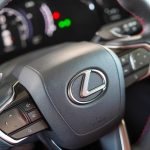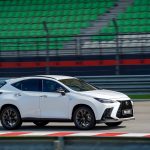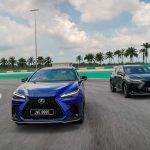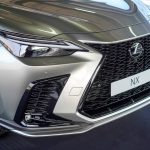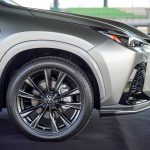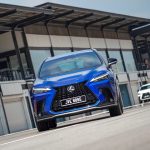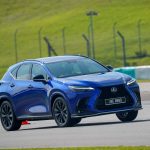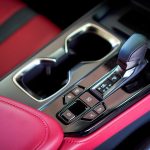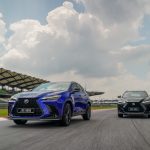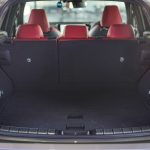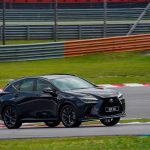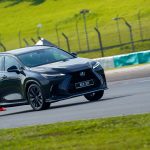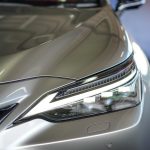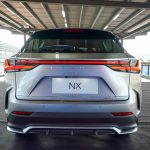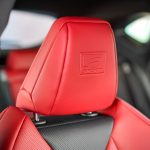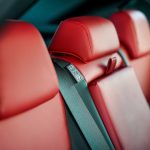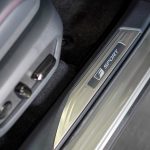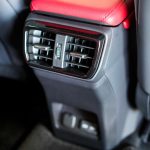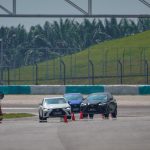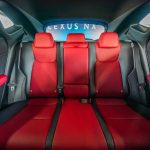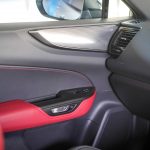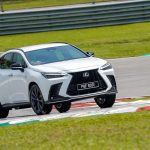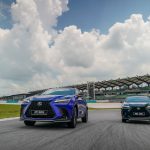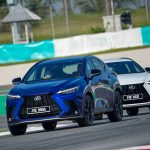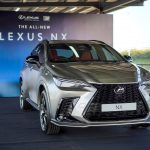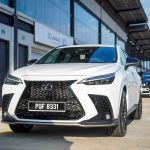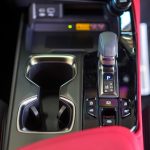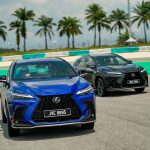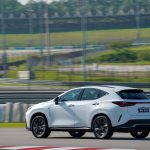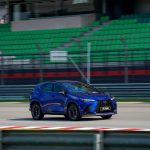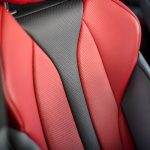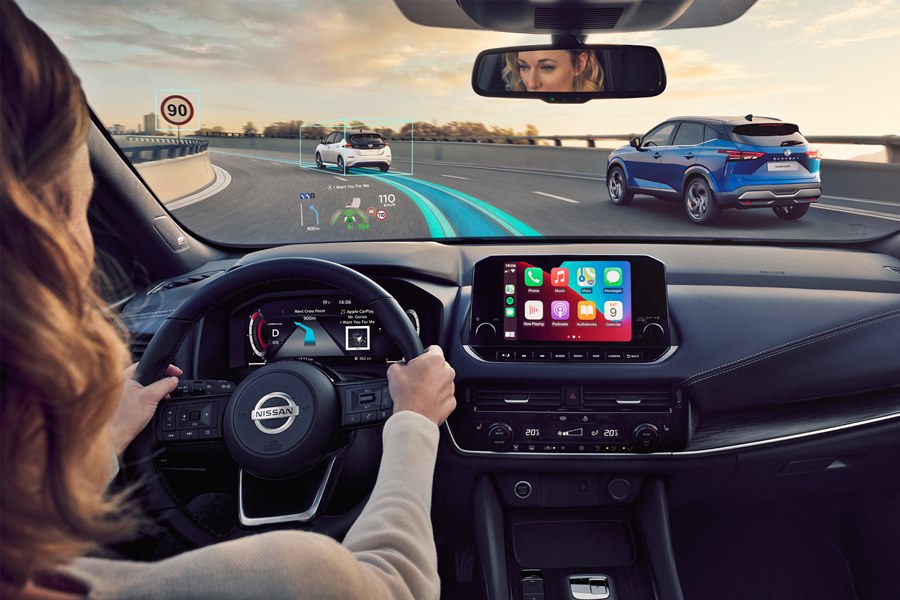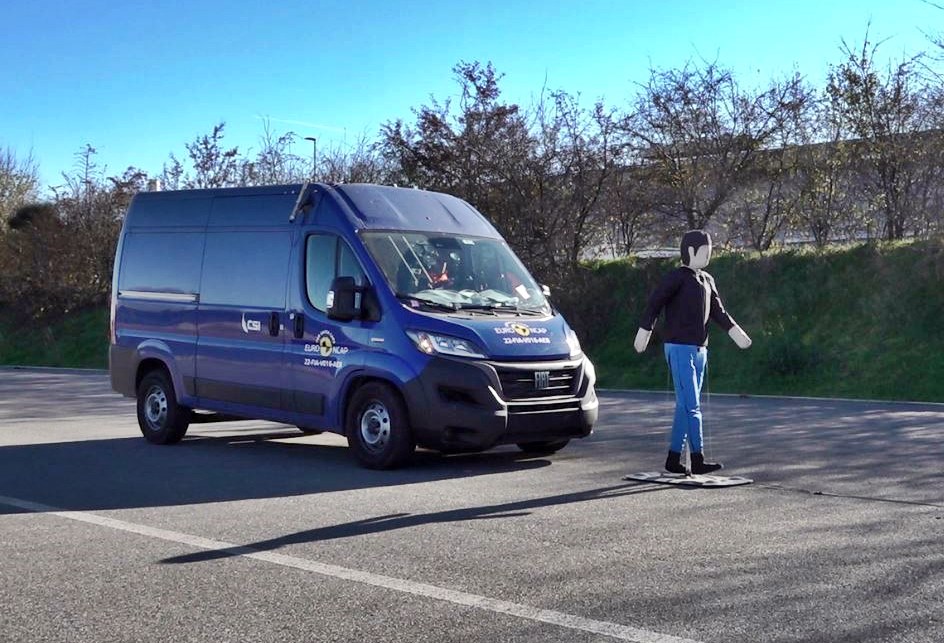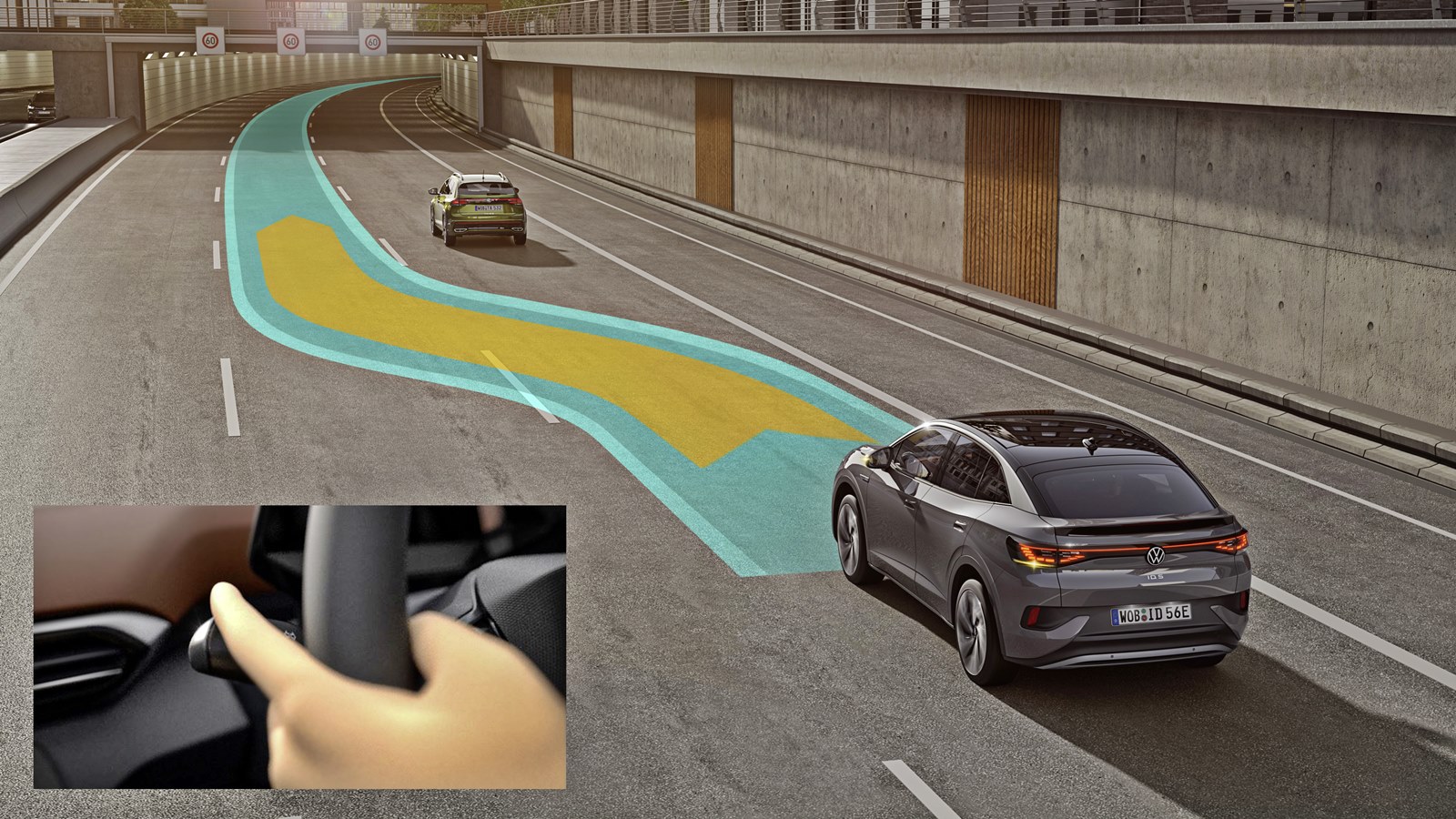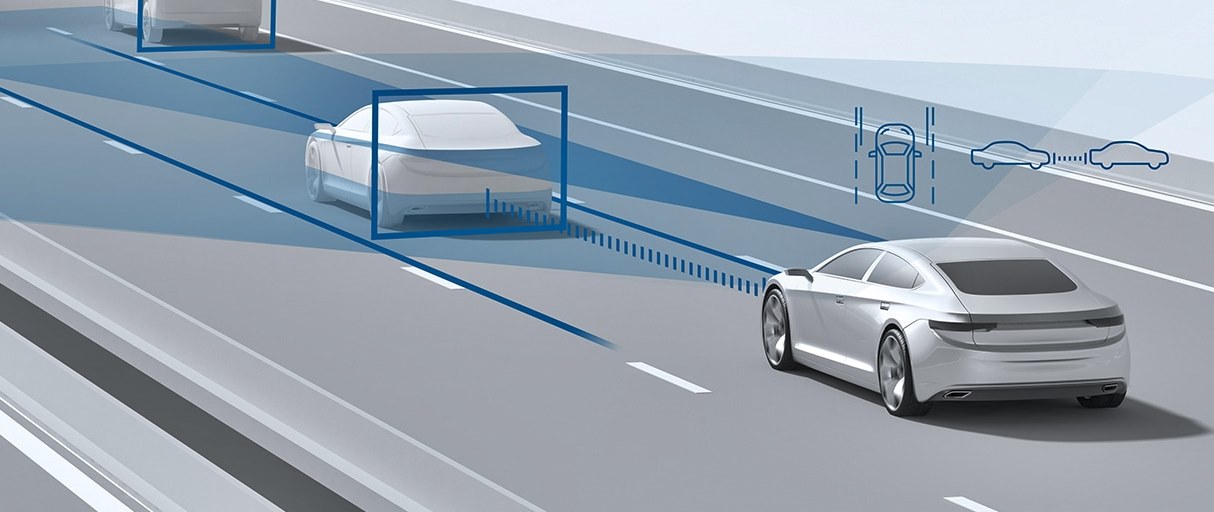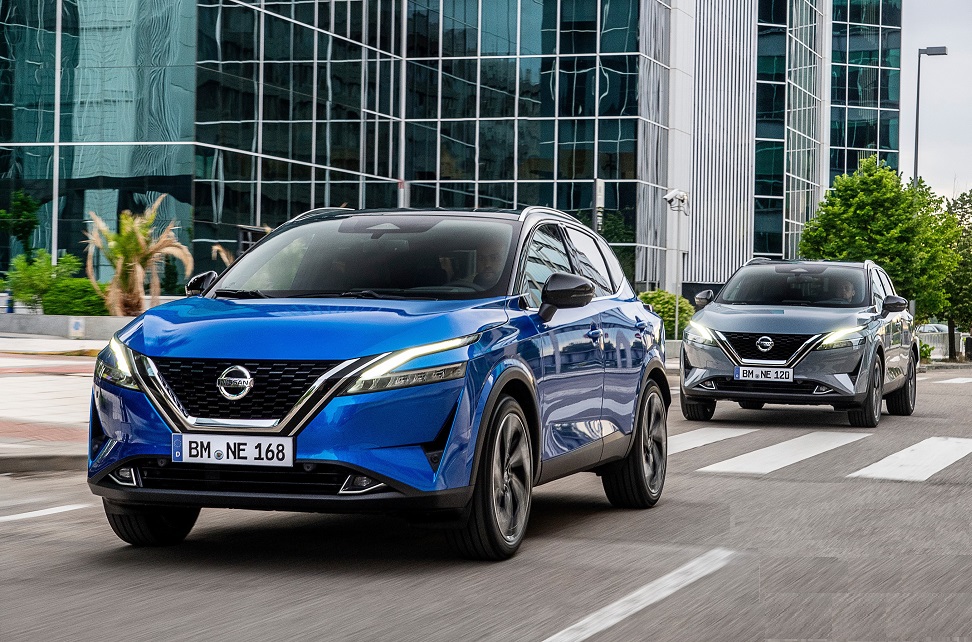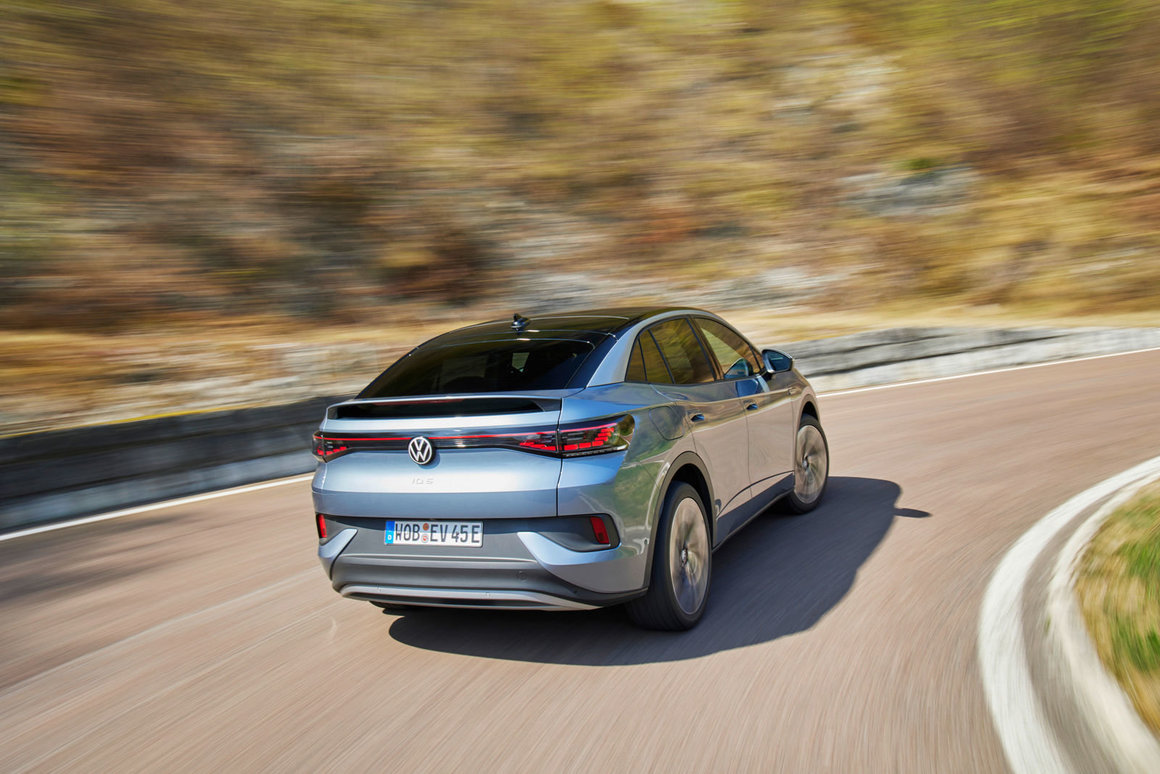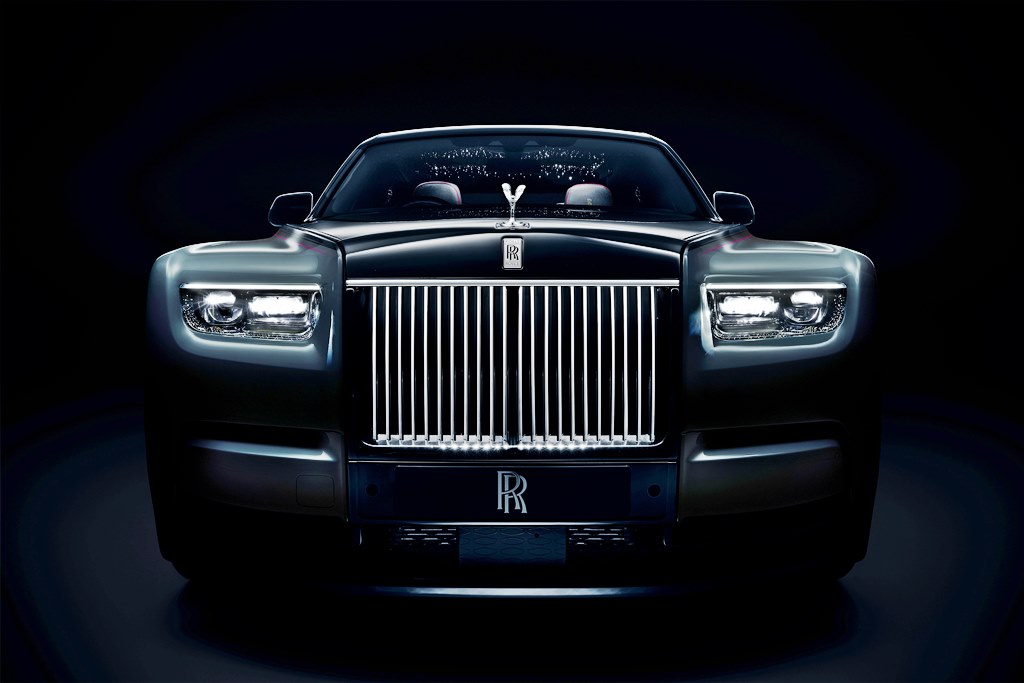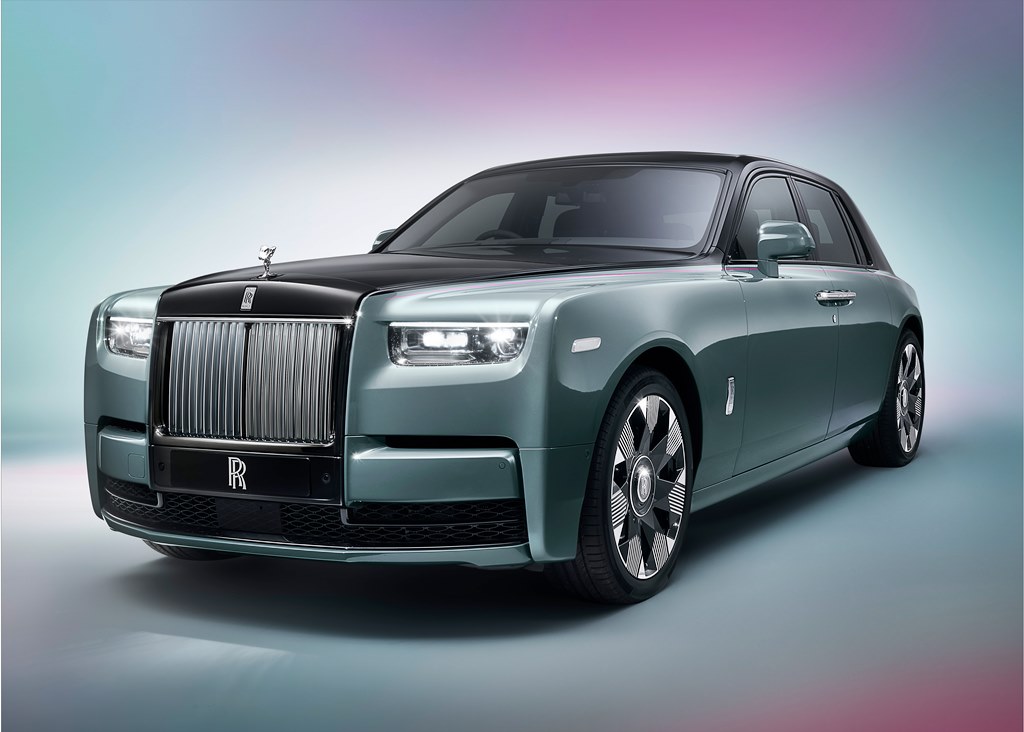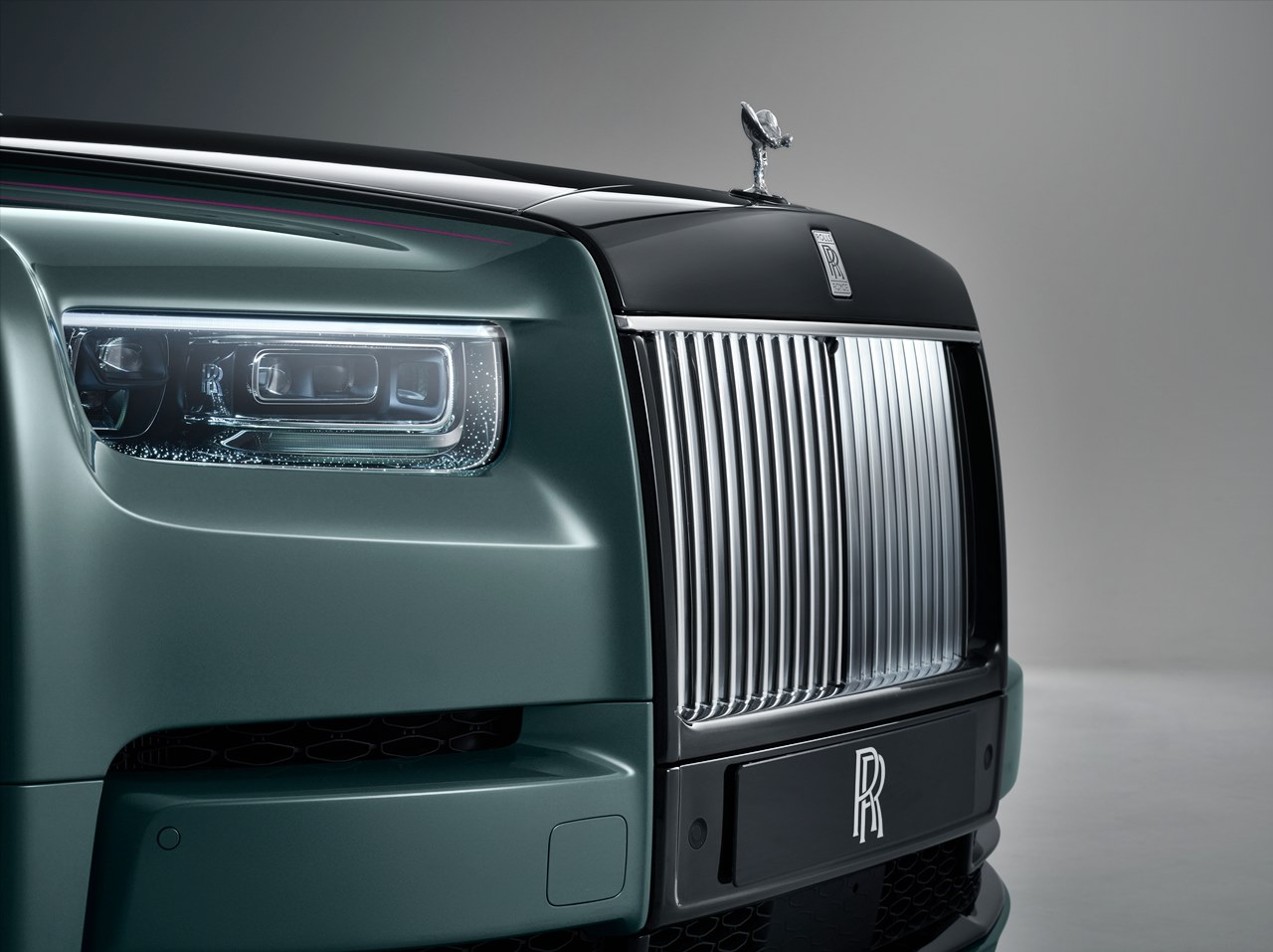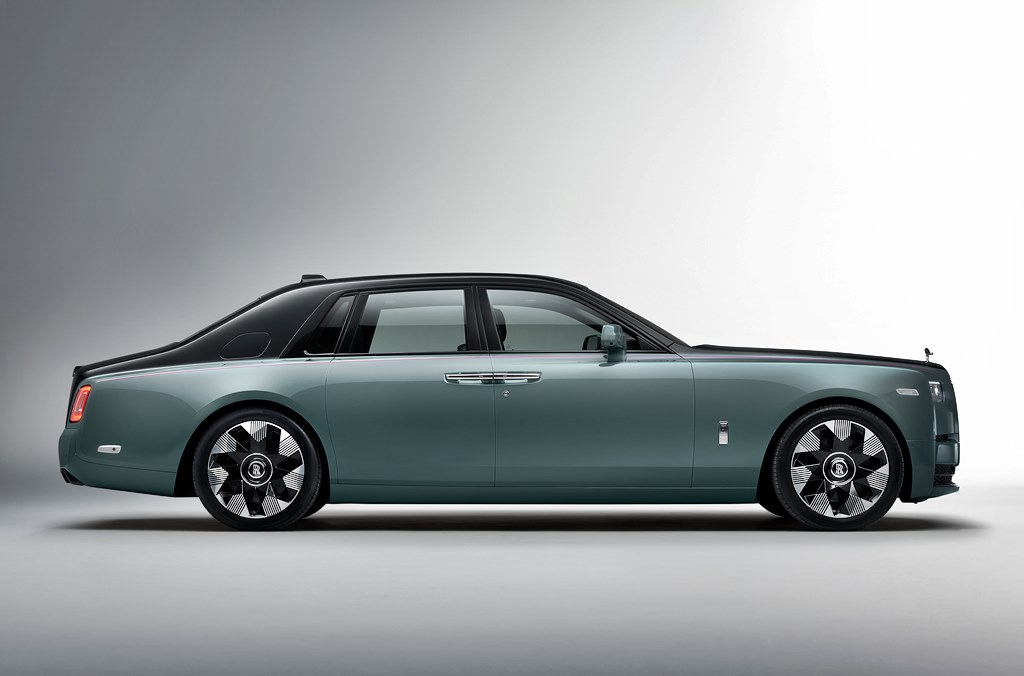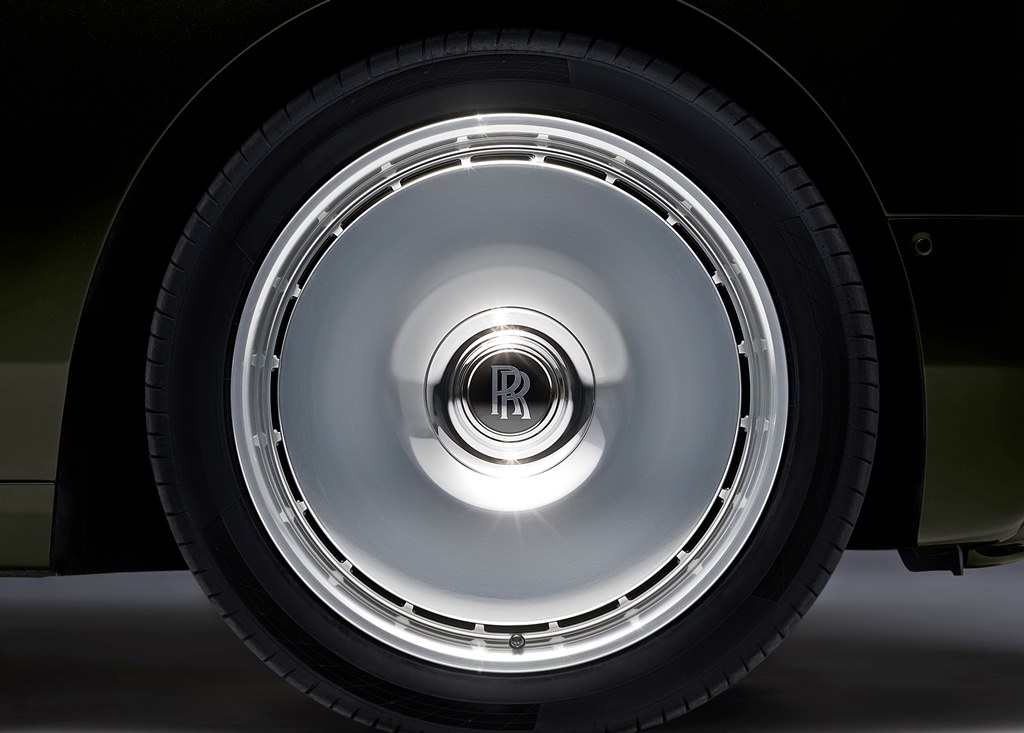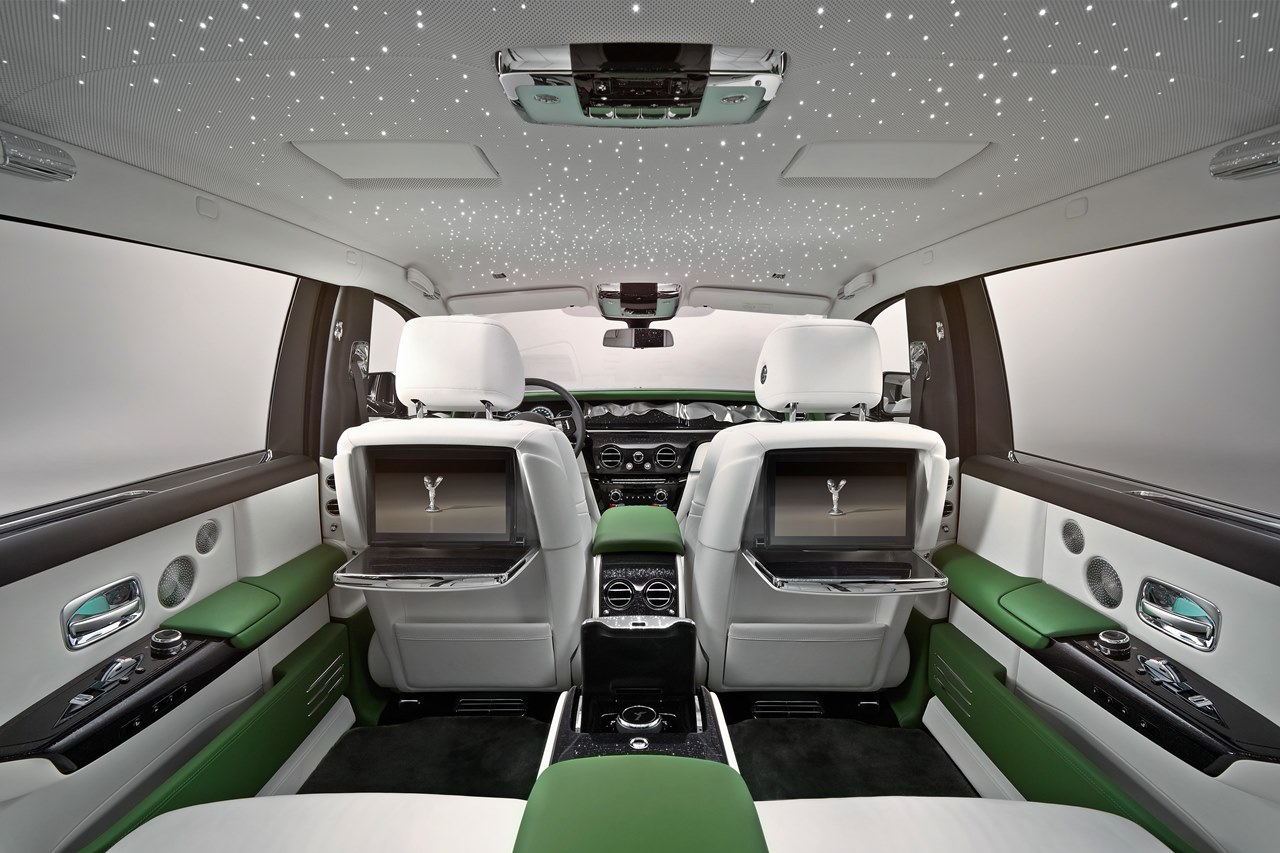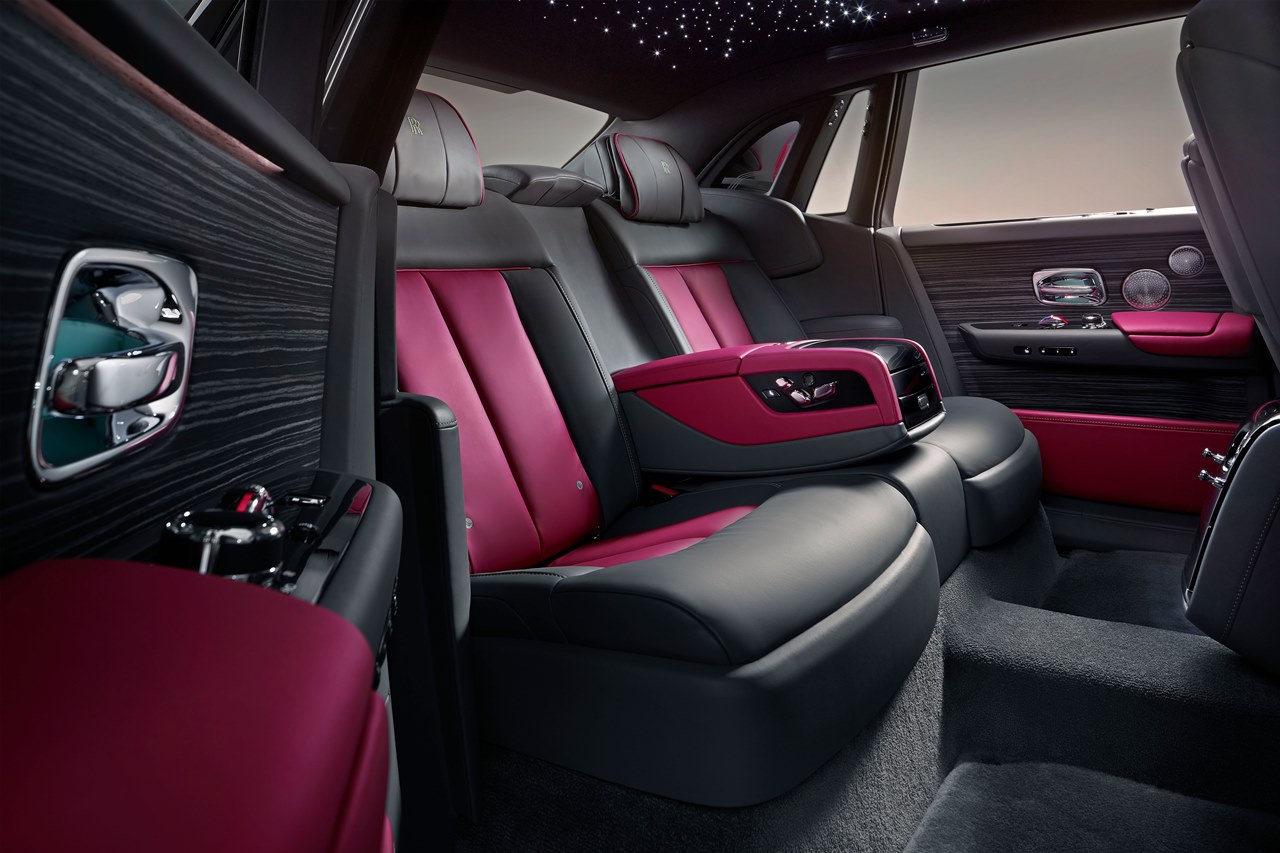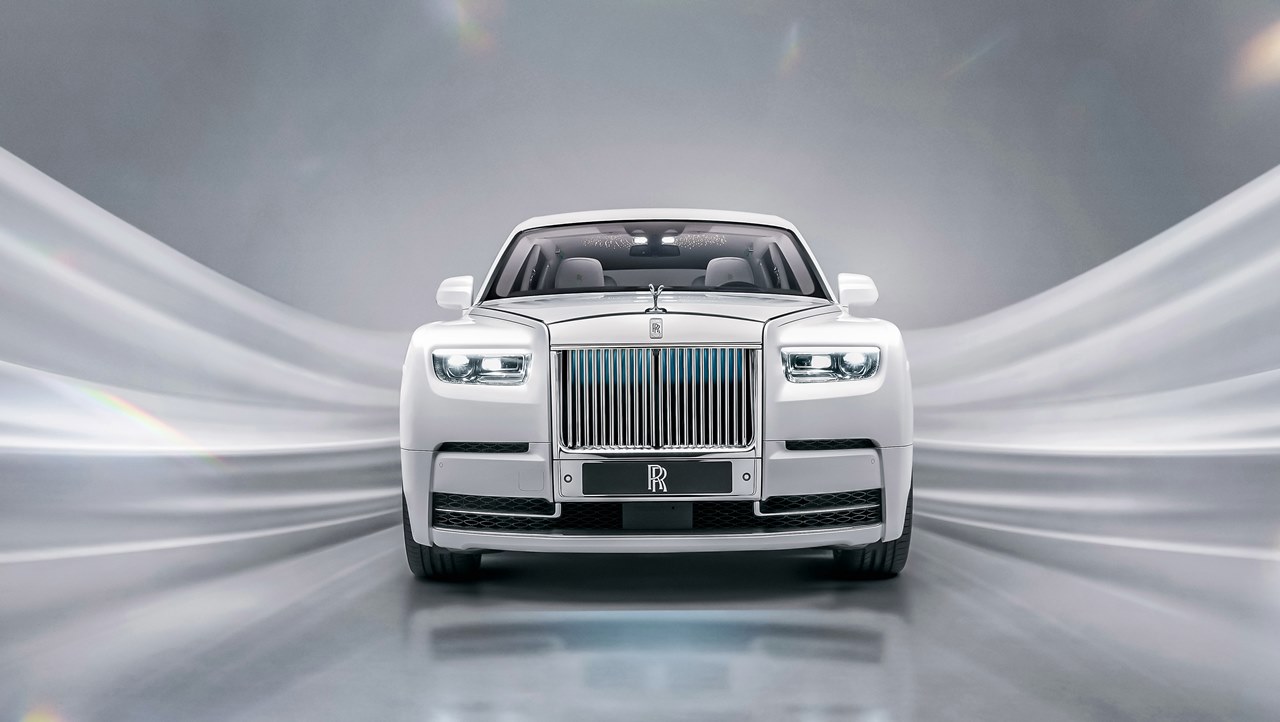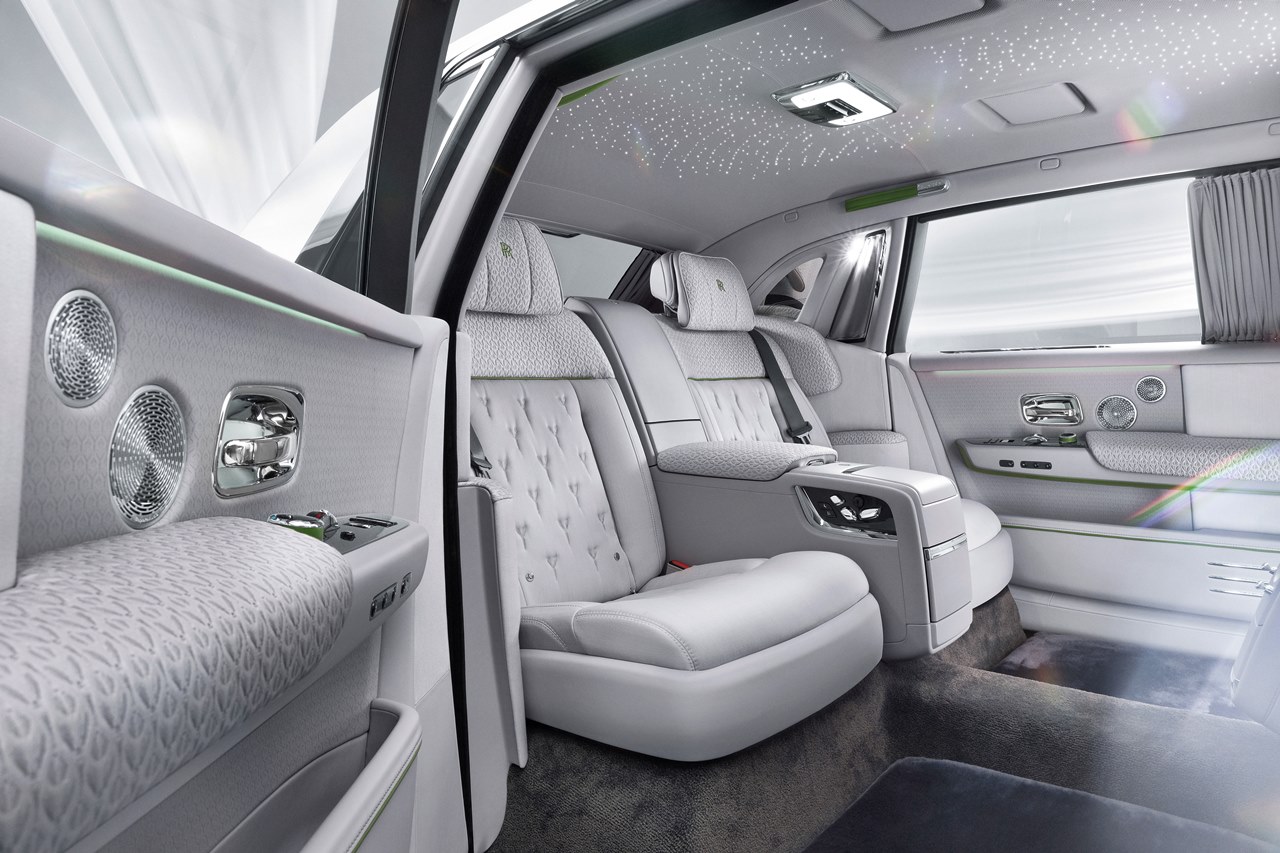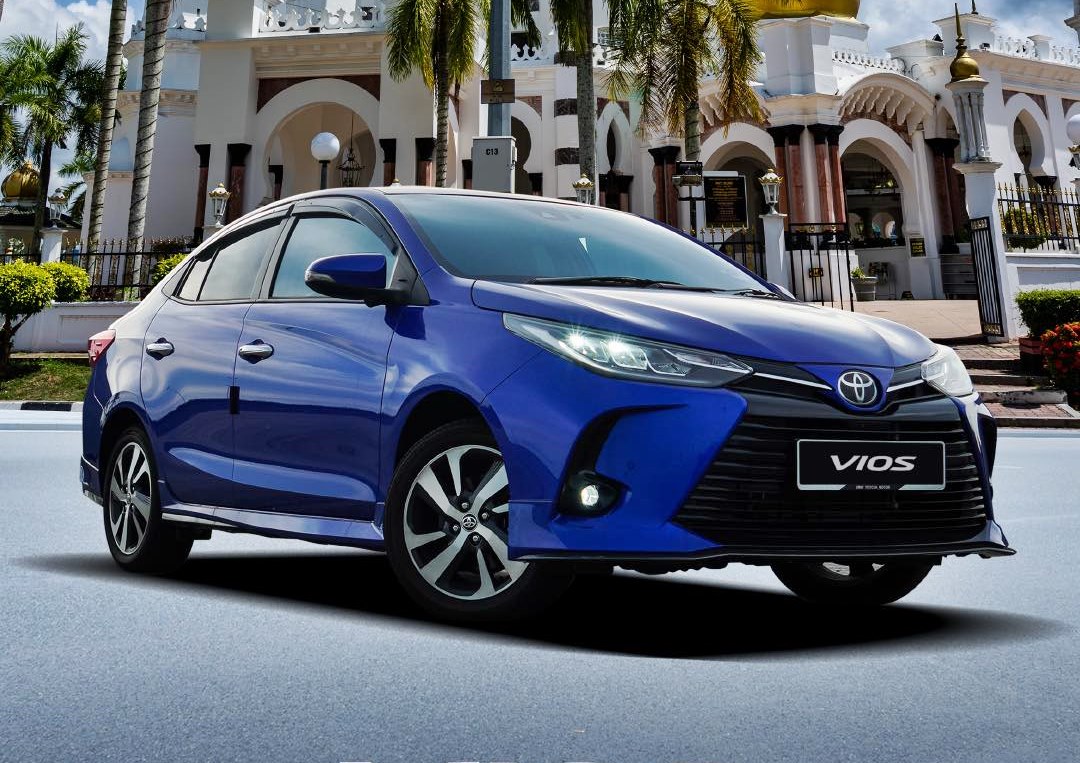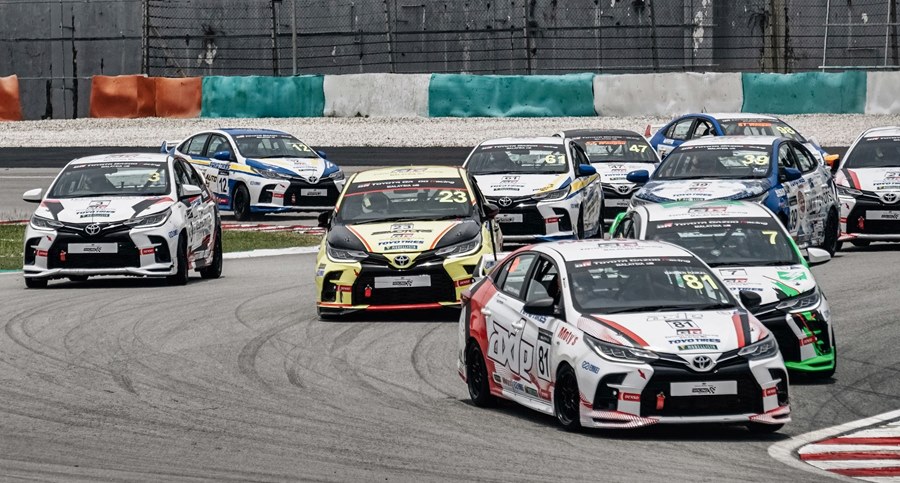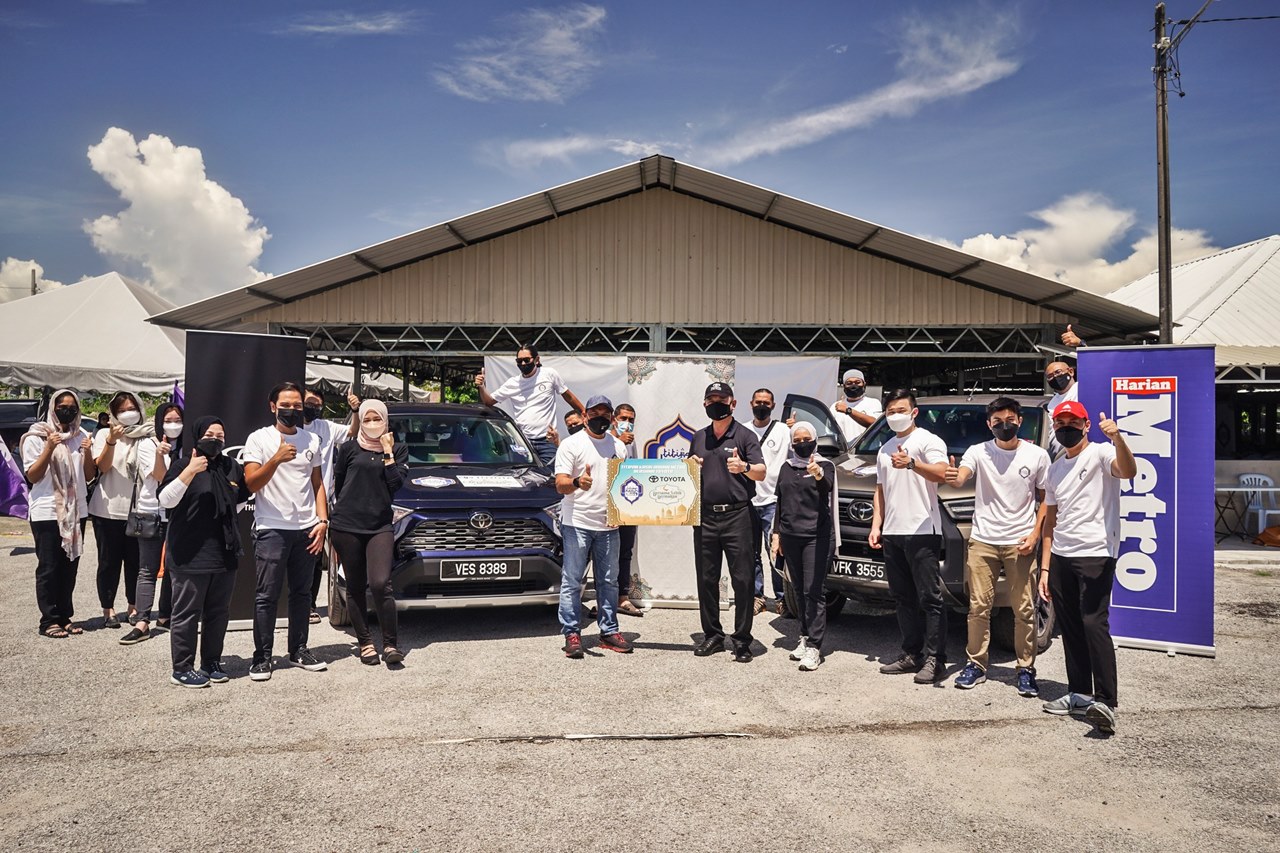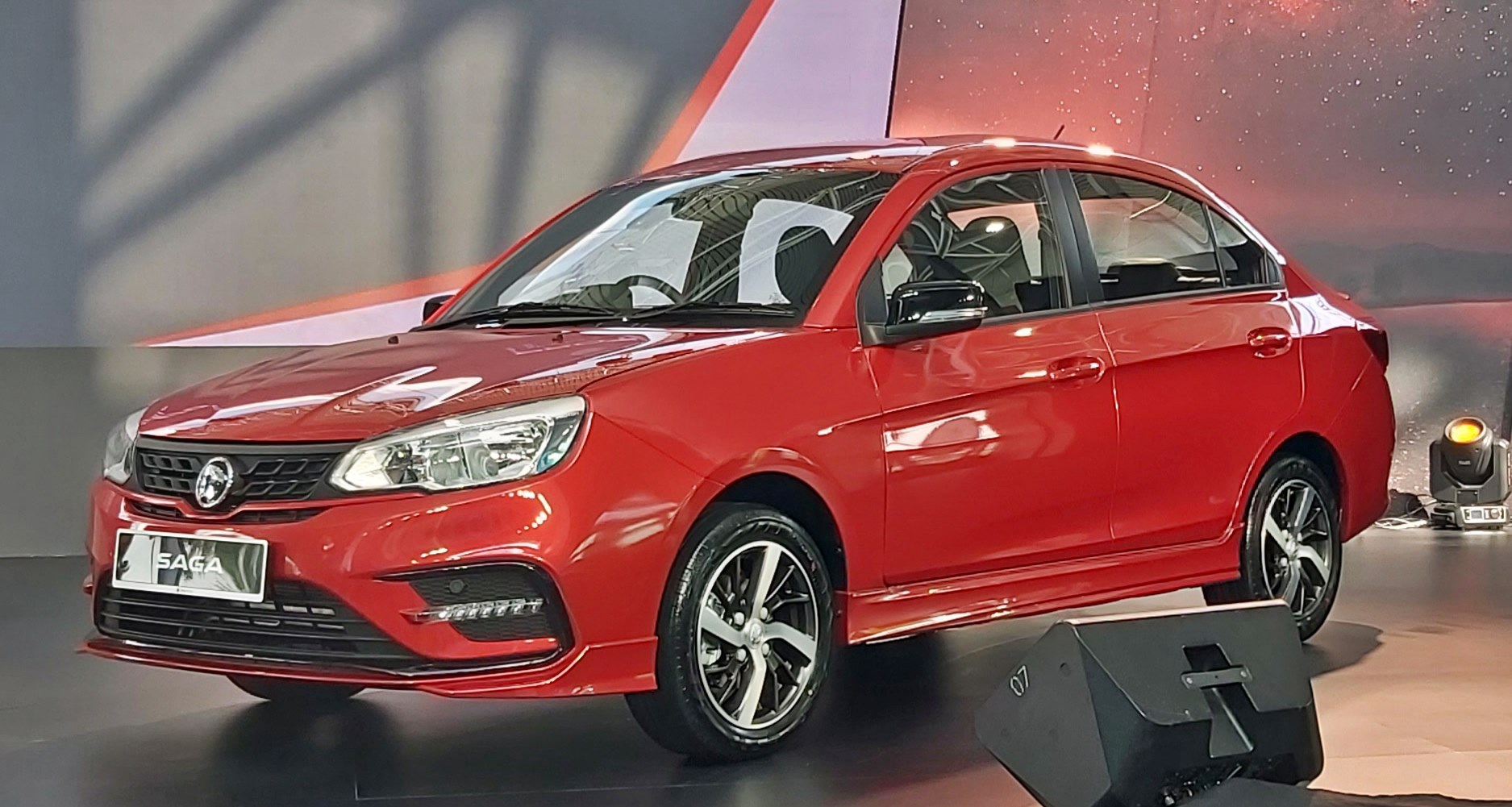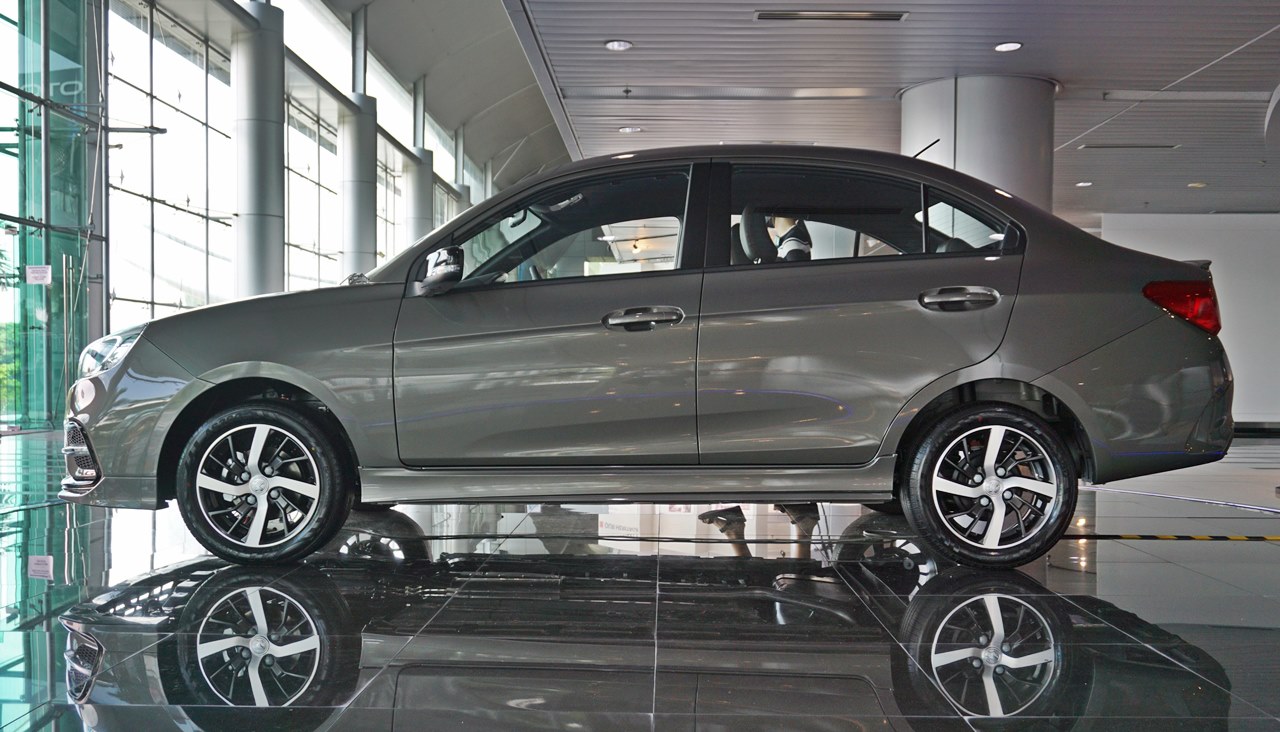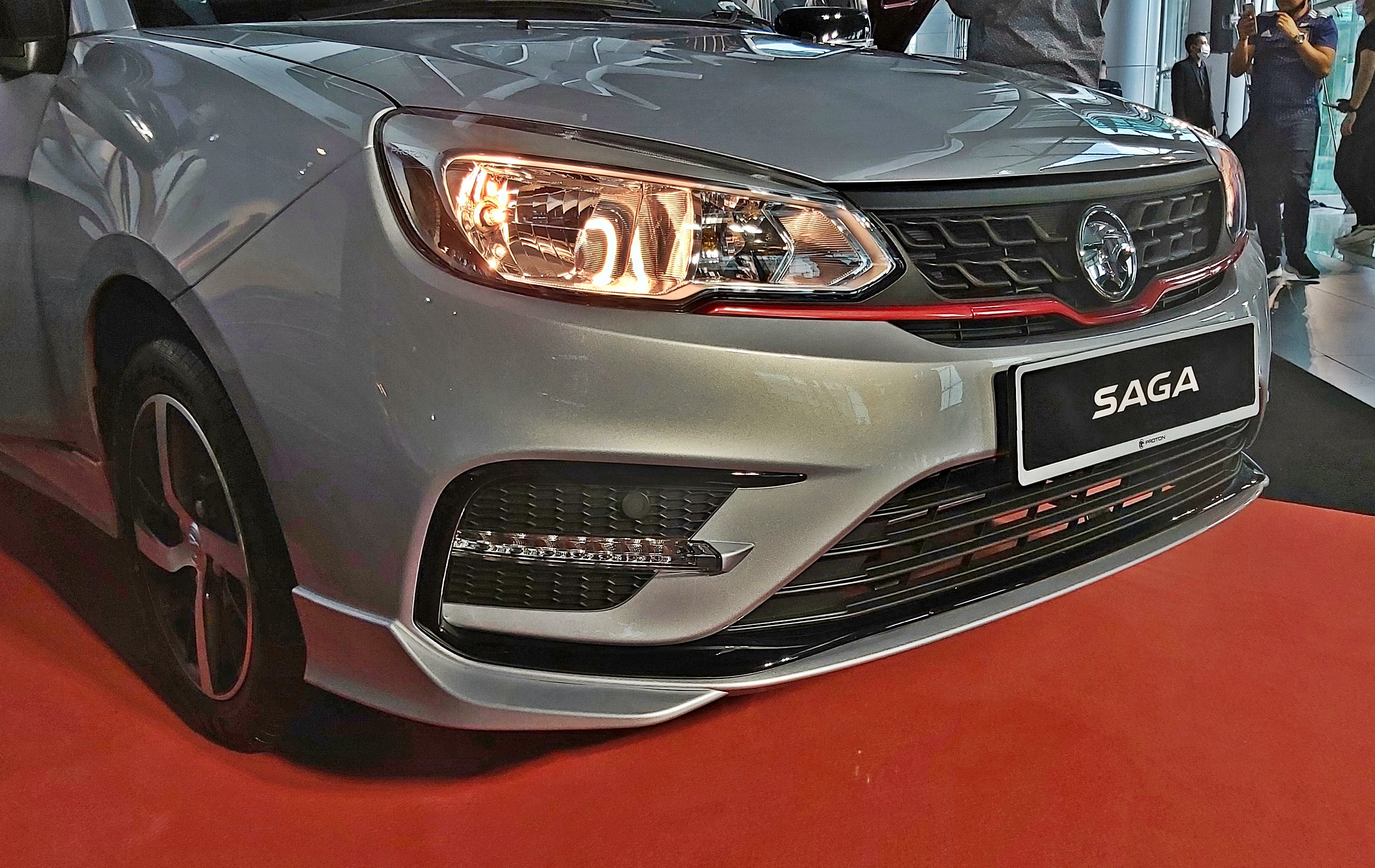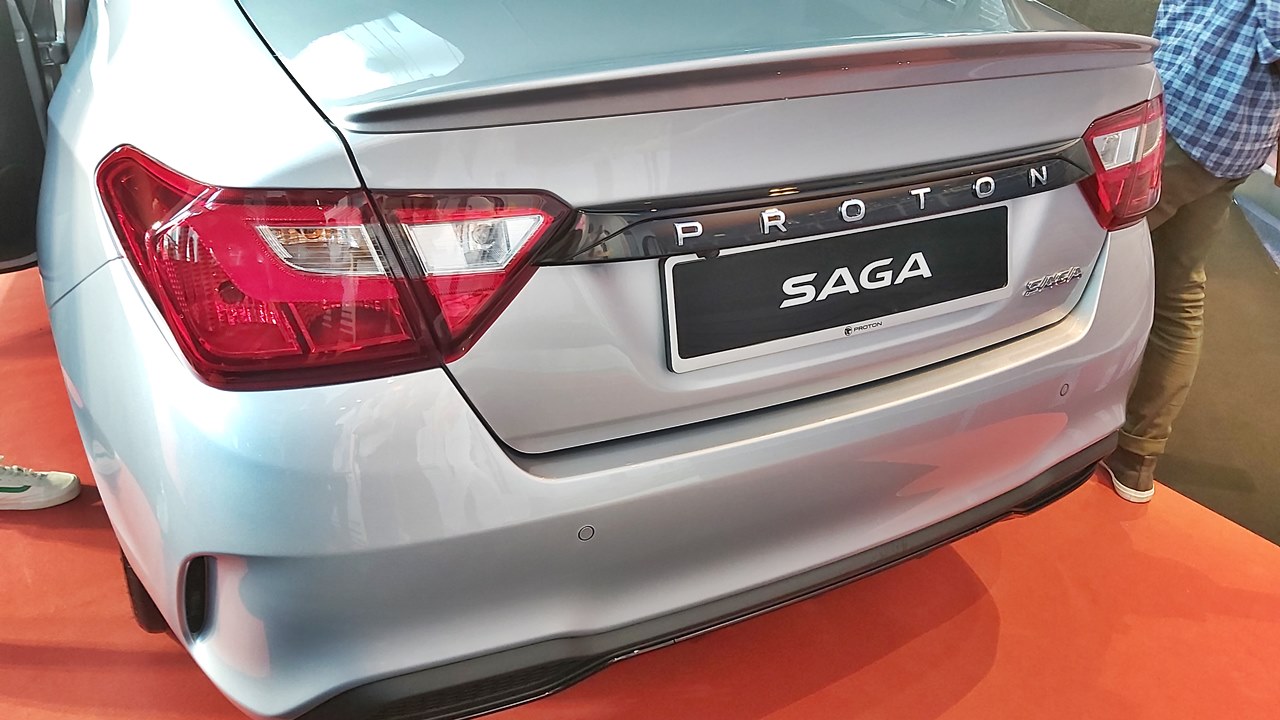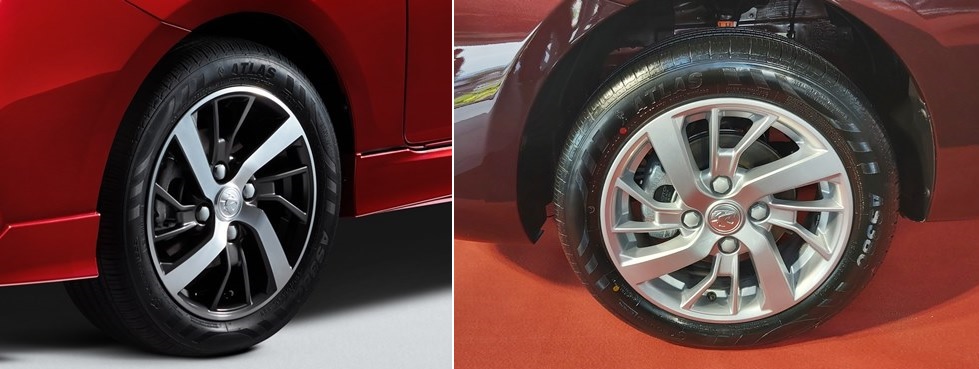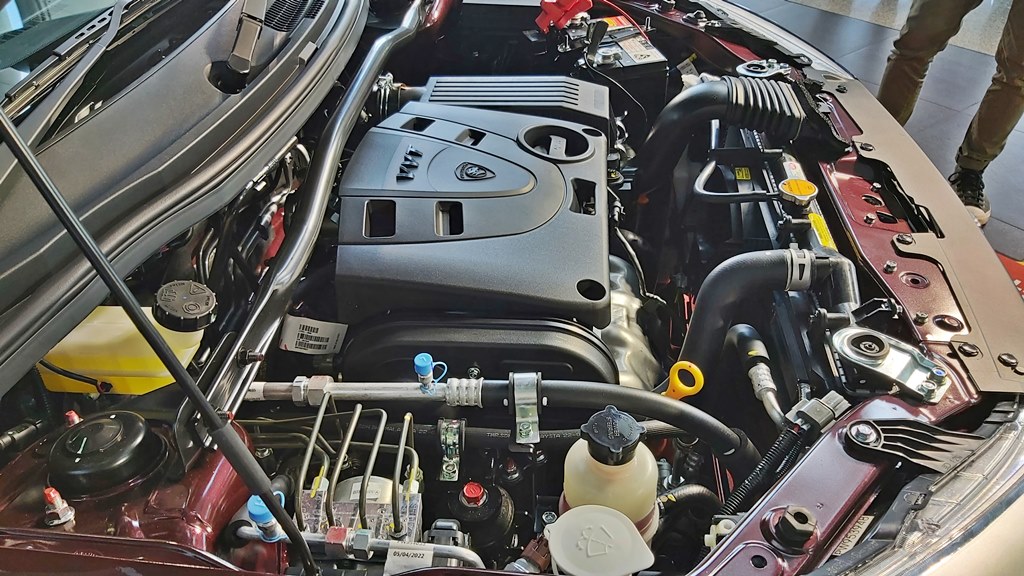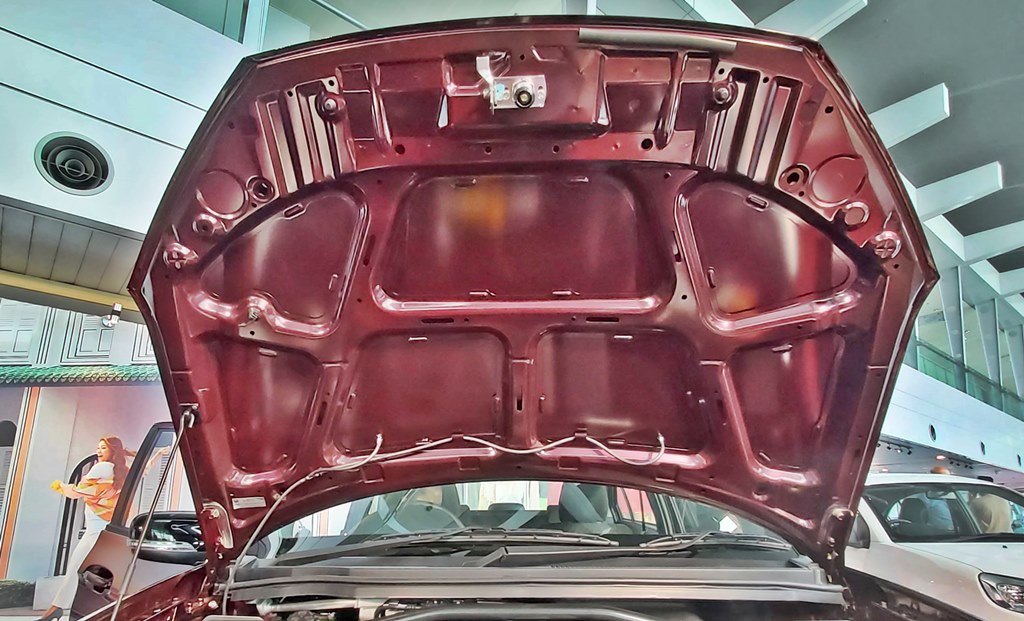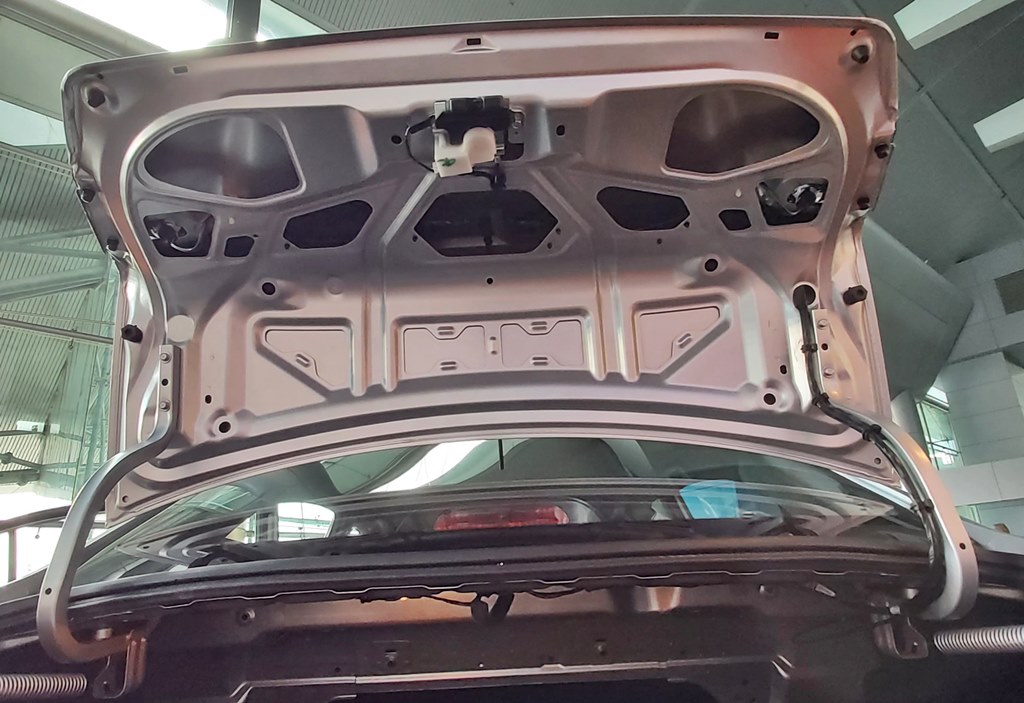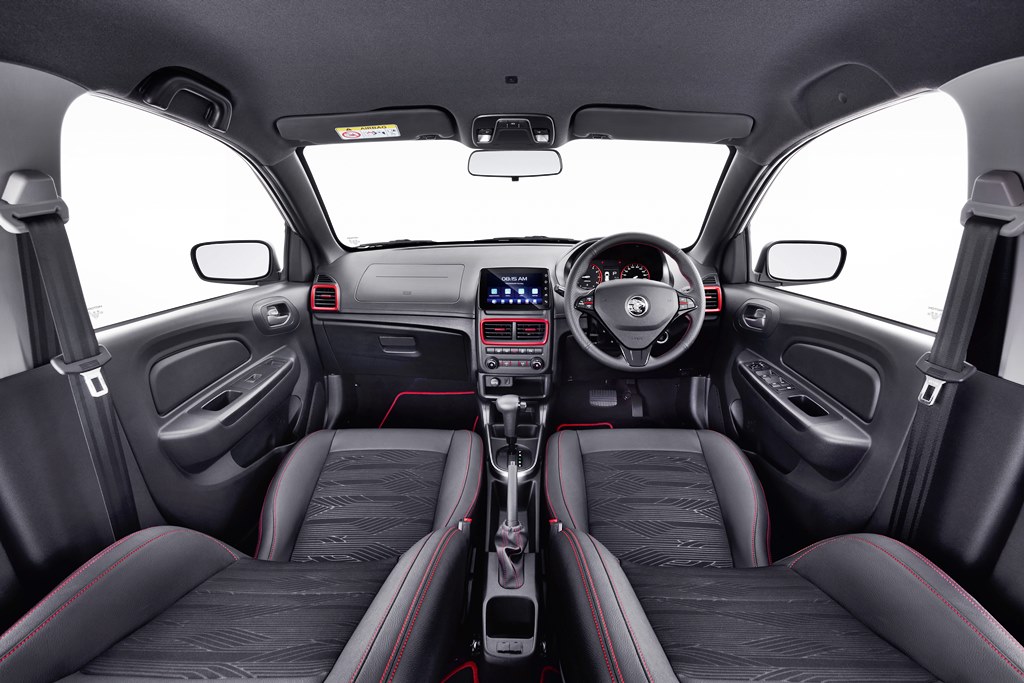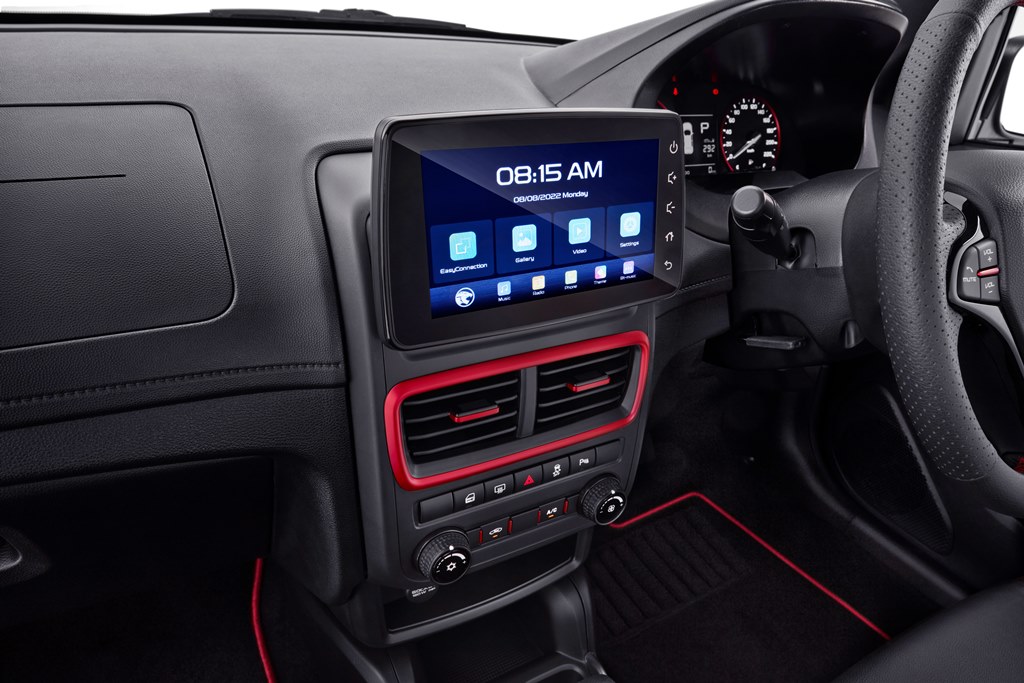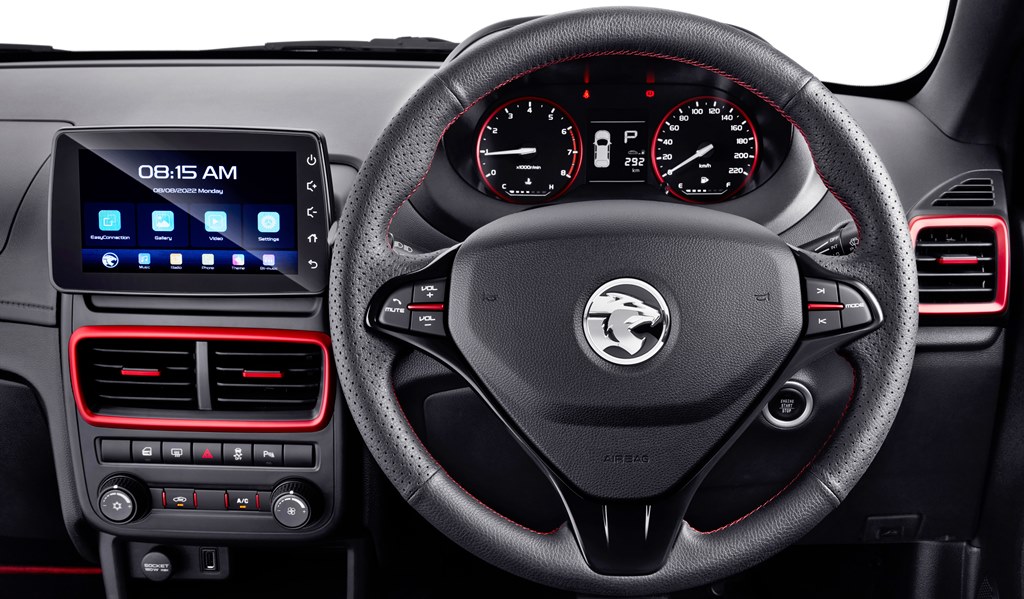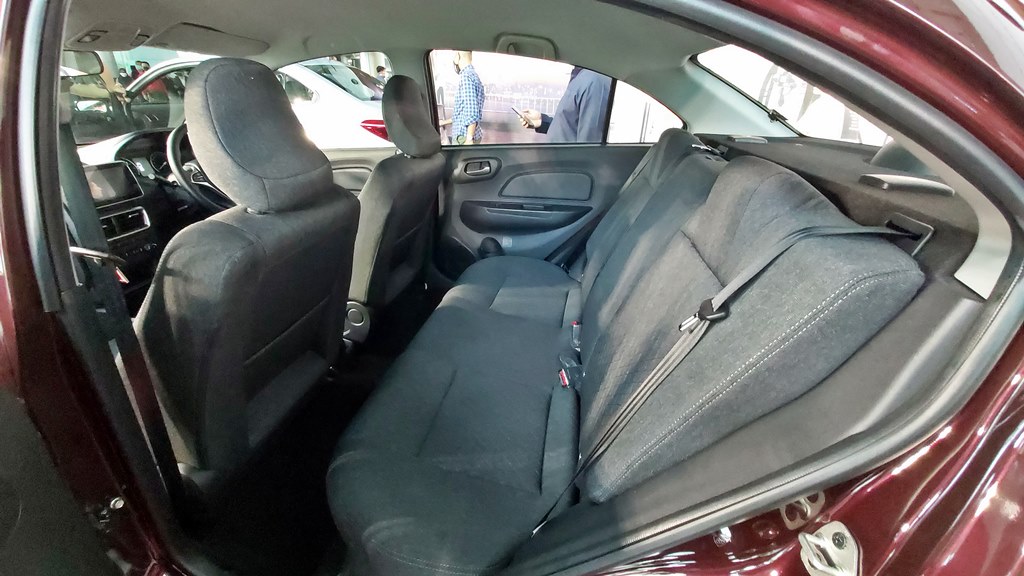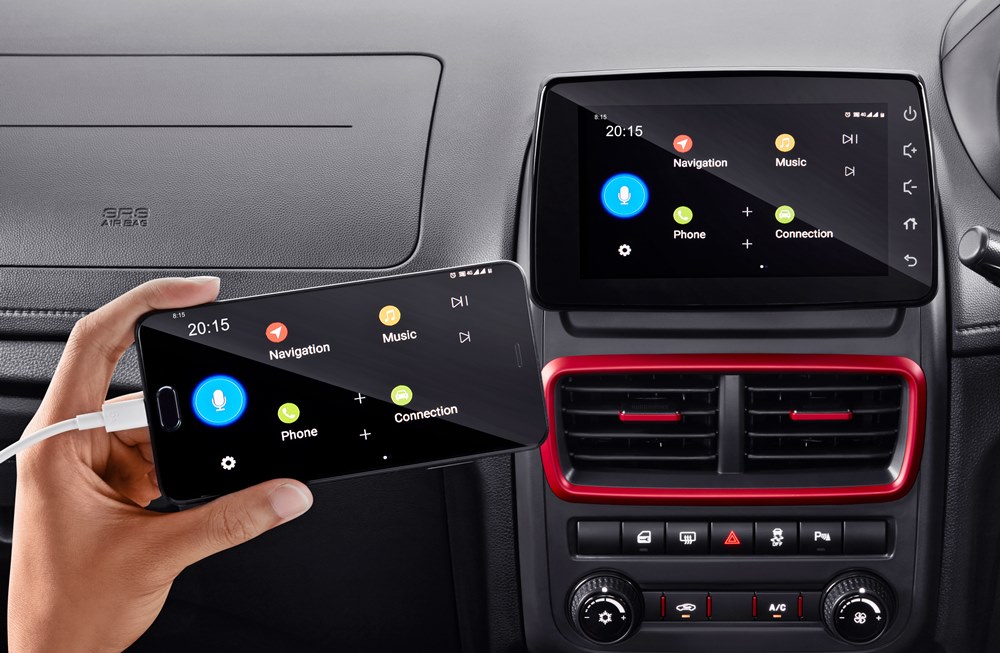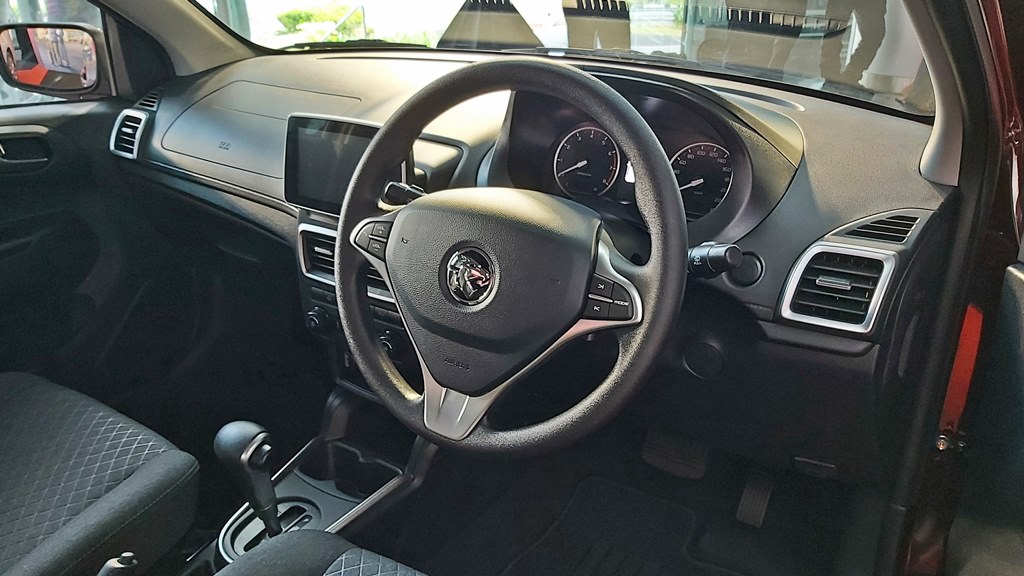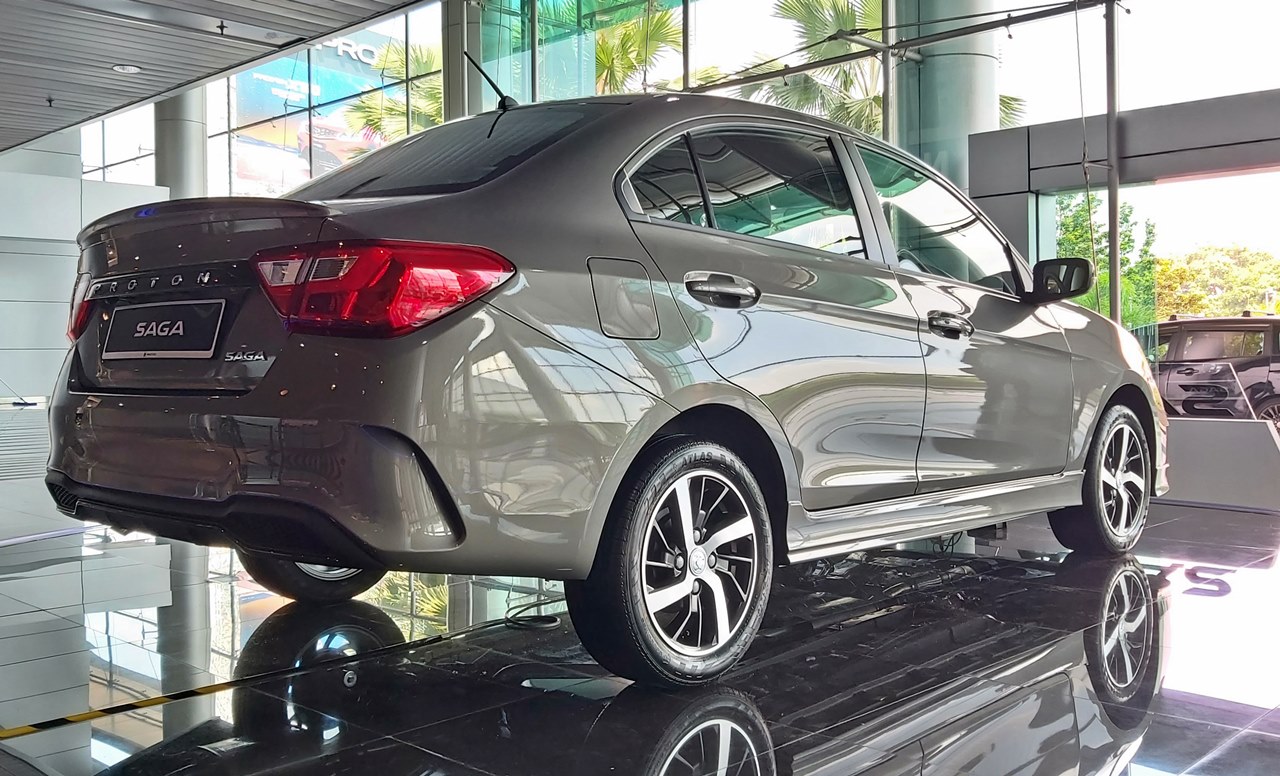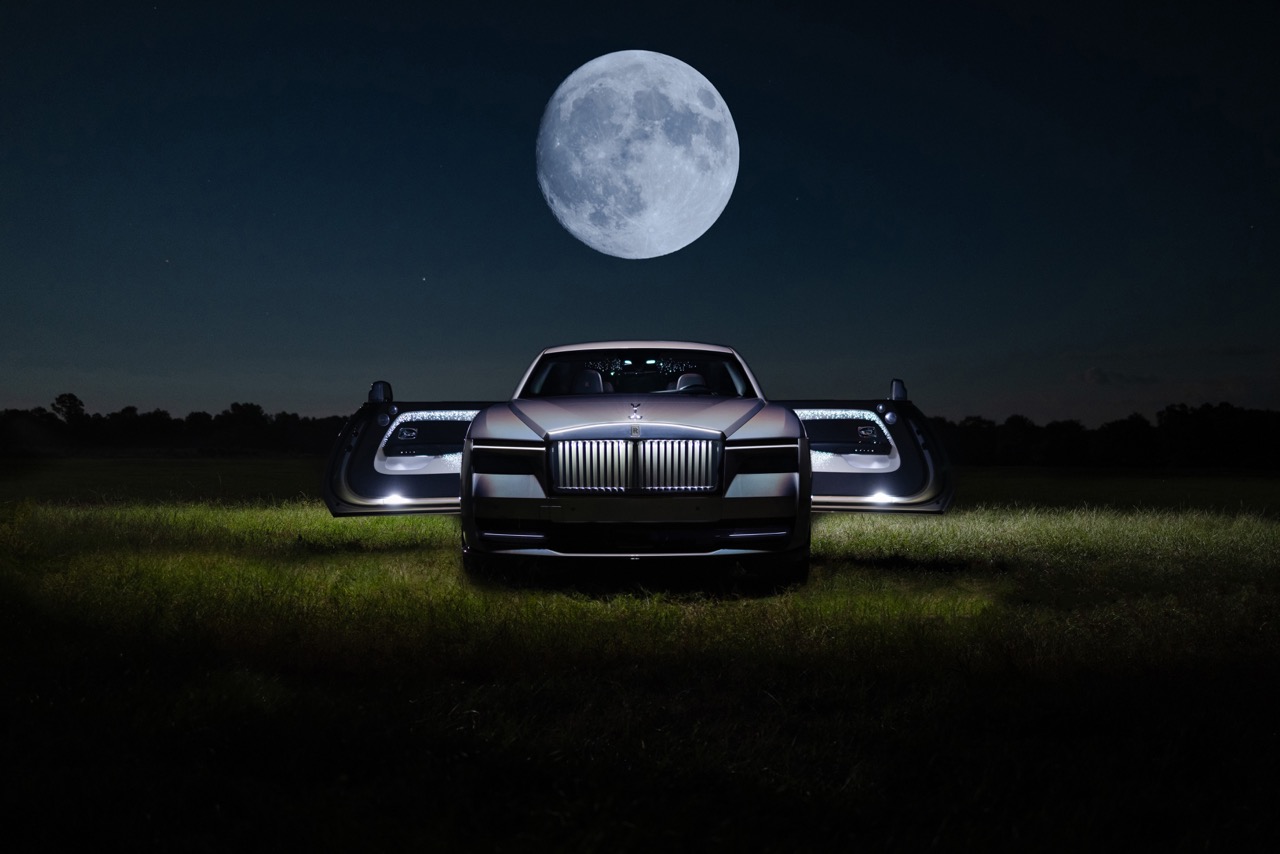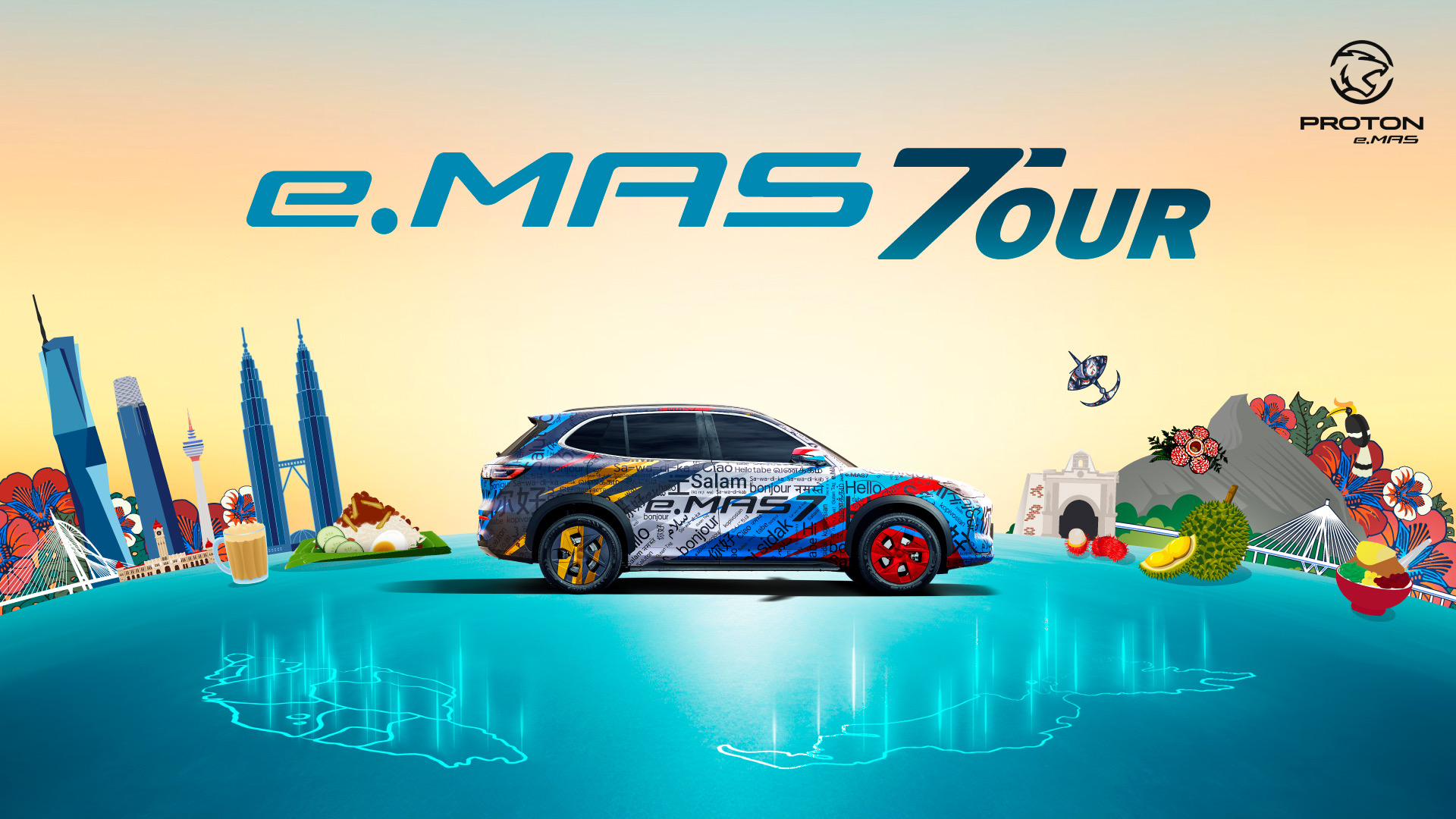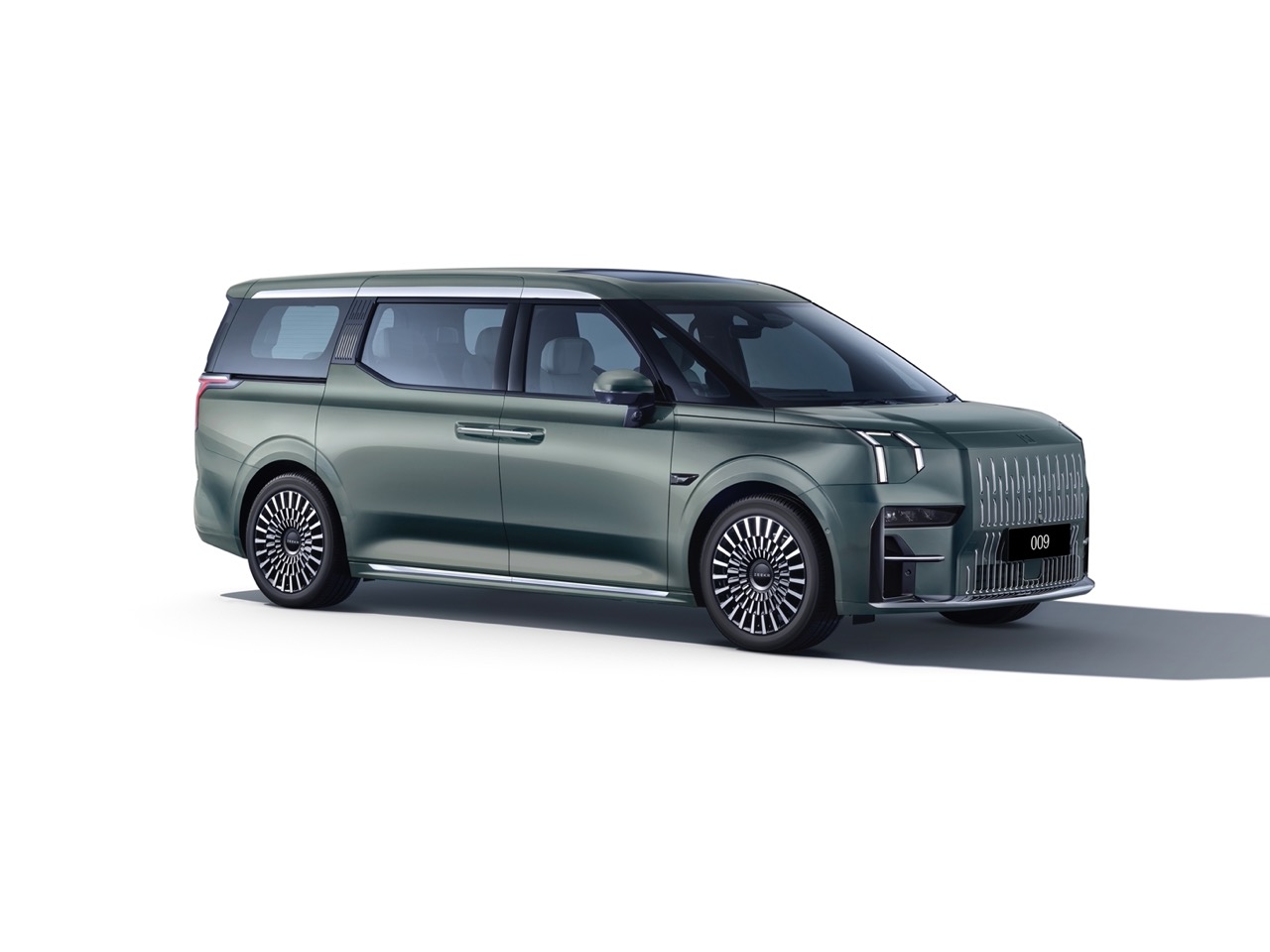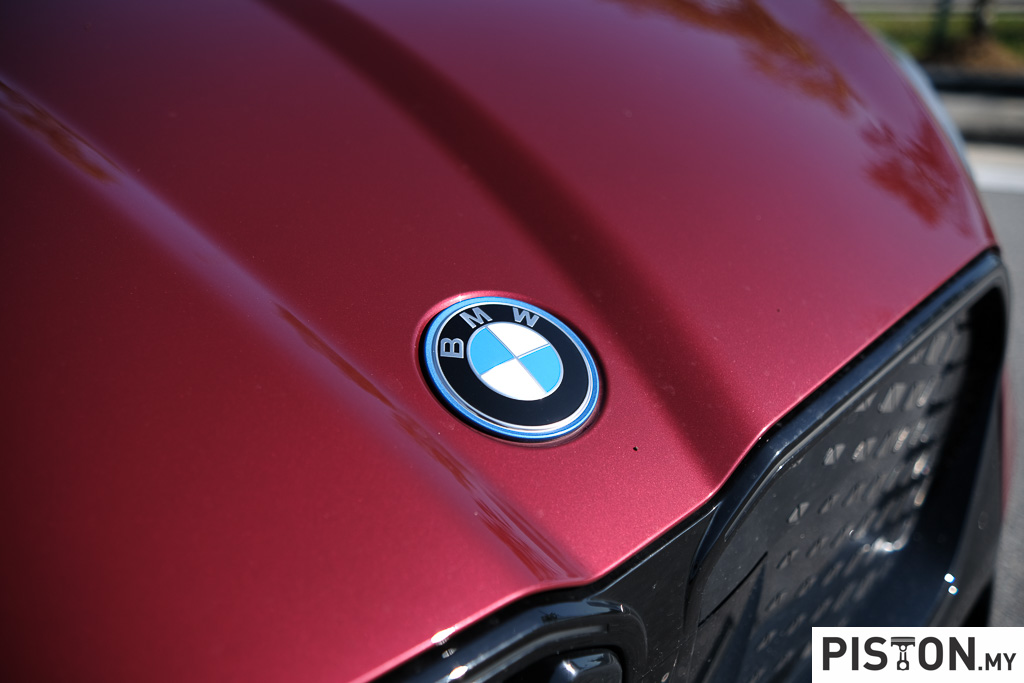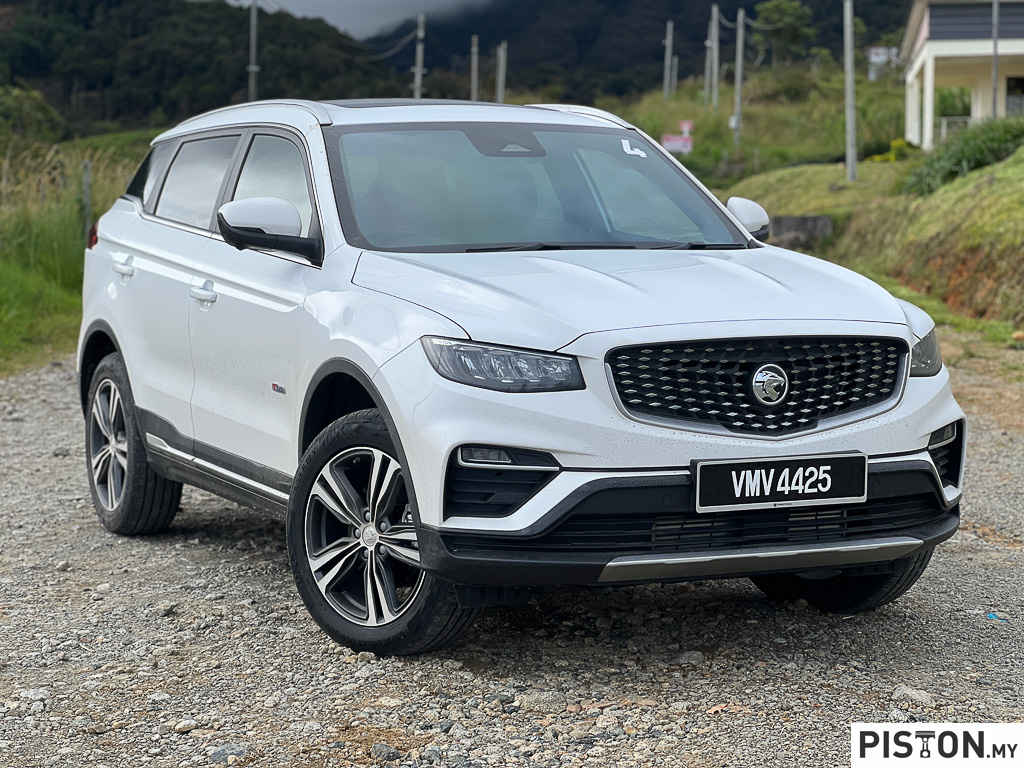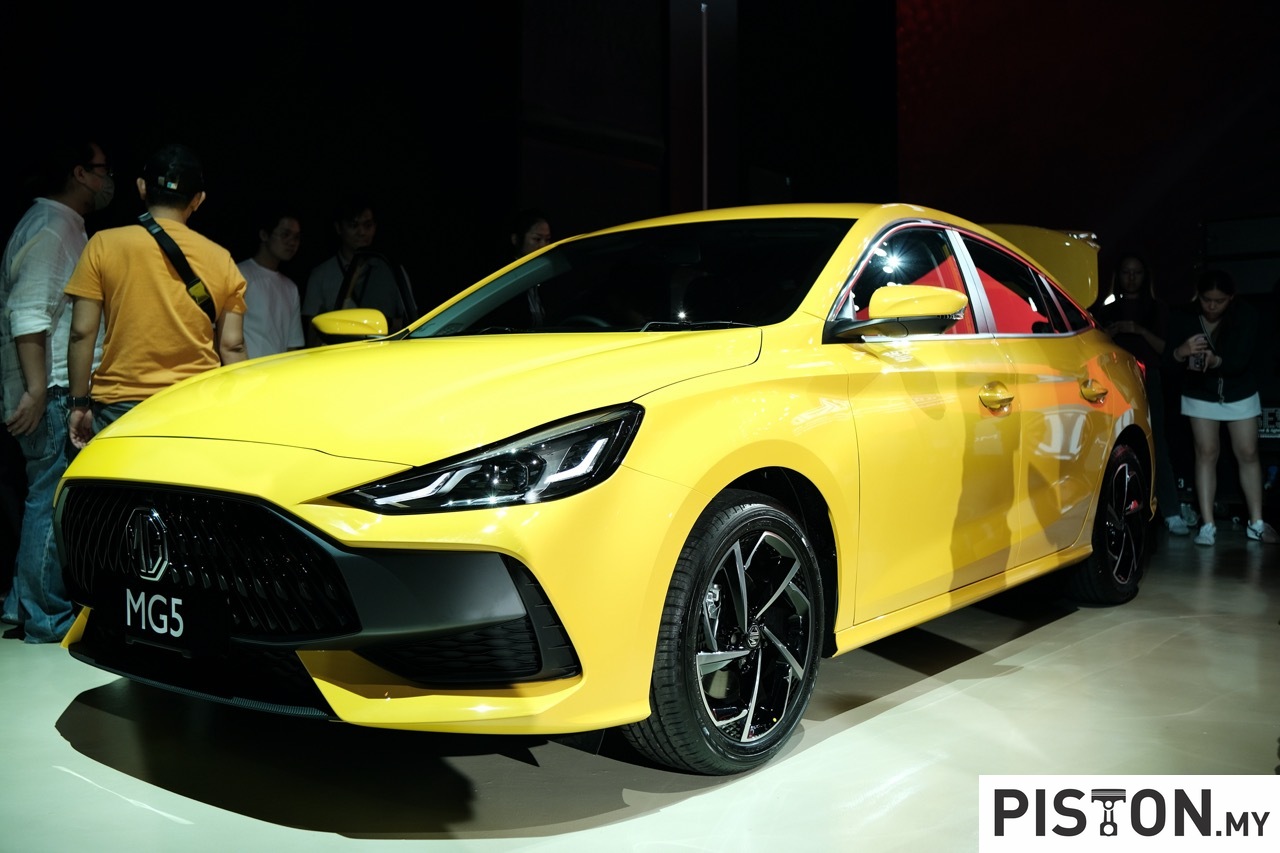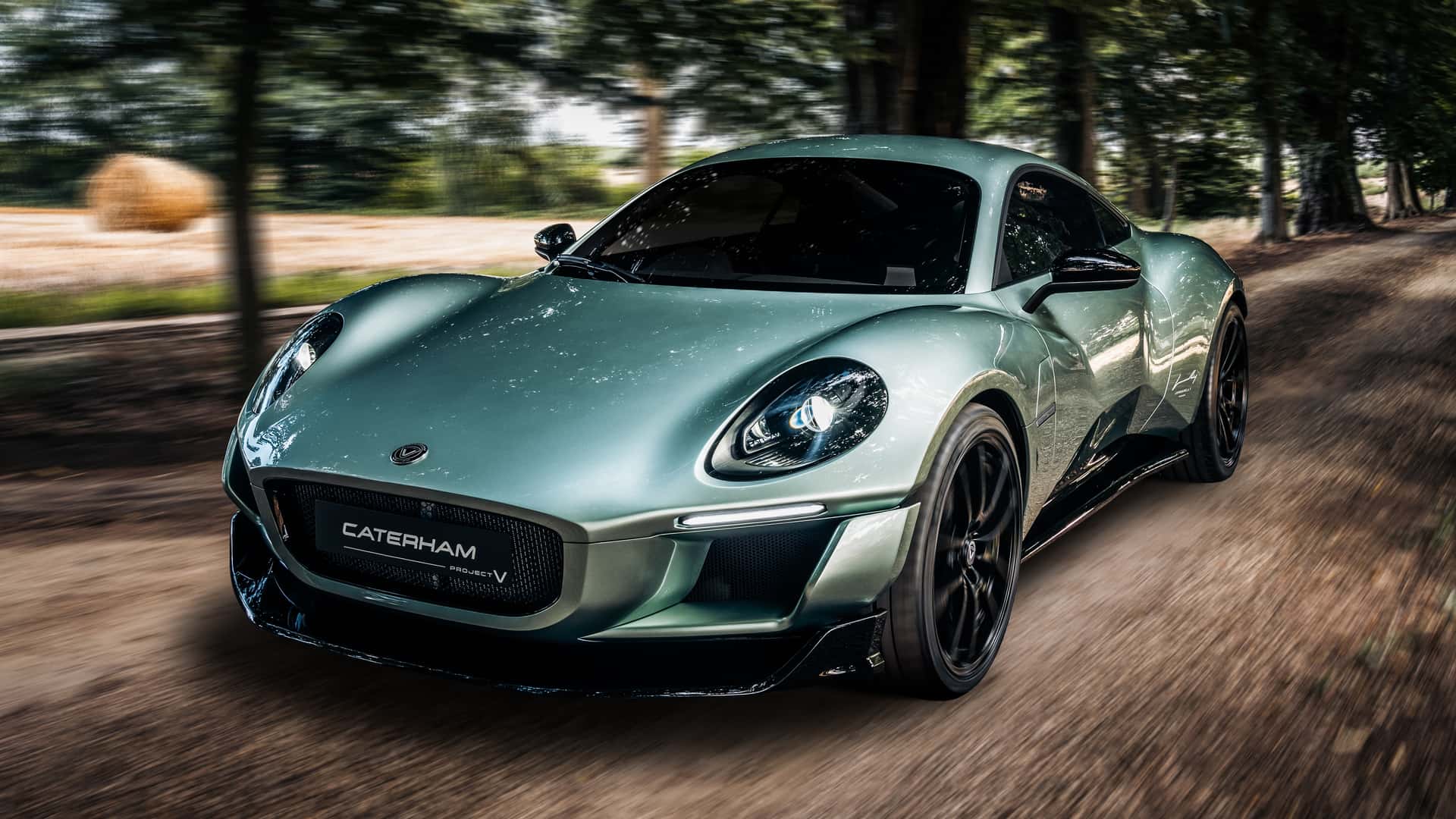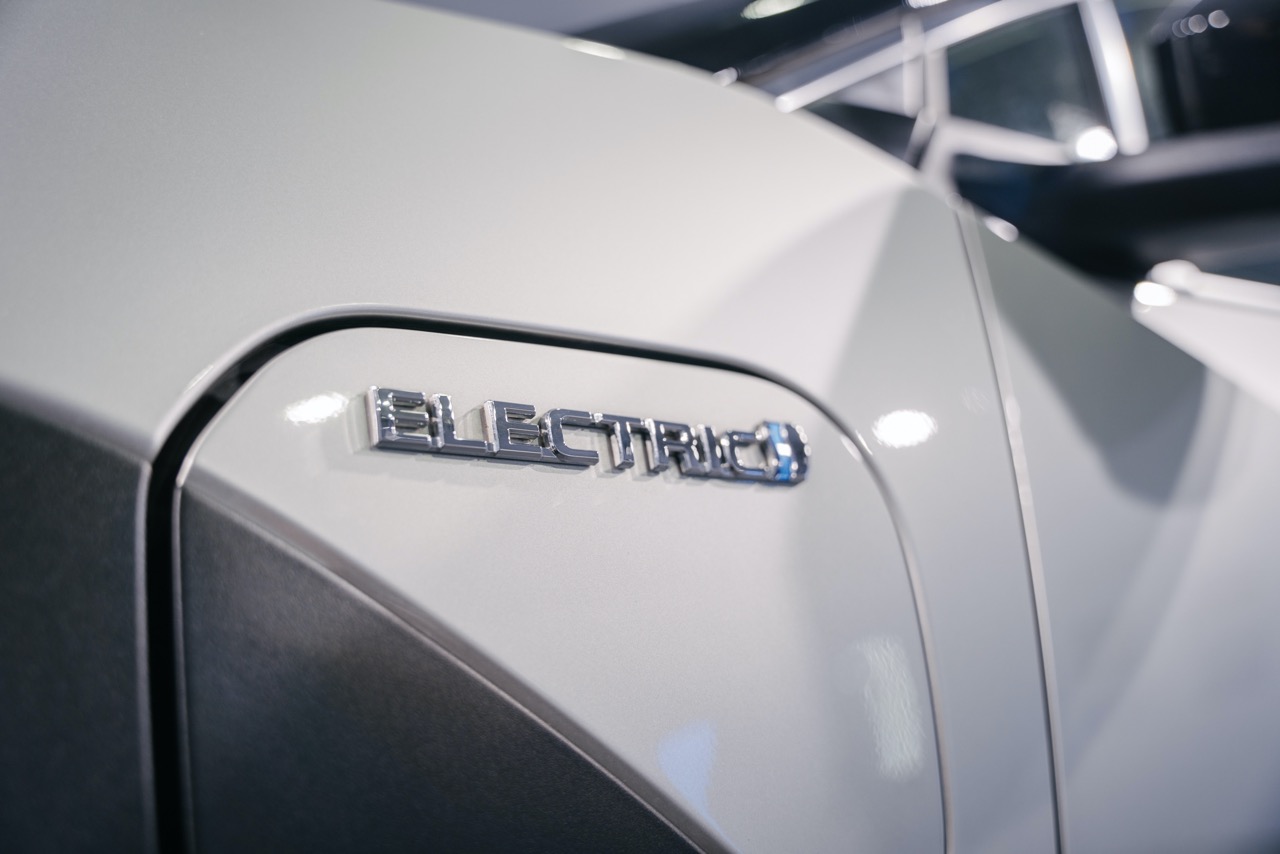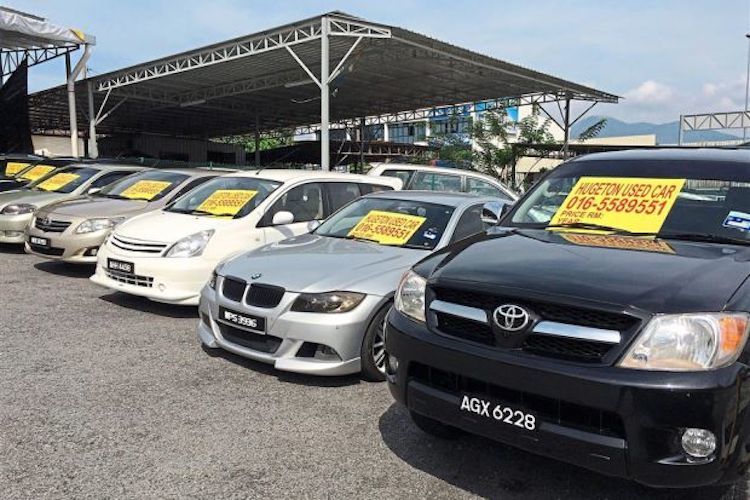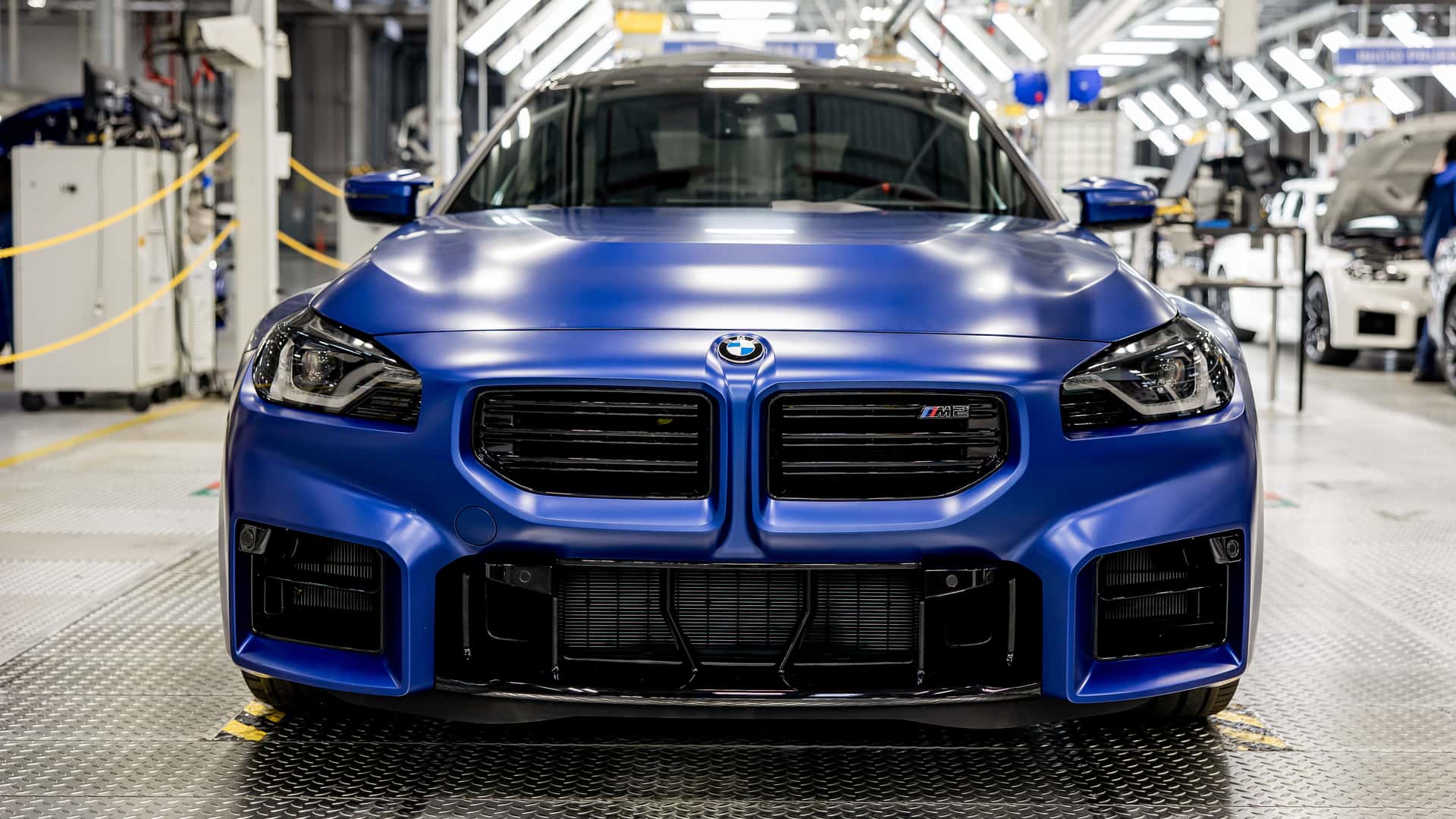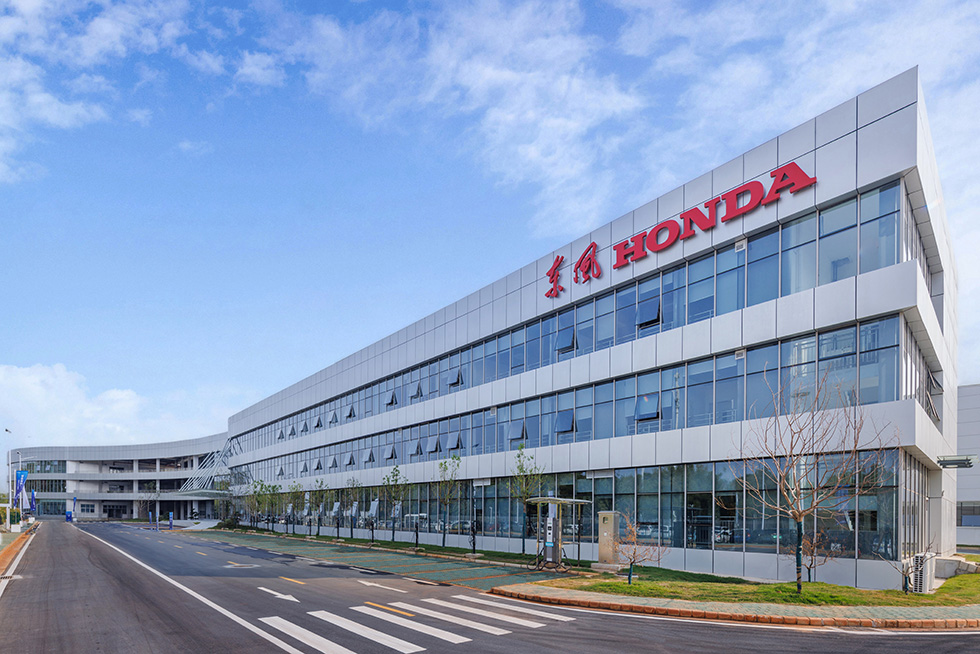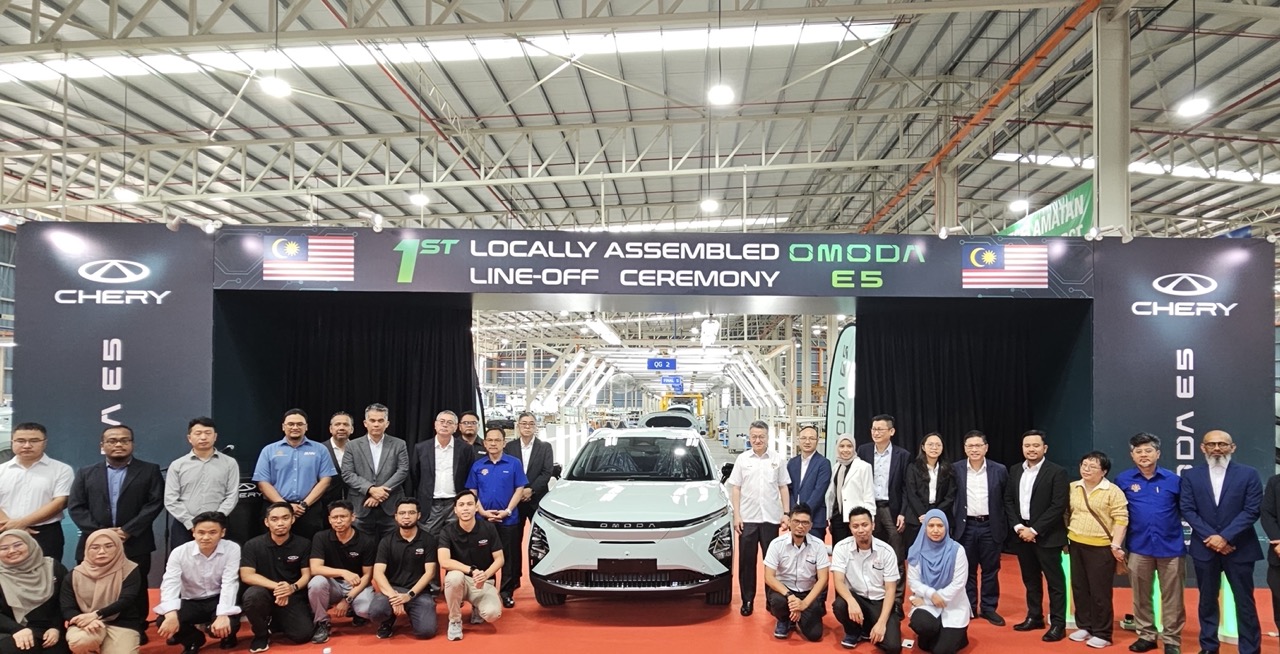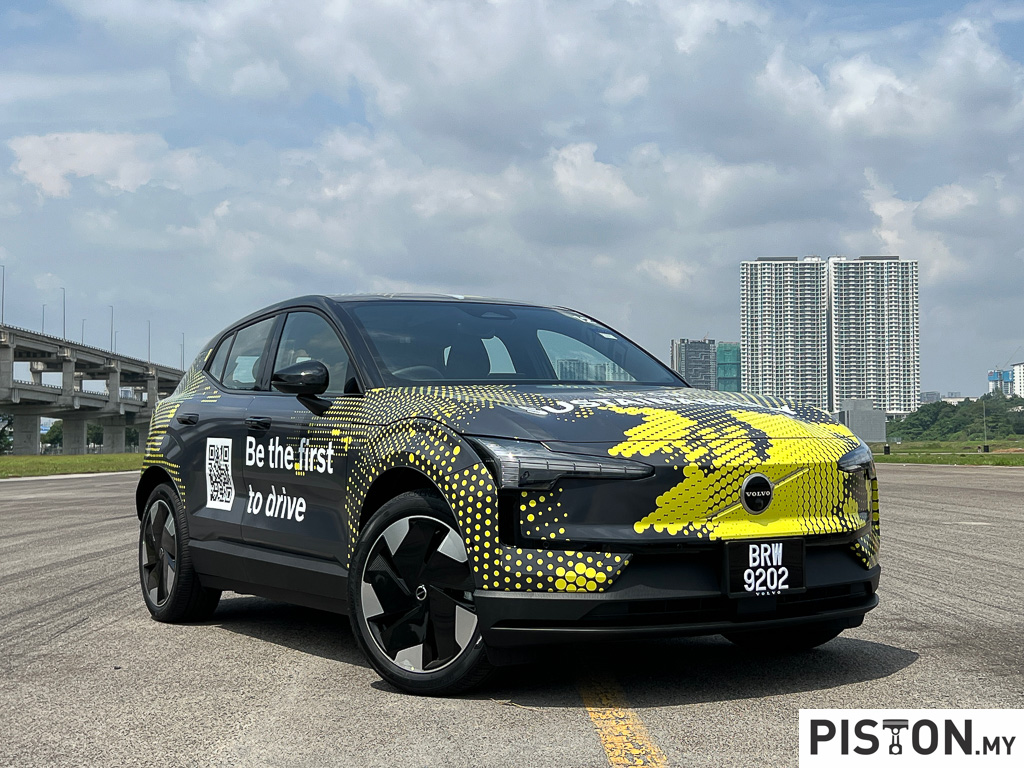
When it was first introduced, the Lexus NX was positioned as the Japanese brand’s answer to the BMW X3, Range Rover Evoque and even the Volvo XC60.
It was perfectly proportioned for those who wanted the space and versatility the Lexus CT offered, with the ride height of the RX.
Before the introduction of the NX, the price gap between the CT and the RX was vast. Giving Lexus the perfect opportunity to plug the gap with a mid-sized SUV.
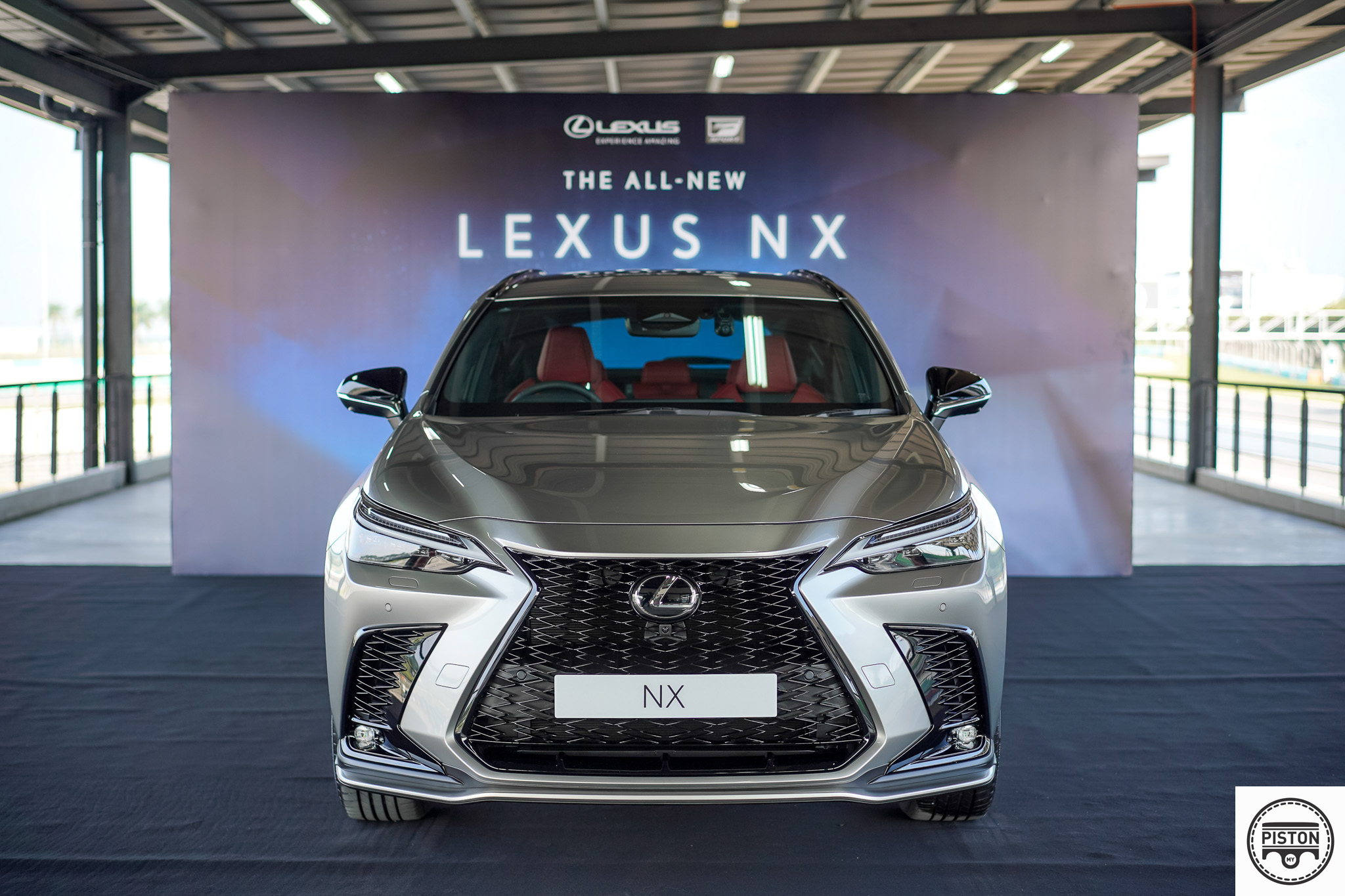
And the strategy worked. Ever since its introduction, the NX has contributed 25% of total sales for Lexus Malaysia.
The RX remains as the most popular Lexus in Malaysia.
As popular as it may have been, the first-generation NX had its flaws. It was too soft to attract a younger audience who preferred a sporting element to their cars. And the interior design was just not attractive enough to compete against the likes of the BMW X3 or the Mercedes GLC.
There was lots of room for improvement, and the all-new Lexus NX 350 has hit all the right spots.
Let’s start with the exterior design. The spindle grille is an integral part of the Lexus design language so that has been retained, though refreshed.
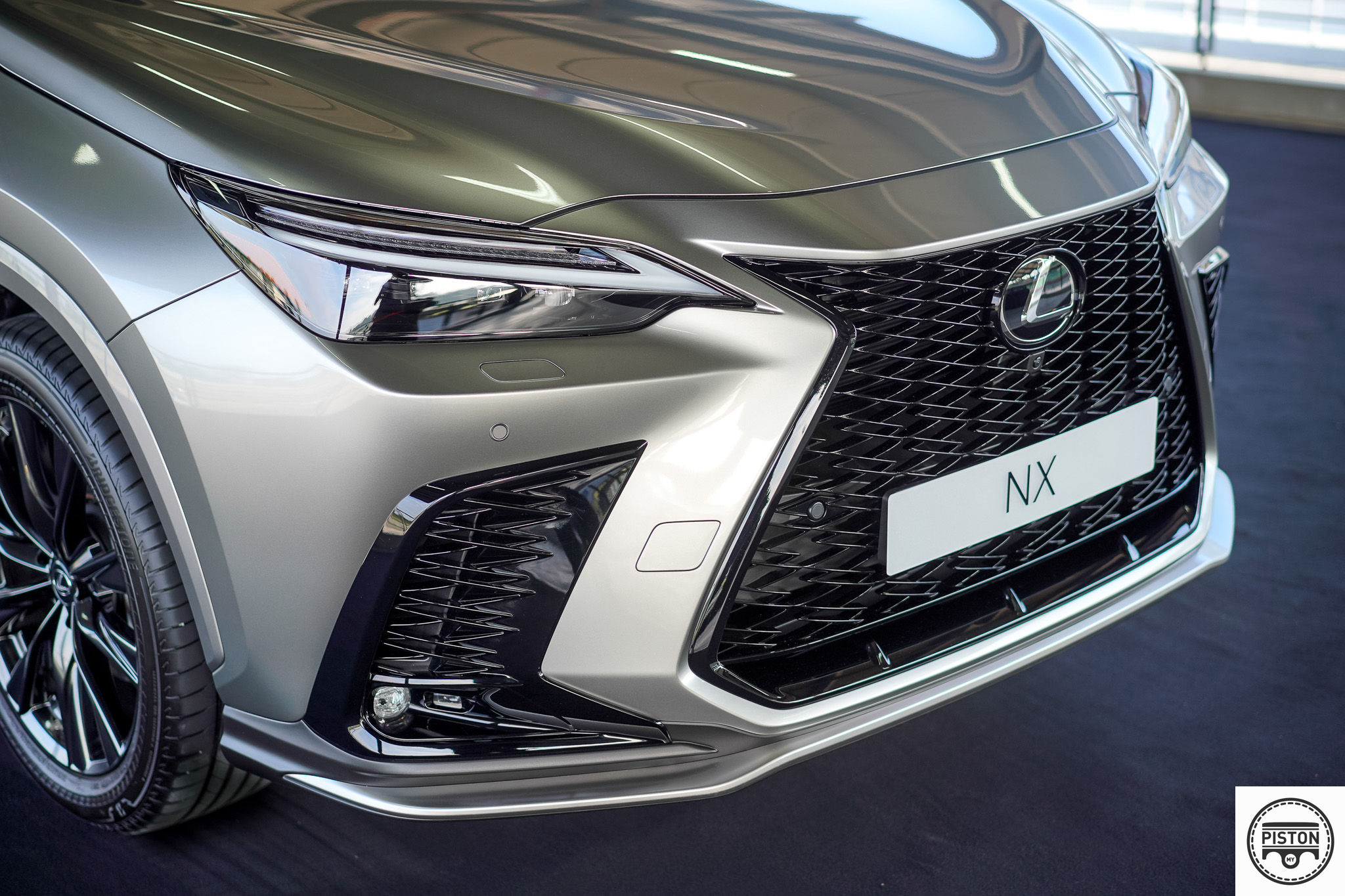
The positioning of the grille is now more vertical than before, and the chrome frame has been replaced with a gloss black frame for the F-Sport model, which is the model you are seeing here.
The lights too are all-new. The daytime running lights are the biggest change. Gone is the detached DRL that was previously placed at the bottom of the main headlight. It has now been integrated directly into the headlight while the 3-eye jewel like LED lights have been retained.
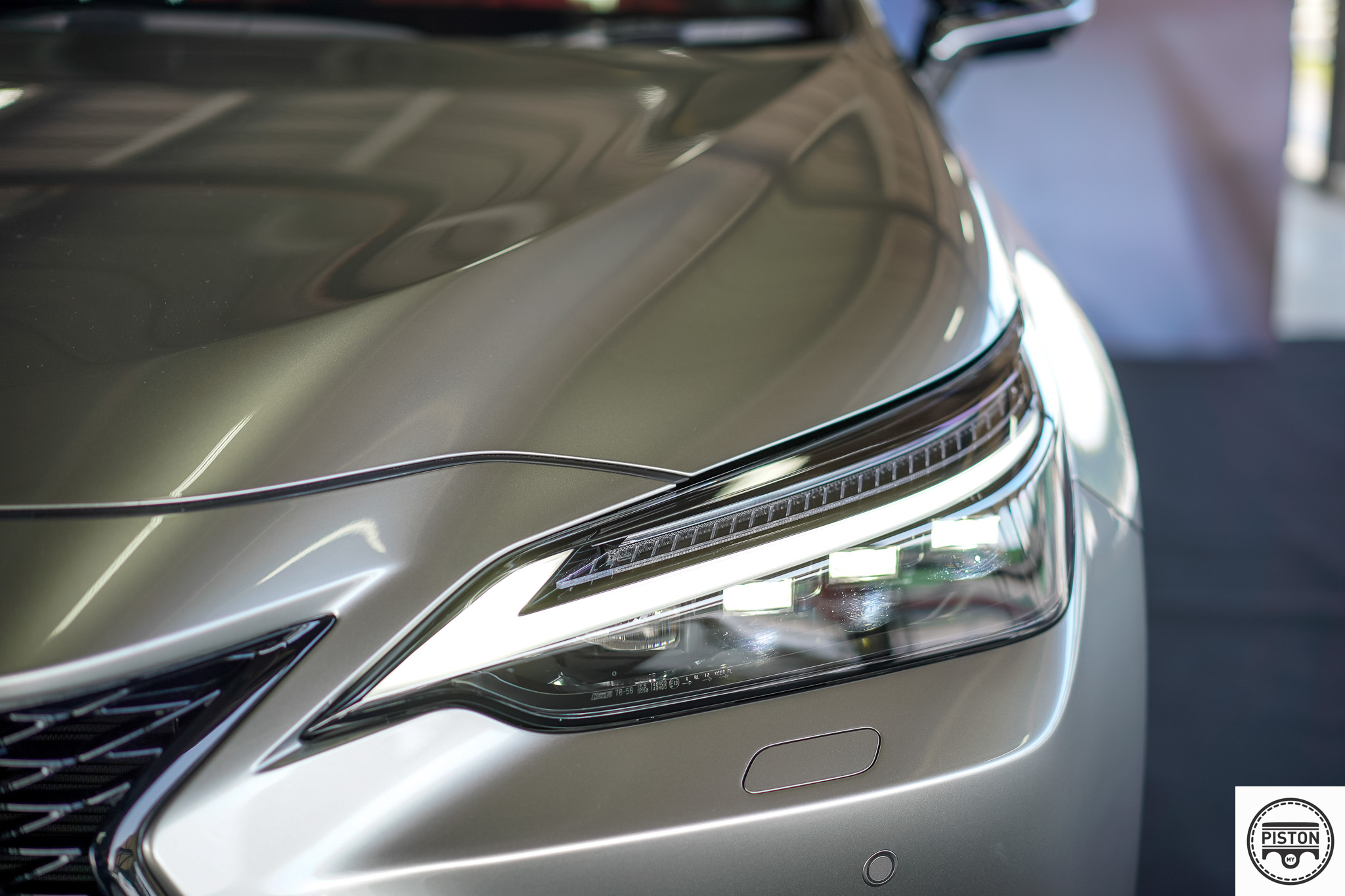
Lexus says the brightness of the DRL is now dependent on the speed at which the car is travelling. The slower you drive the dimmer the light and vice versa.
The are also aerodynamic elements placed right above the front lip that help to channel air towards the engine to aid cooling.
Towards the side, the wheel wells are now in the same colour as the body, which is a refreshing touch and gives the NX an elegant presence.
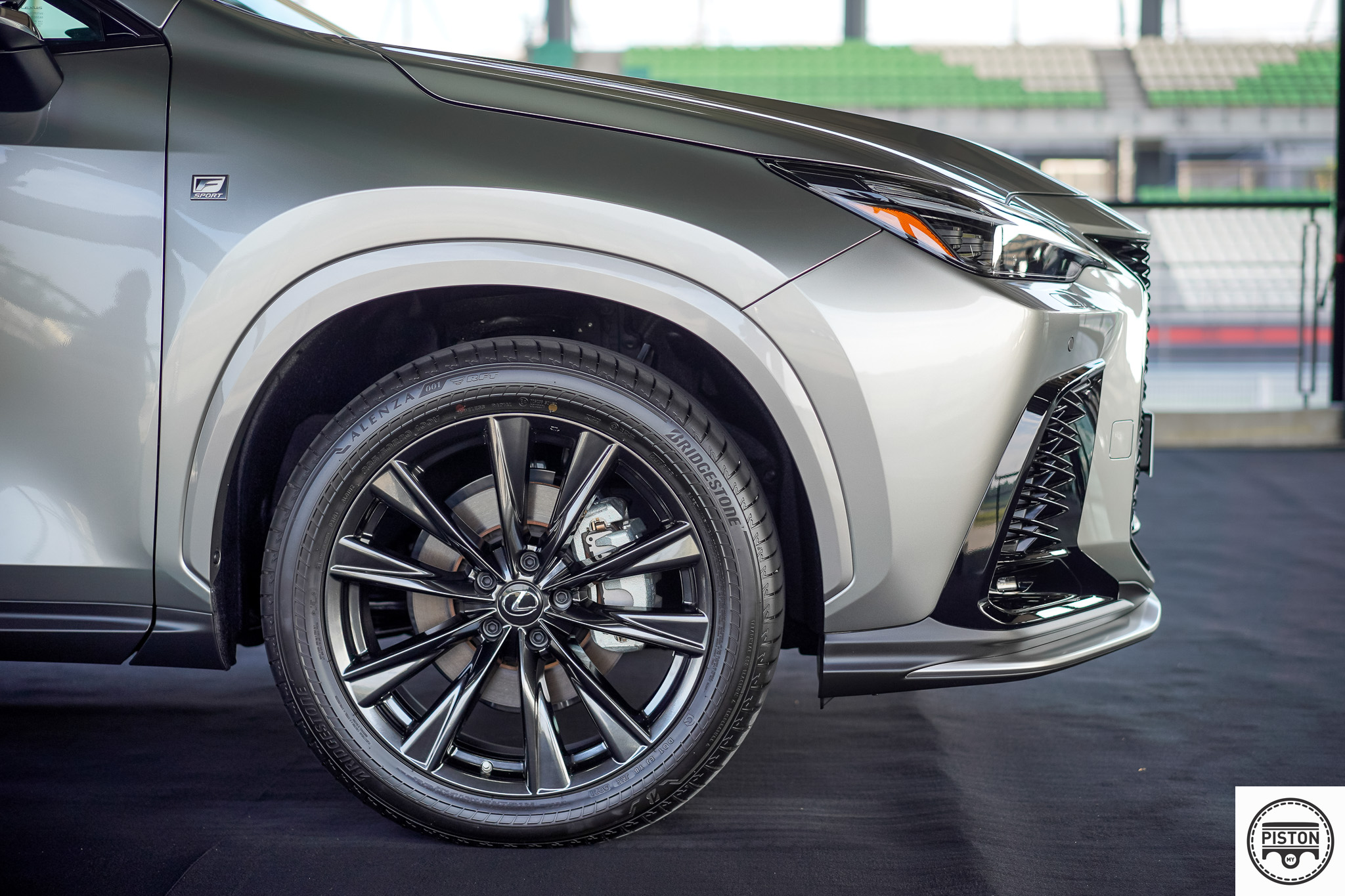
The body features grooves and lines that play with the light to give the car a bigger, bolder presence than before.
The door handles are among one of the most significant updates to the NX. The handles are now updated with something called e-latch. To open the door, you don’t have to pull the door handle anymore but instead just gently press on a button placed behind the door handle, and pull the door as you usually would.
You also open the door the same way from the inside as well, with a gentle push a latch that doubles as a button, and push the door outwards as usual.
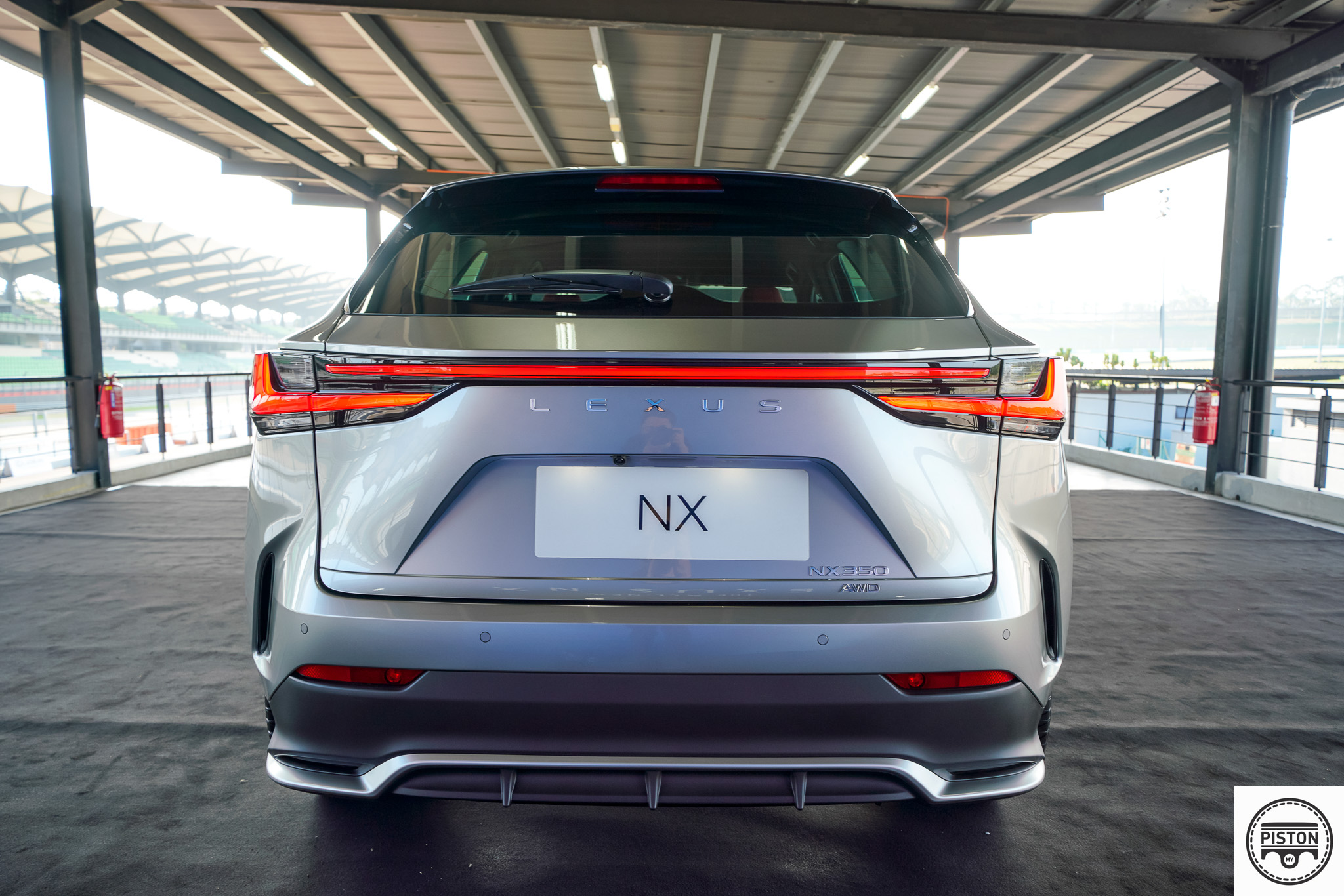
The back of the car too has been totally refreshed. The biggest change is the inclusion of an LED light strip (light bar in Lexus lingo) that runs across the back of the car, very much like the one we saw with the UX and LM.
The NX is also the first car to do without the Lexus logo placed at the back of the car. The Lexus name is now spelt out across the back of the car, very much like what you see on a Porsche.
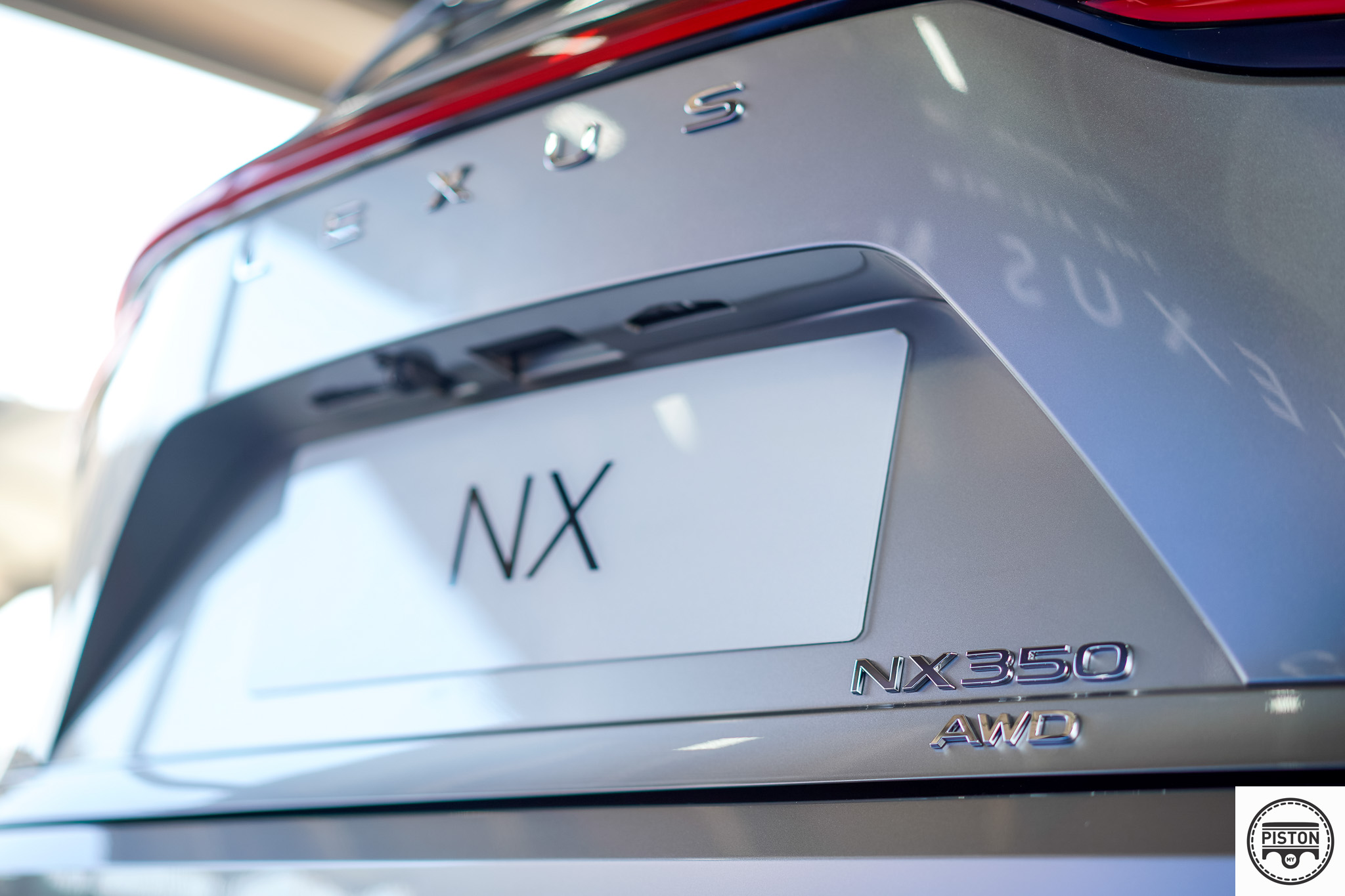
What I appreciate the most about the back of the NX is the total omission of exhaust pipes, in design at least. The pipes are definitely still there, tucked away neatly behind the bumper. But Lexus has not bothered to create any fake tail pipes like what we see with a lot of other premium brands.
Inside is the biggest change a Lexus has seen in recent years. And the most welcomed.
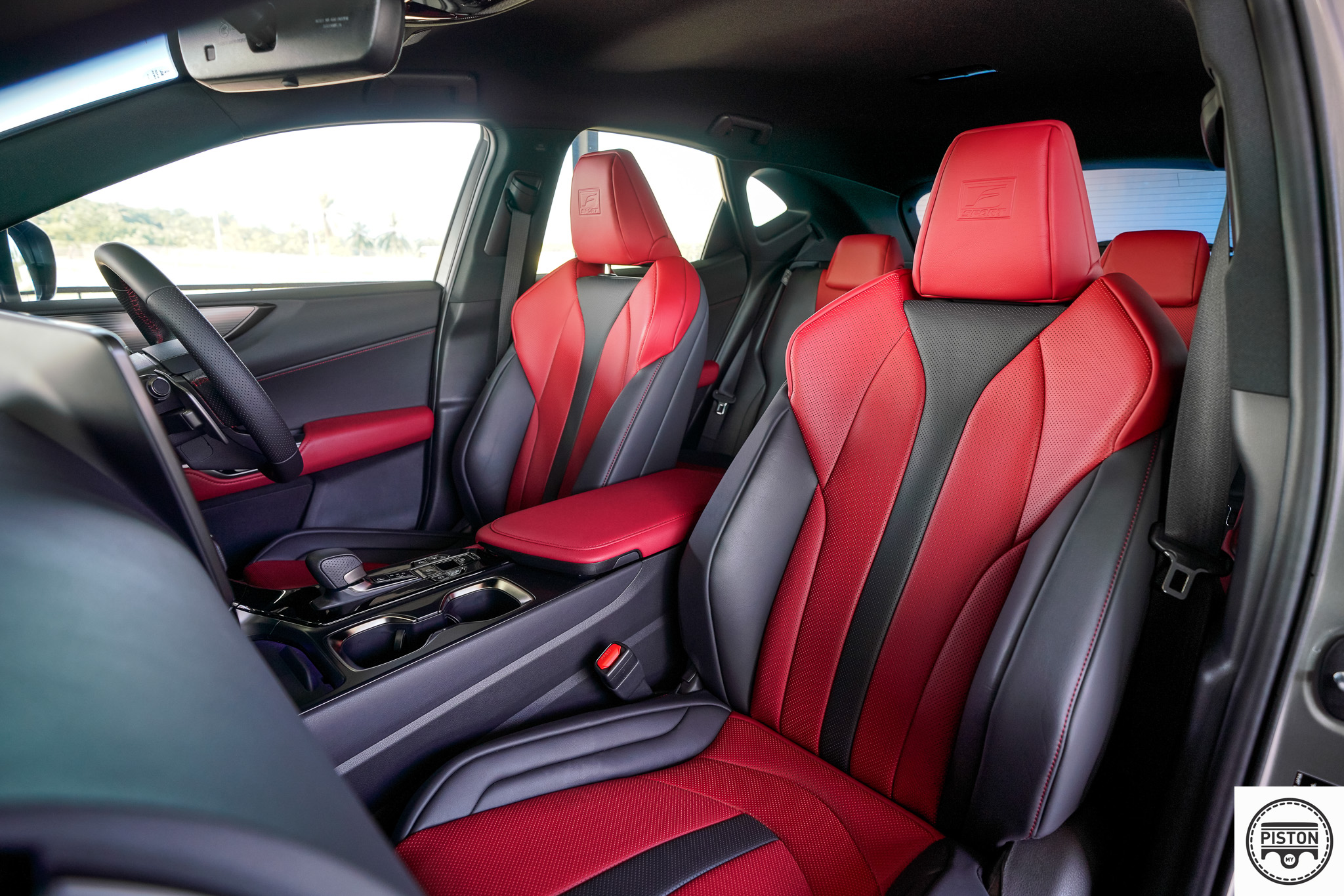
But before you step inside the new NX, take some time out to appreciate the seats. They are one of the best looking seats you will ever see, and also quite comfortable.
The other thing that you will notice is the mega 14-inch screen that houses everything from entertainment, navigation and every other setting for the car. It also features wireless Apple CarPlay while Android Auto users will still need to use a cable.
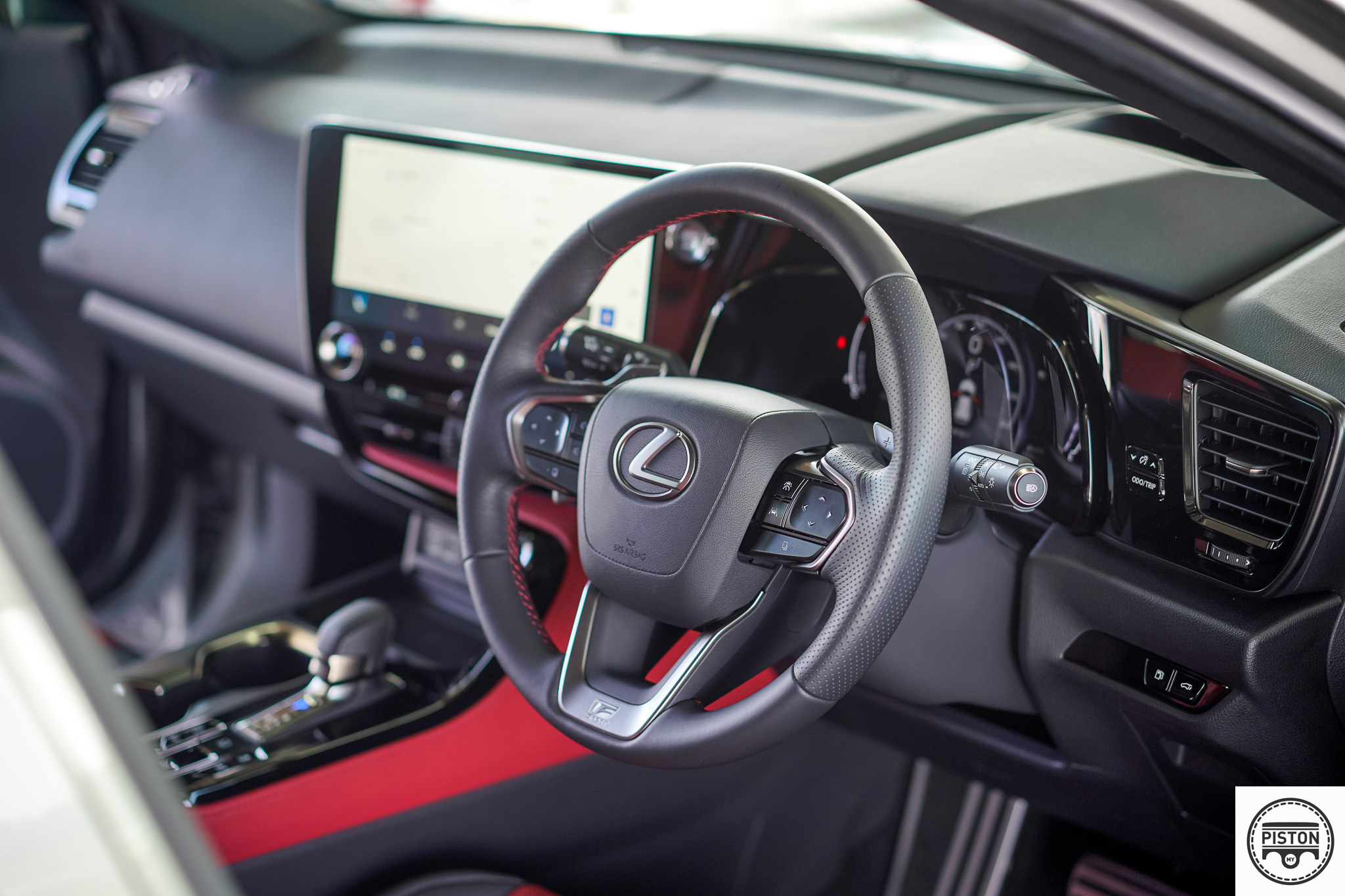
For me the mega screen signals the return of the glory days of Lexus because the brand has finally removed the annoying and terribly difficult to use Remote Touch Interface.
The RTI in short, was a mouse pad lookalike that helped you navigate around the entertainment system, navigation and everything else.
It sounds simple enough but imagine driving while using a mousepad, one eye on the road and the other on the screen to make sure you are clicking on the right icon. It was counter intuitive distracting and I am glad it’s time has arrived.
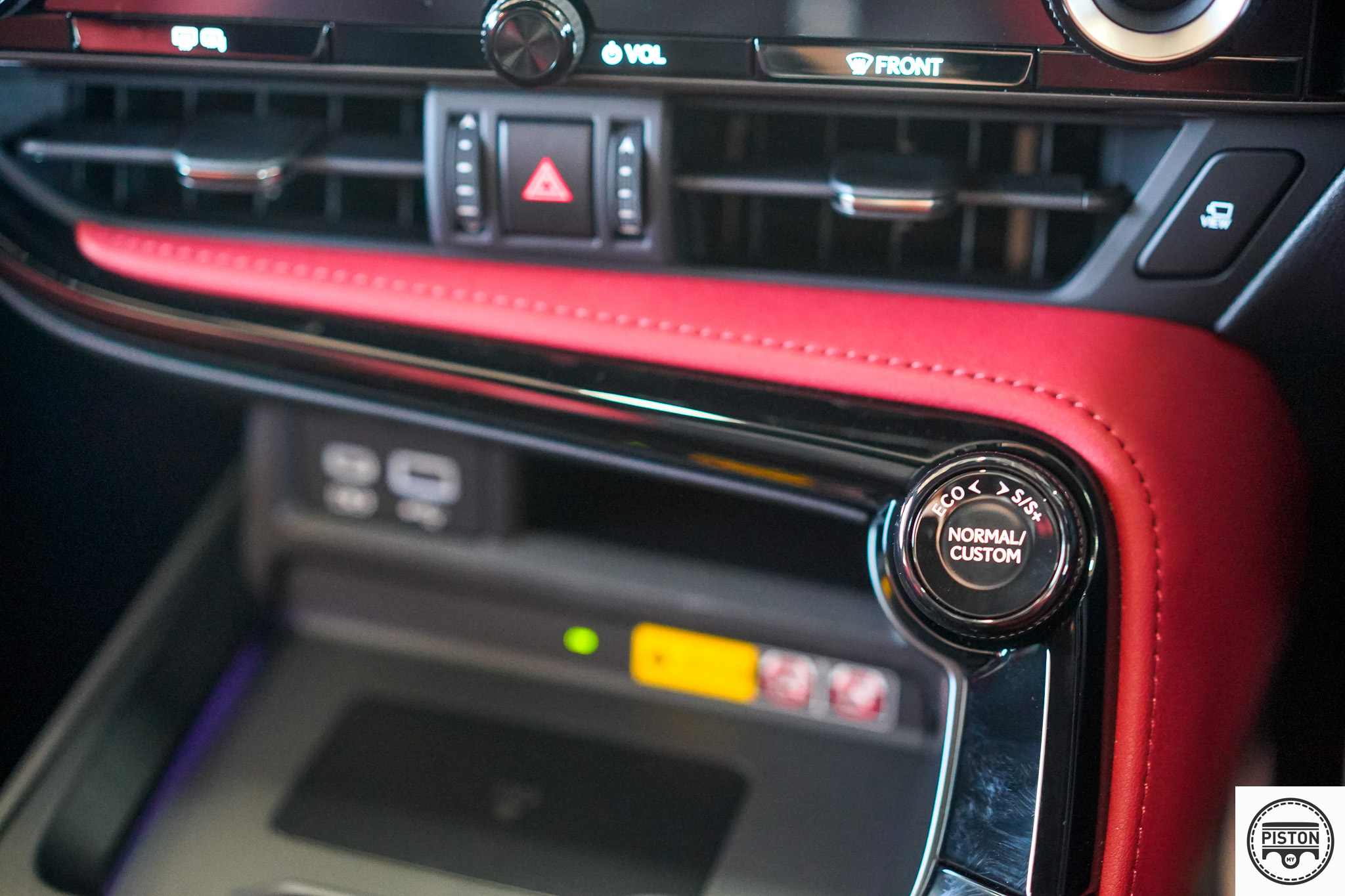
The overall fit and finish is typically Lexus but turned up a couple of notches. I love the way the air-conditioning dials have a tiny monitor in them that indicates the temperature. That’s a very nifty touch that feels like it belongs in more expensive cars.
Current Lexus owners will notice one thing about the interior, and that is the obvious lack of buttons everywhere. But that’s not only because everything has been neatly tucked away in the aforementioned 14-inch screen, but this is also part of the new Lexus Driving Signature that has been defined by the Tazuna Concept.
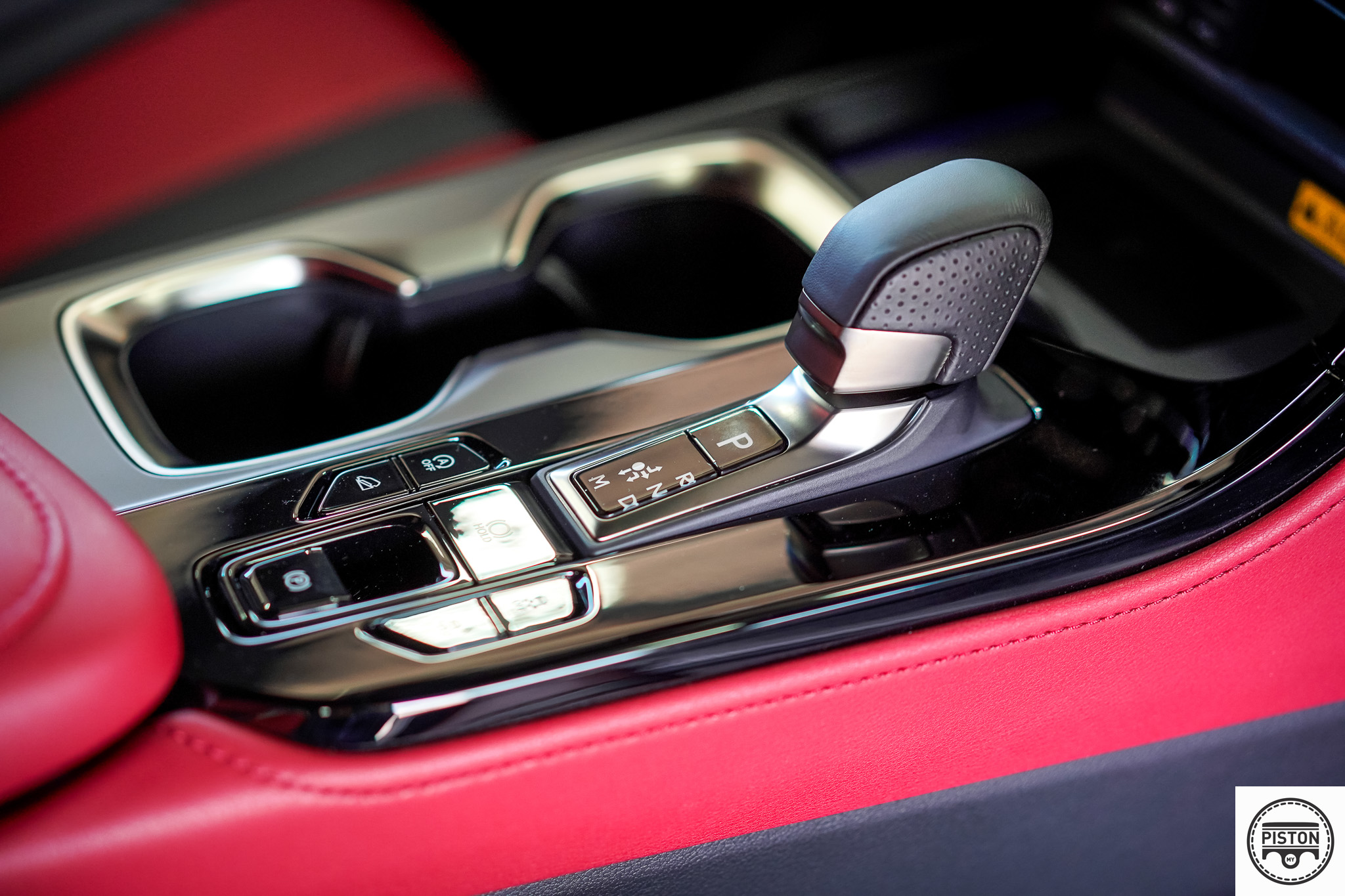
The Tazuna Concept simply draws on the relationship between a jockey and his horse. This coming together of man and beast is what Lexus draws inspiration from, especially the subtle commands the jockey gives his horse which intuitively understands what its rider wants.
This is felt in the way the car behaves when driven, but this is also particularly apparent with the obvious reduction of switchgears around the interior. As compared to the previous generation NX which has 78 buttons and dials around the interior, the new NX has just 45.
And this time, there’s also a new heads-up display which gives you essential data such as speed, gear position, GPS directions and a few more.
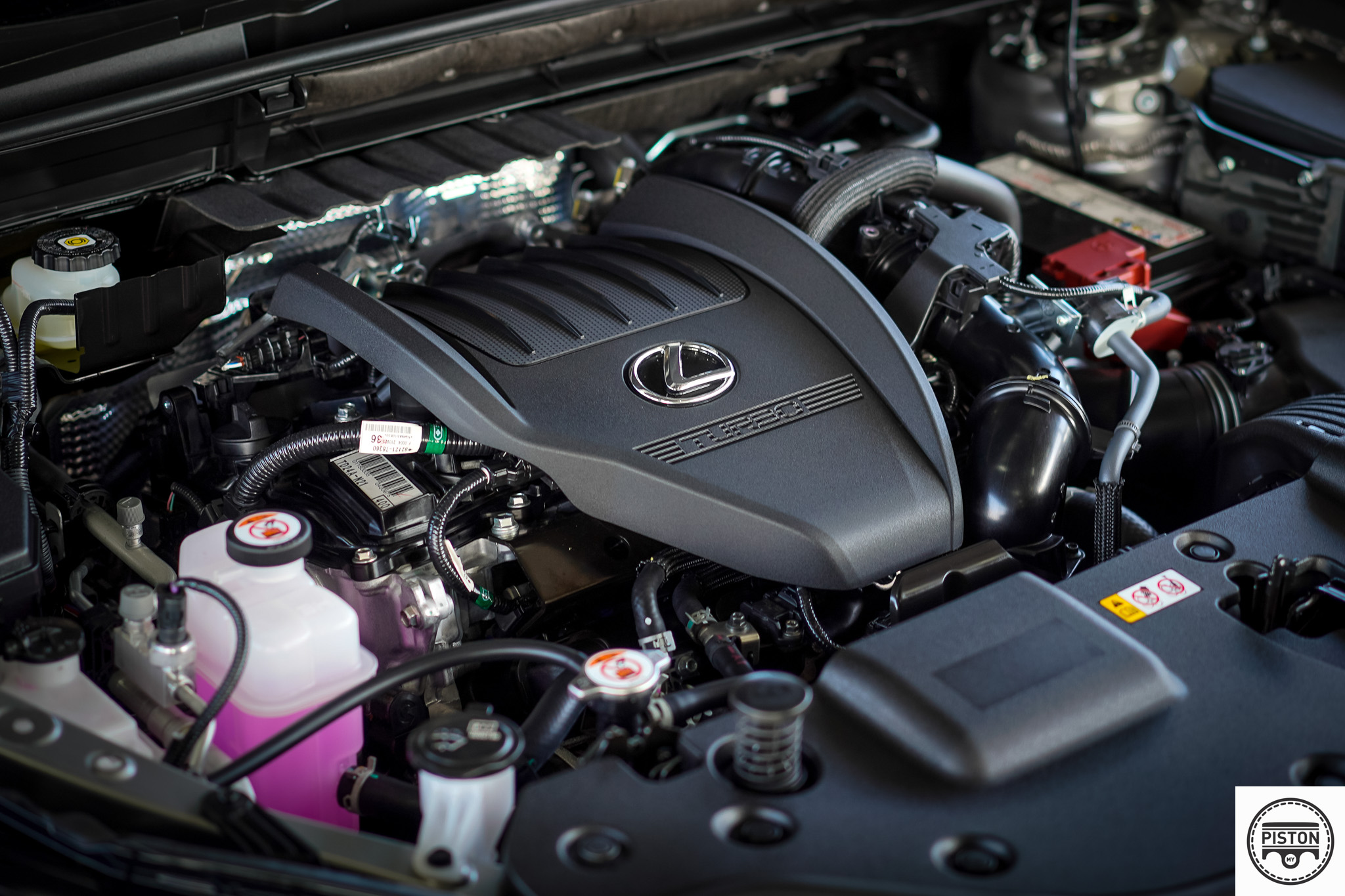
Powering the new Lexus NX F-Sport variant is a 2.4-litre turbocharged engine that produces 275hp and 430Nm of torque. It is mated to a new 8-speed automatic gearbox which features Artificial Intelligence shift control that works by using a camera to scan the road ahead, and then matches its shift pattern to the terrain. Talk about genius.
For the first time, the Lexus NX comes with an electronically-controlled full-time AWD system. This AWD system sends power on a 50:50 ratio between the front and back wheels when you first start driving. Then depending on the driving condition, it will split power accordingly and reduces under or over steer if needed.
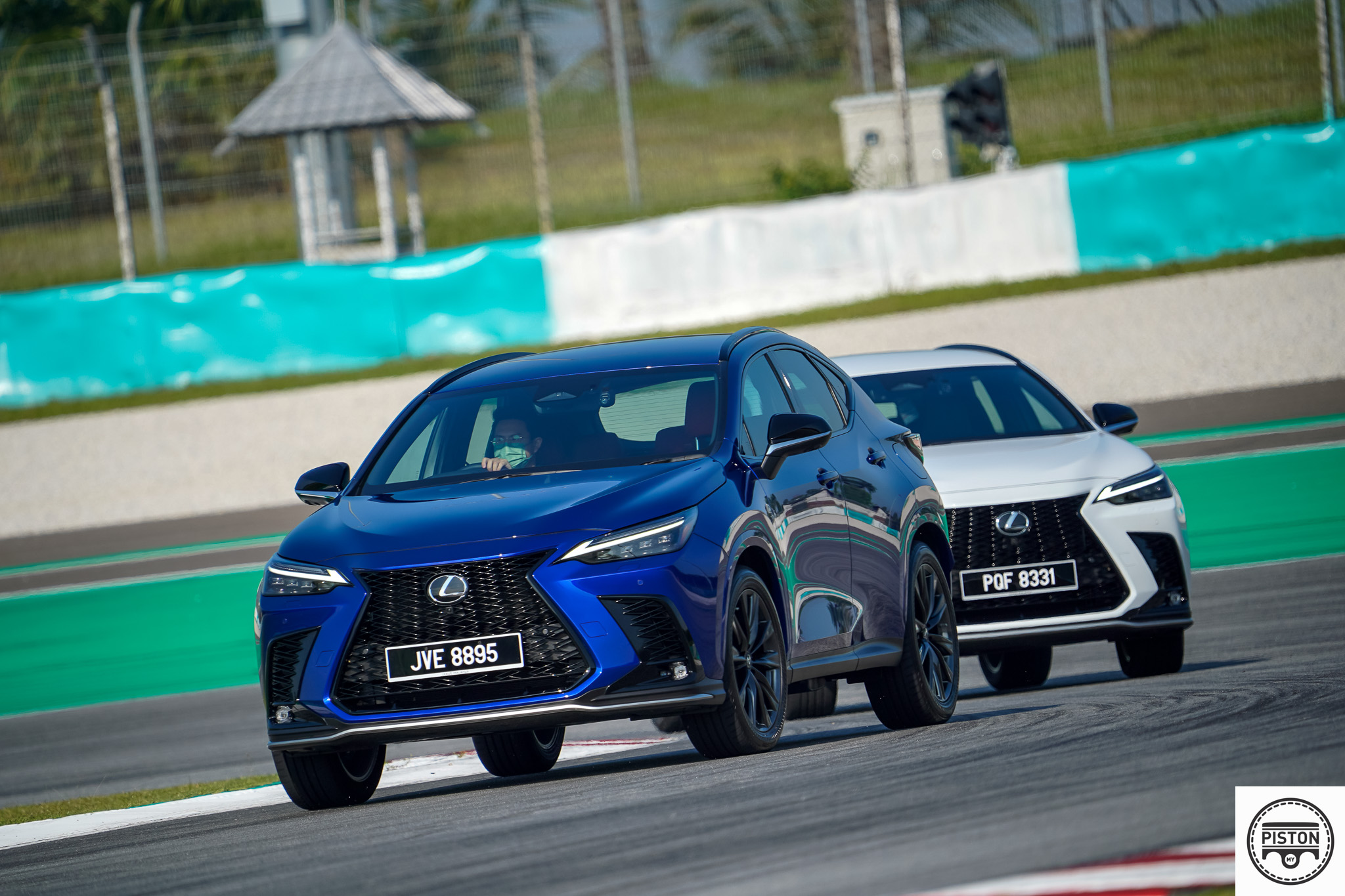
But the beautiful thing about driving the Lexus NX 350 F-Sport is that it does not try to be something that it is not. It toes the line between comfort and sporting abilities but does not lean too hard in any direction.
The luxury and comfort it offers is understated. While the sporting abilities lets you have fun when the road allows you too. It does the 0-100km/h in about seven seconds, which isn’t anything to shout about, but Lexus is not saying that the NX is a mid-sized SUV with sporting abilities.
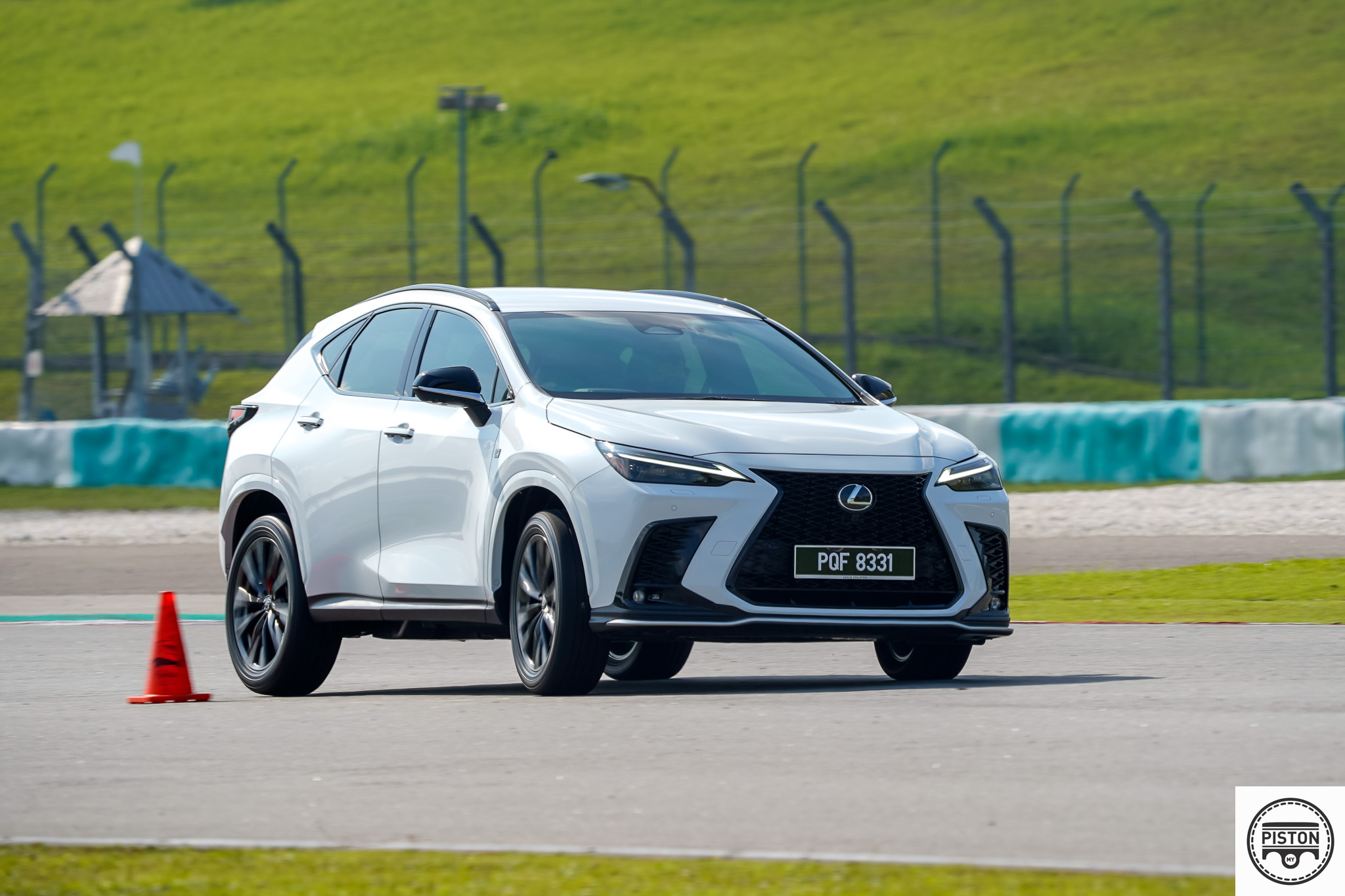
But let’s not for a second think that Lexus does not know how to make good handling cars. This is a company has made legendary sports cars like the LFA and won multiple races. And has continued to do so for decades.
We got to drive the Lexus NX 350 F-Sport for about 35 minutes around the south track of the Sepang International Circuit. And the NX felt very much at home.
We were among the last group of the day, so about 20 other members of the media had already given the NX a good spanking before we got to drive.
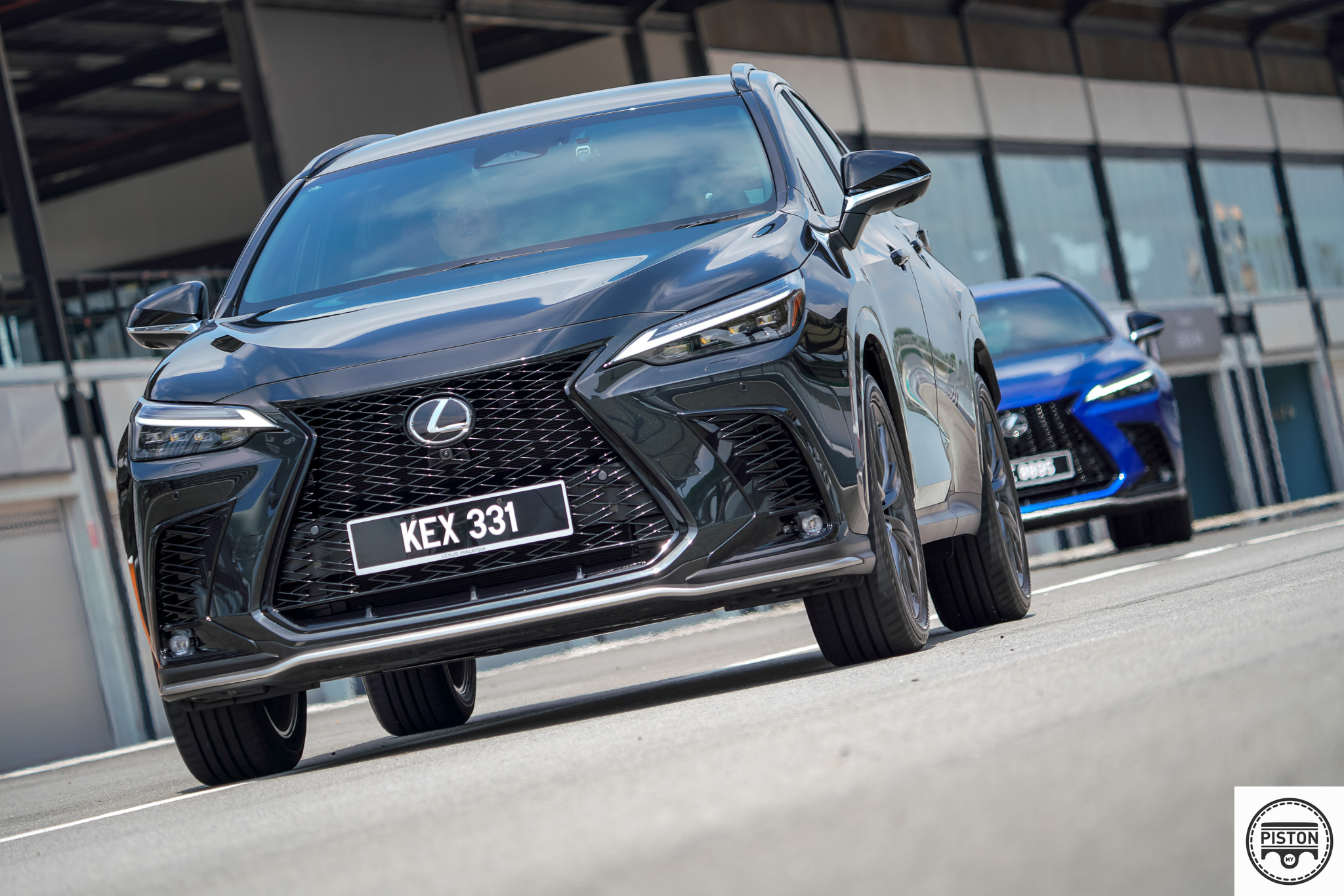
And yet the brakes stood up to the test with zero signs of fade. The engine still hummed smoothly along and provided power at demand with zero hint of lag or slip.
Sure there was a little body roll through the fast corners, the NX does not have adaptive suspension to keep the body in check. But owners will be thankful for not having adaptive suspension in the long run.
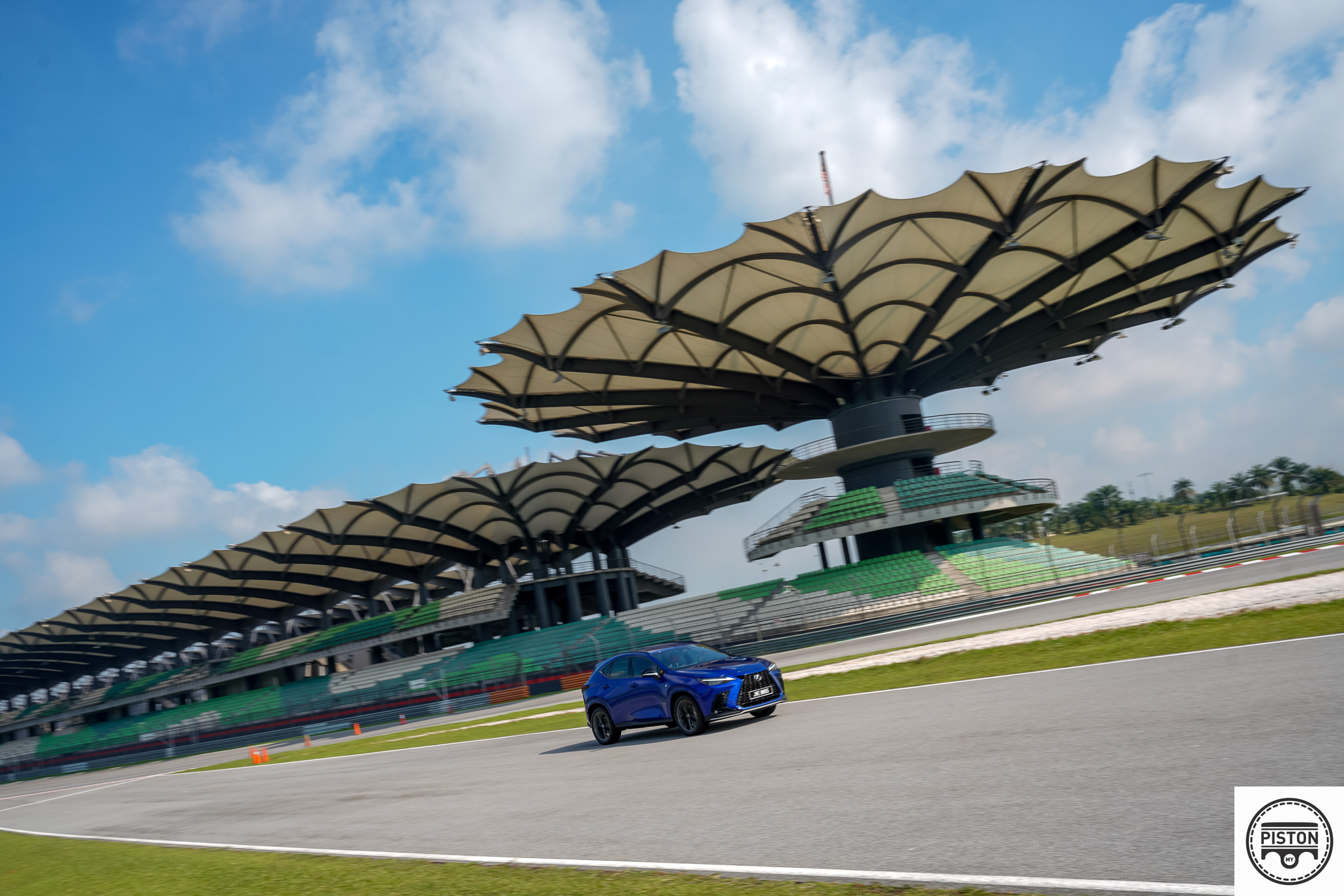
But in terms of driving the NX, there is one thing that it offers that just about anyone can appreciate is a good quiet interior. Lexus has achieved this by using Active Noise Cancellation technology that uses a microphone to detect unwanted noises then emits noise cancellation frequency to cancel out those unwanted noises through the speakers.
It is a simple yet ingenious technology that makes the car feel comfortable and reduces fatigue over long distances.
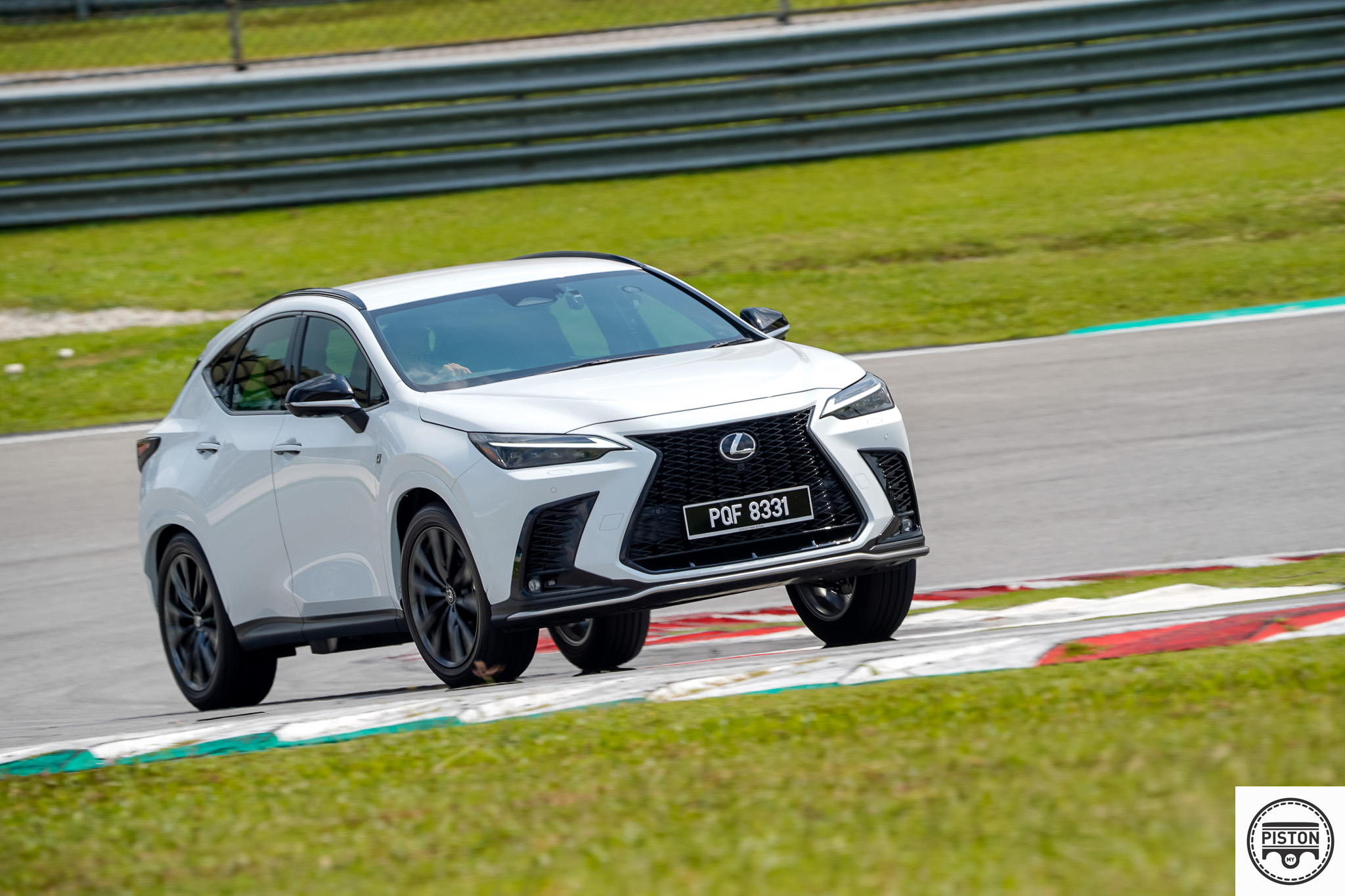
Making the Lexus NX 350 F-Sport even more appealing is the new colour variants. A total of eight new colours are available for the Lexus NX, including a new Sonic Chrome that Lexus says is the flagship colour for the new NX, while the F-Sport variant gets two exclusive colours.
Interior colours are limited to just black and dark rose, while the luxury variant gets a new hazel interior. F-Sport owners will get the option of a black or a flare red interior.
The Lexus NX has matured to be an impressive mid-sized SUV that will appeal to those who want a good looking SUV without the pomp and glamour of a BMW or a Mercedes.
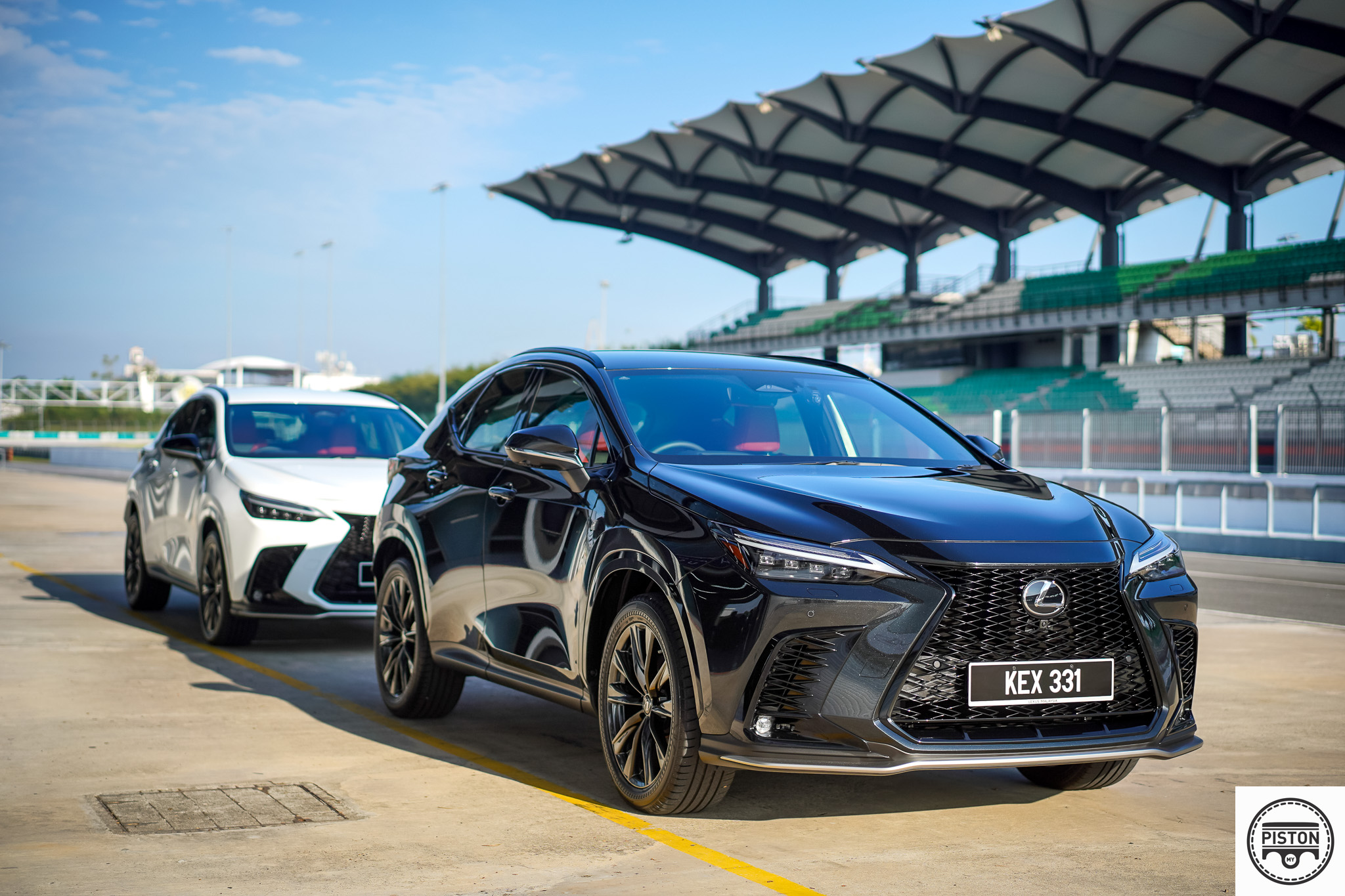
It comes with the well-known reliability as well as the legendary after-sales service Lexus is known for.
The new Lexus NX doesn’t seem to have put a wheel wrong in any direction, but if there’s one thing that is a thorn on the side of Lexus Malaysia that would be the grey market.
If you are thinking that you could buy a new Lexus NX 350 in the grey market for cheaper, you would be right. But you would be missing out on the official after sales service and all the luxuries a Lexus centre has to offer. And that would be missing out on a huge chunk of the Lexus experience that the brand is so well known for.
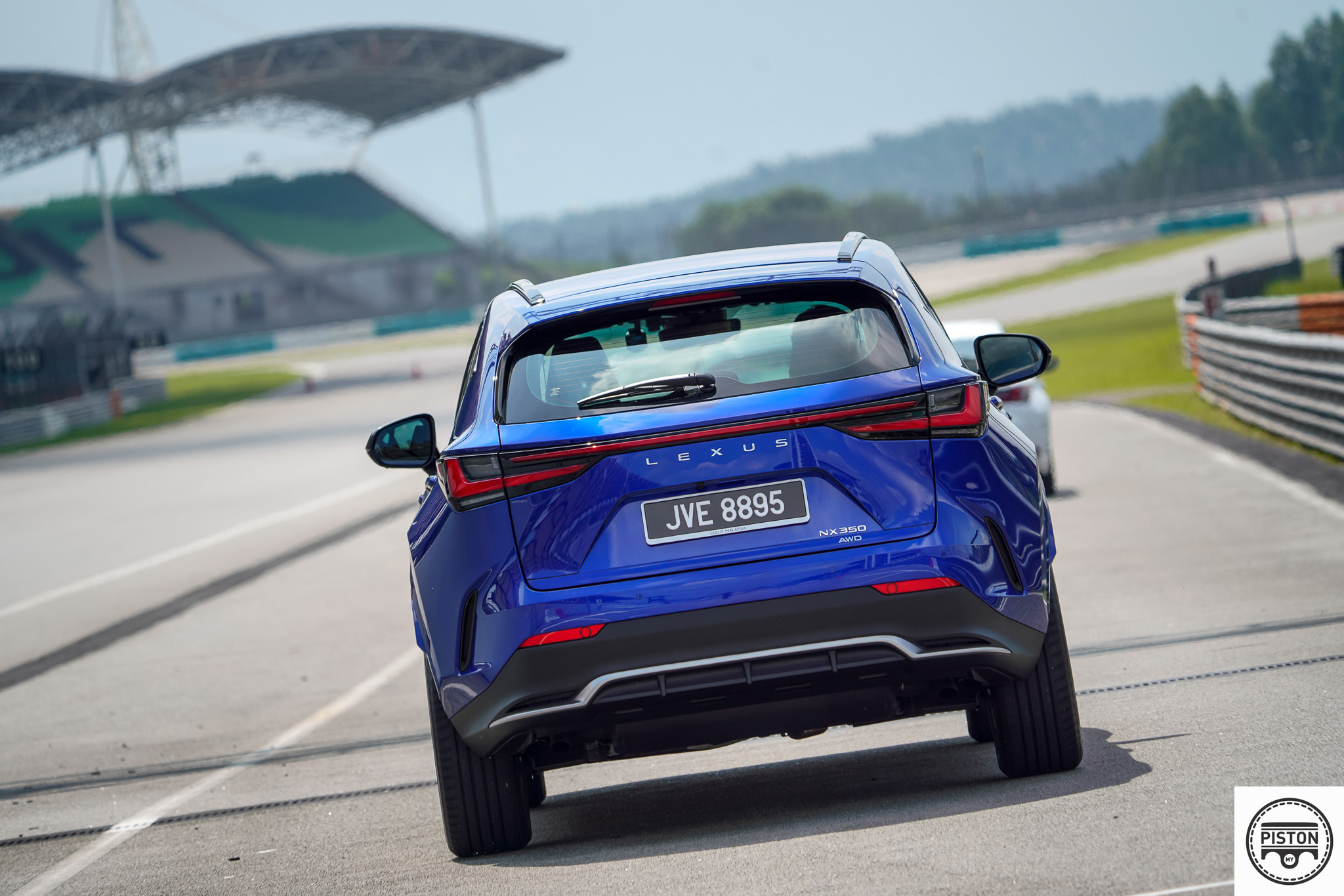
Lets not forget, buying and driving a Lexus is just one half of the car, while enjoying the luxurious after sales service Lexus offers is the other half. Why miss out on the other half by buying a Lexus on the grey market?
The Lexus NX 350 F-Sport is now available for booking in Malaysia for RM389,888 for the F-Sport variant while the Luxury variant is priced at RM370,888 on the road without insurance.
